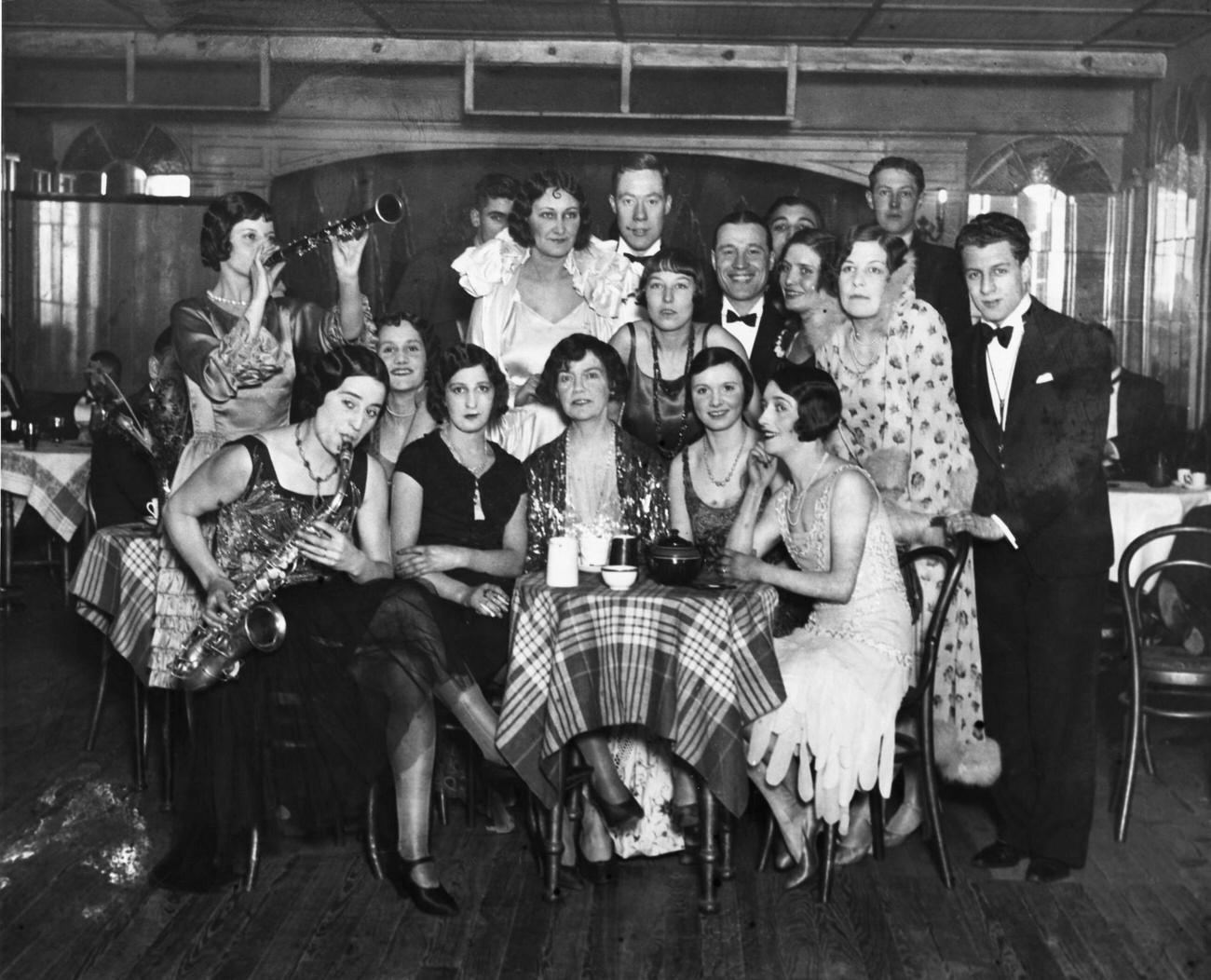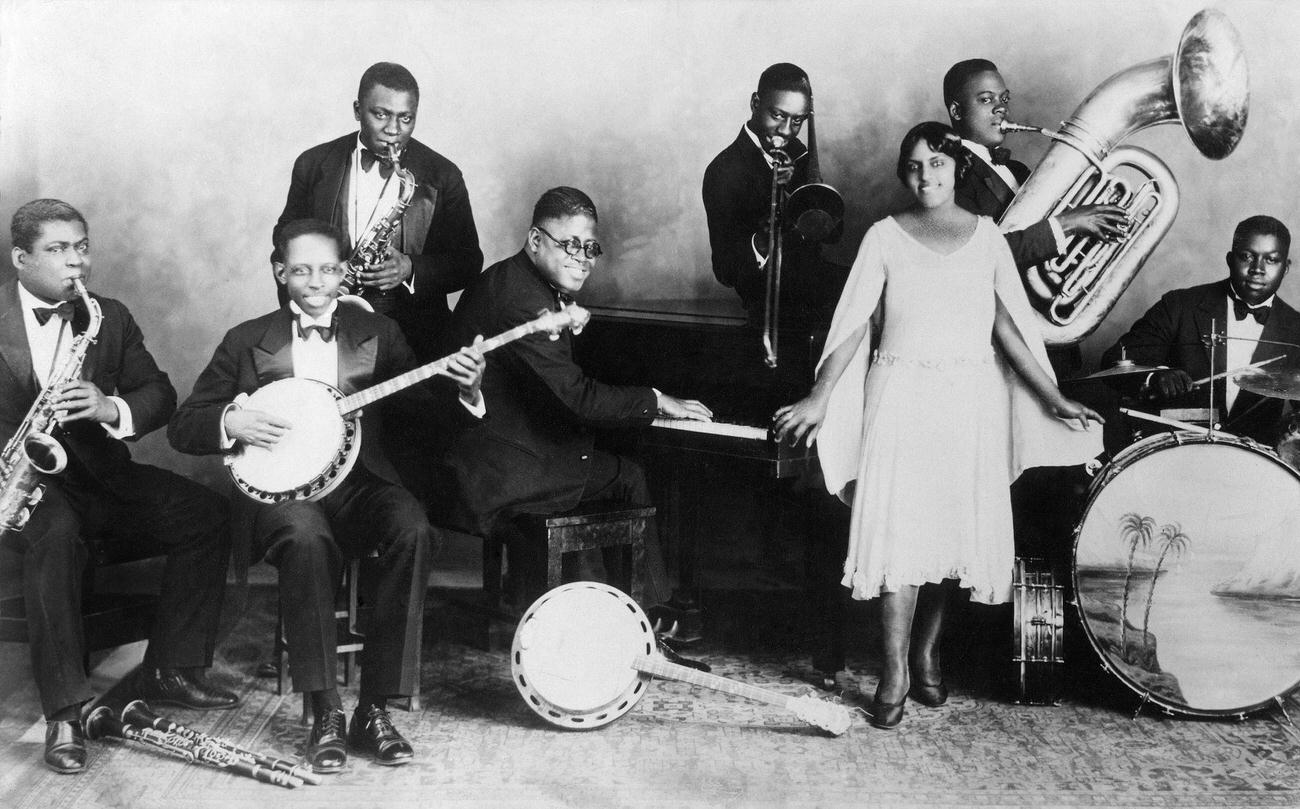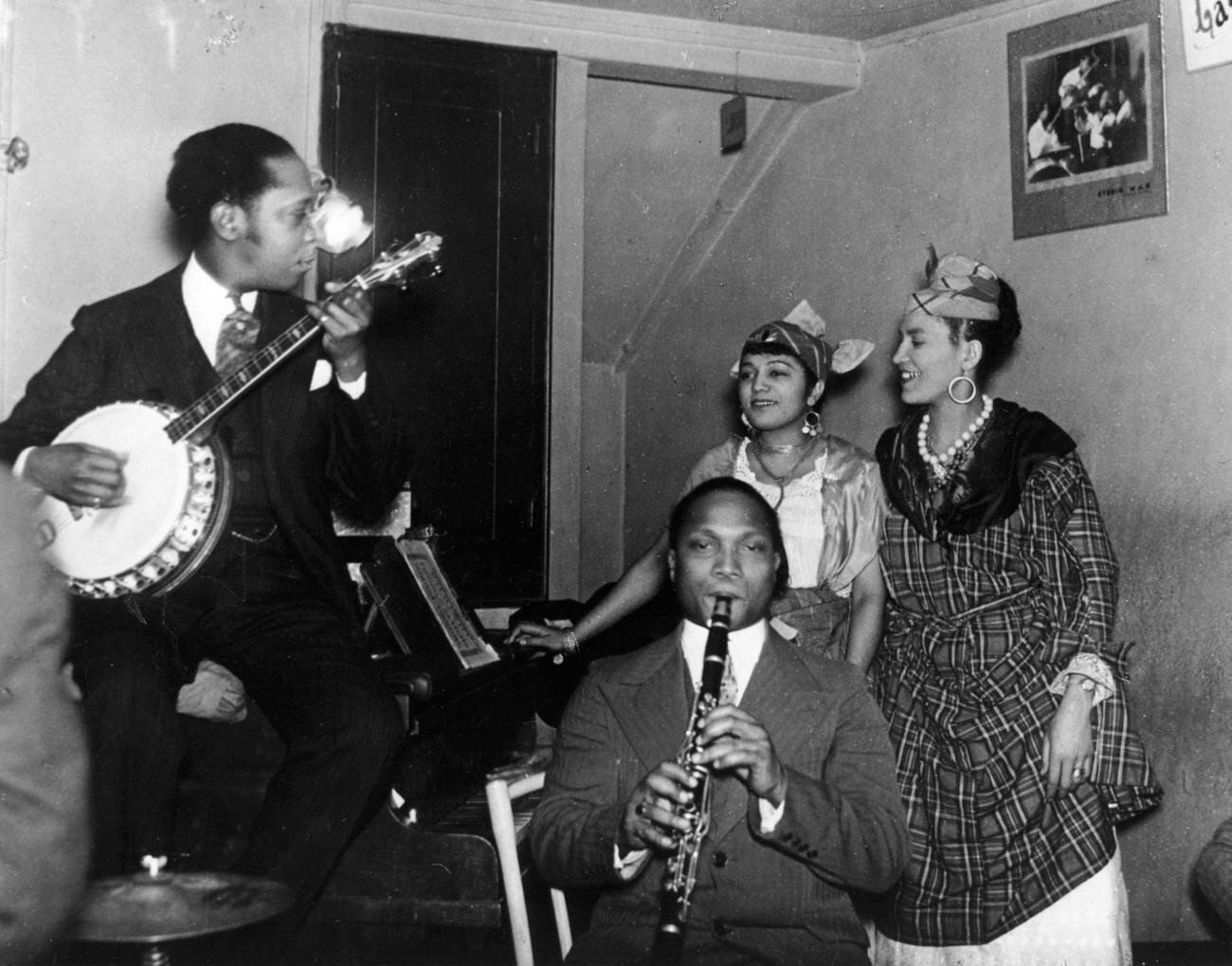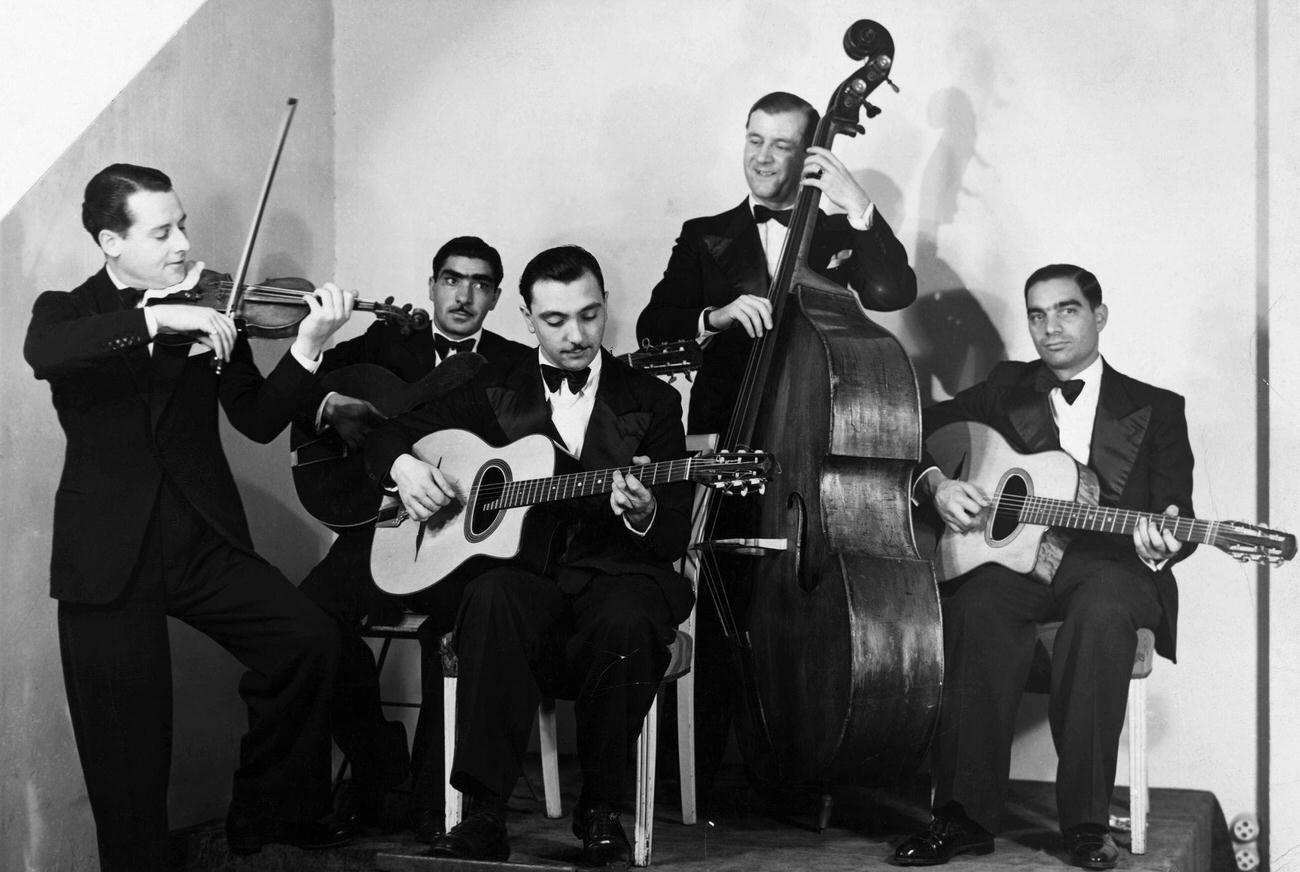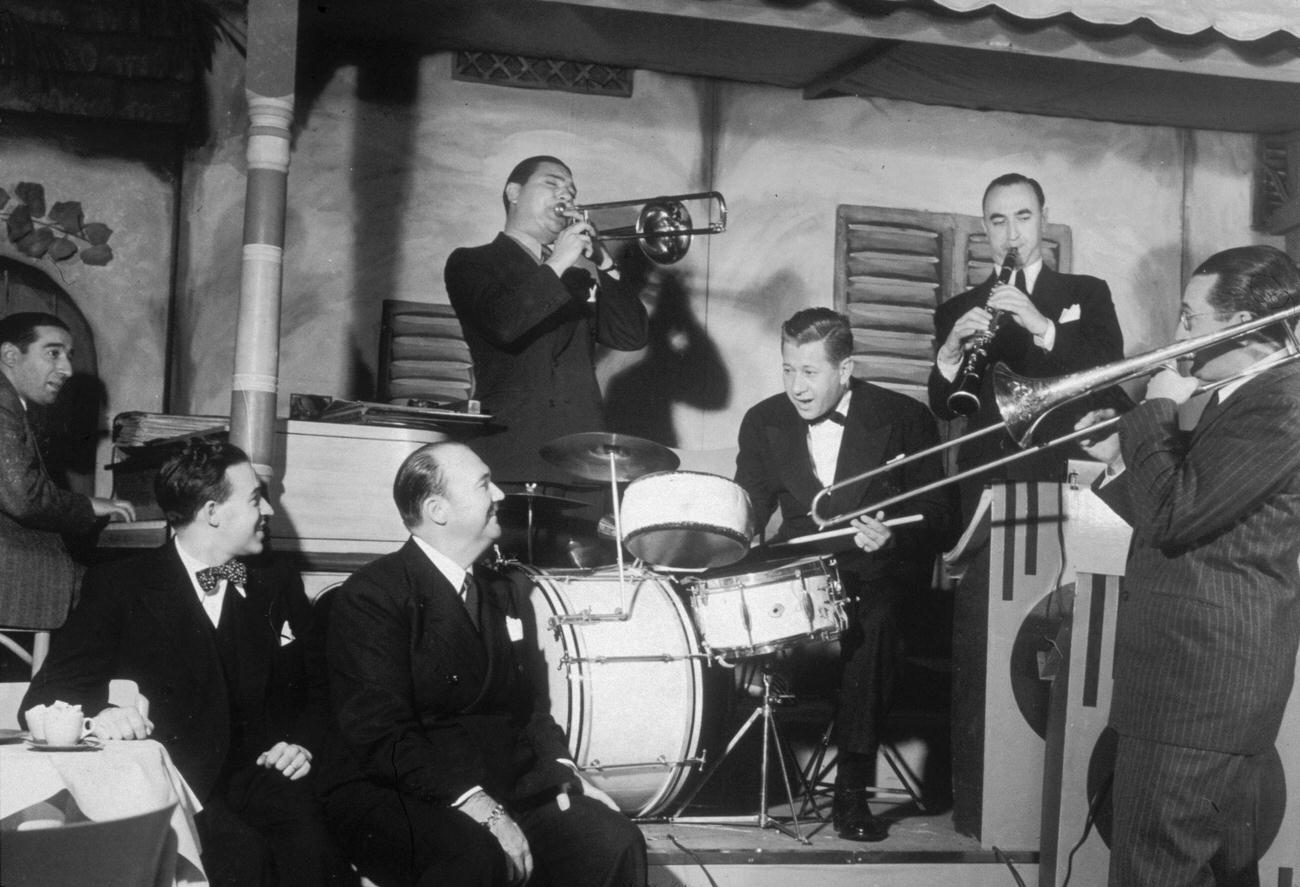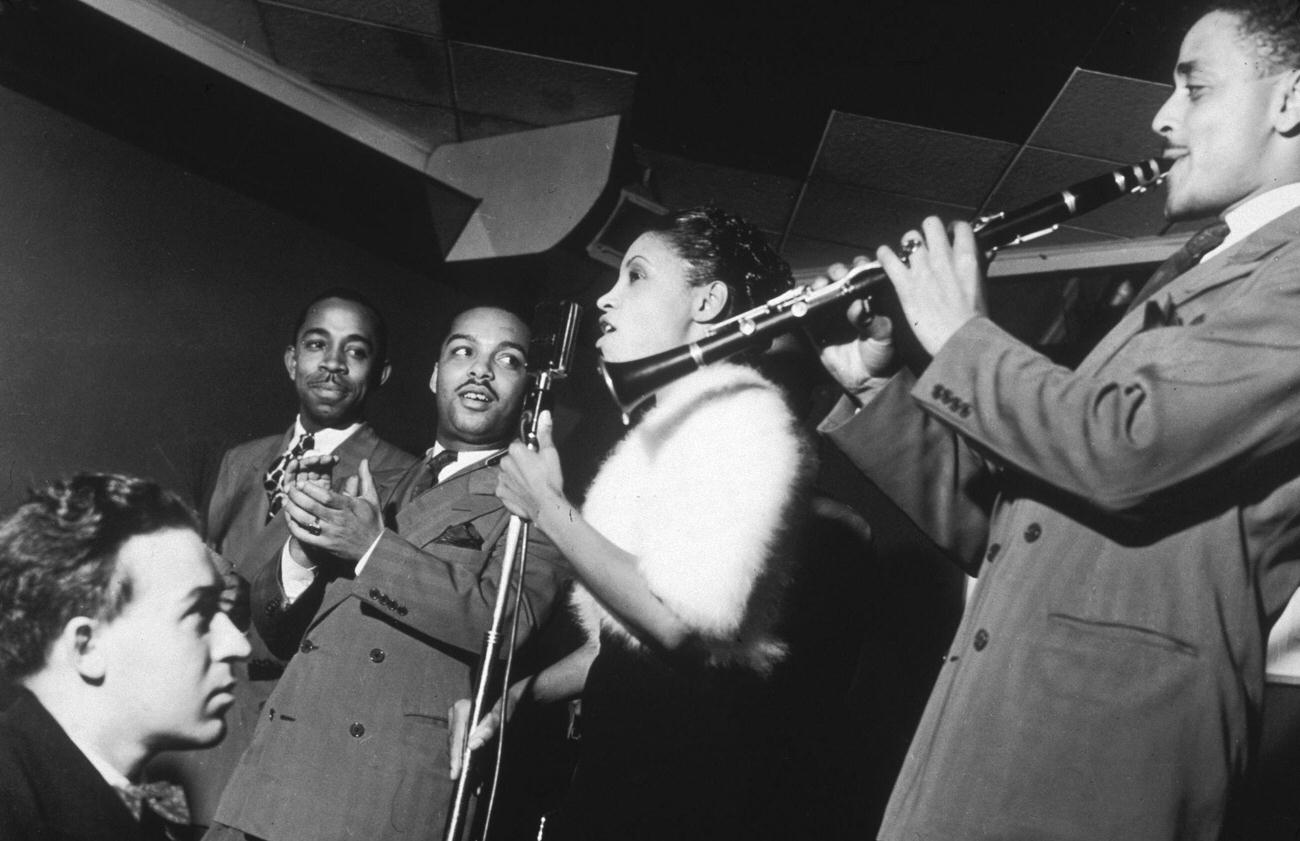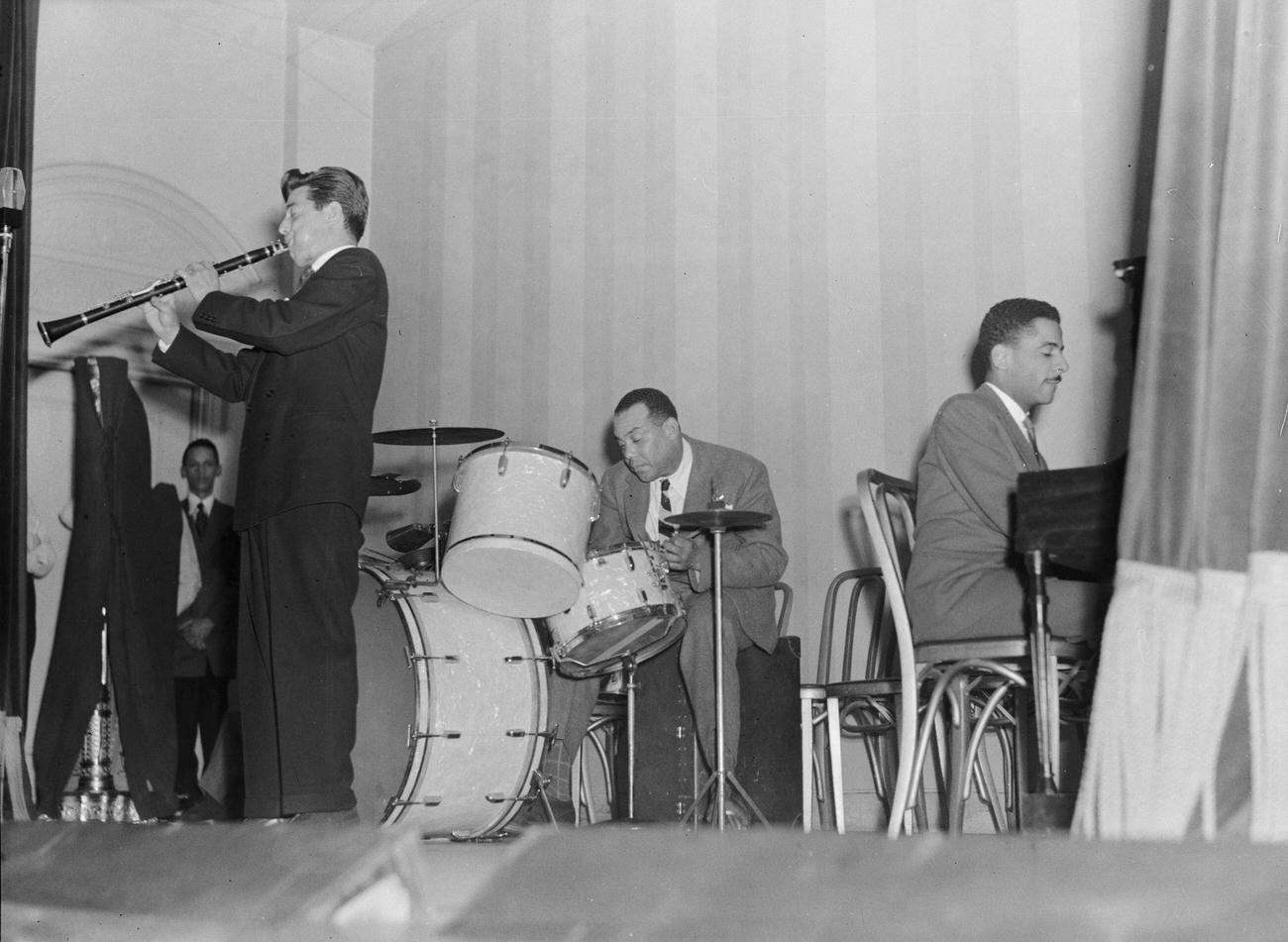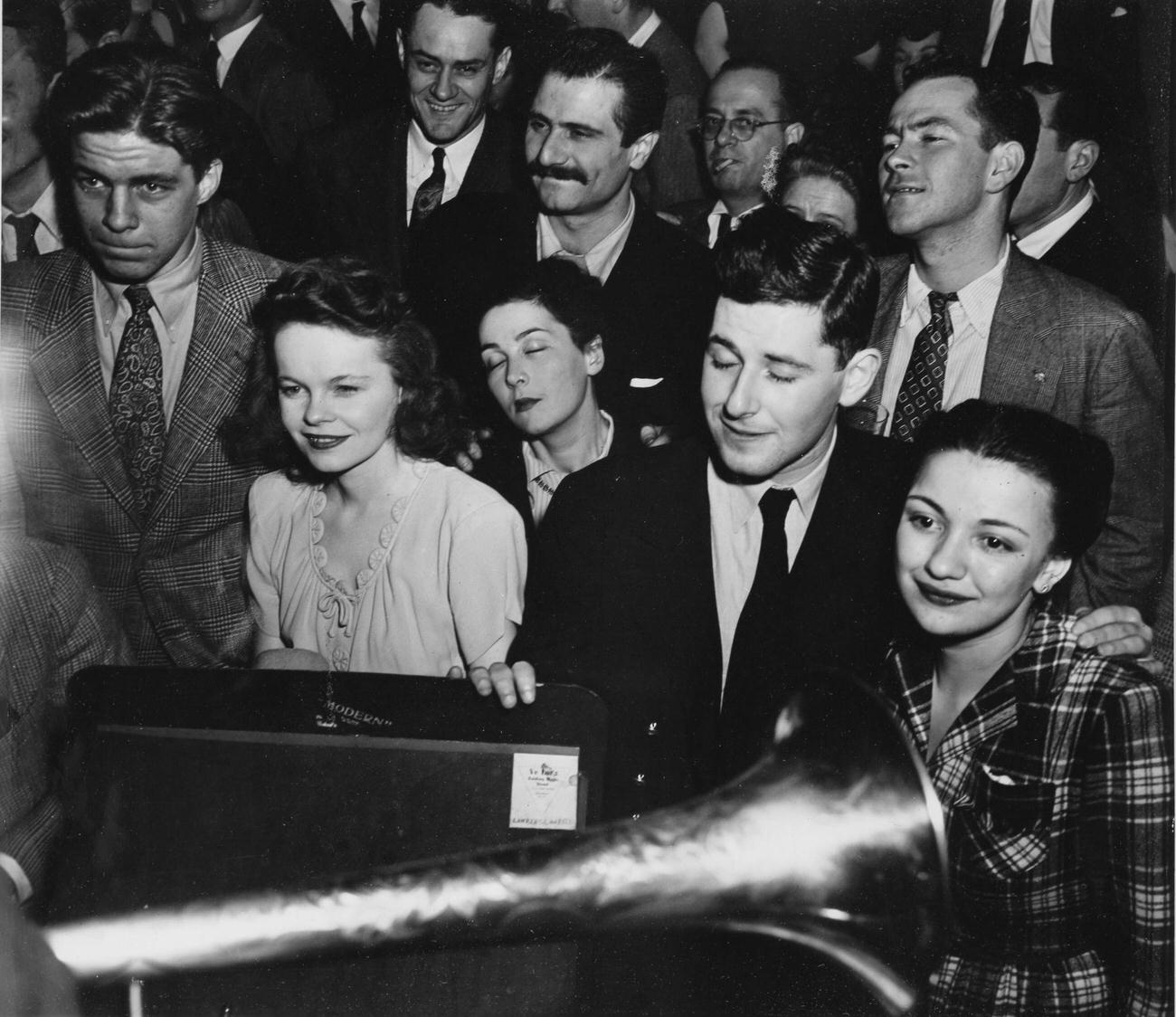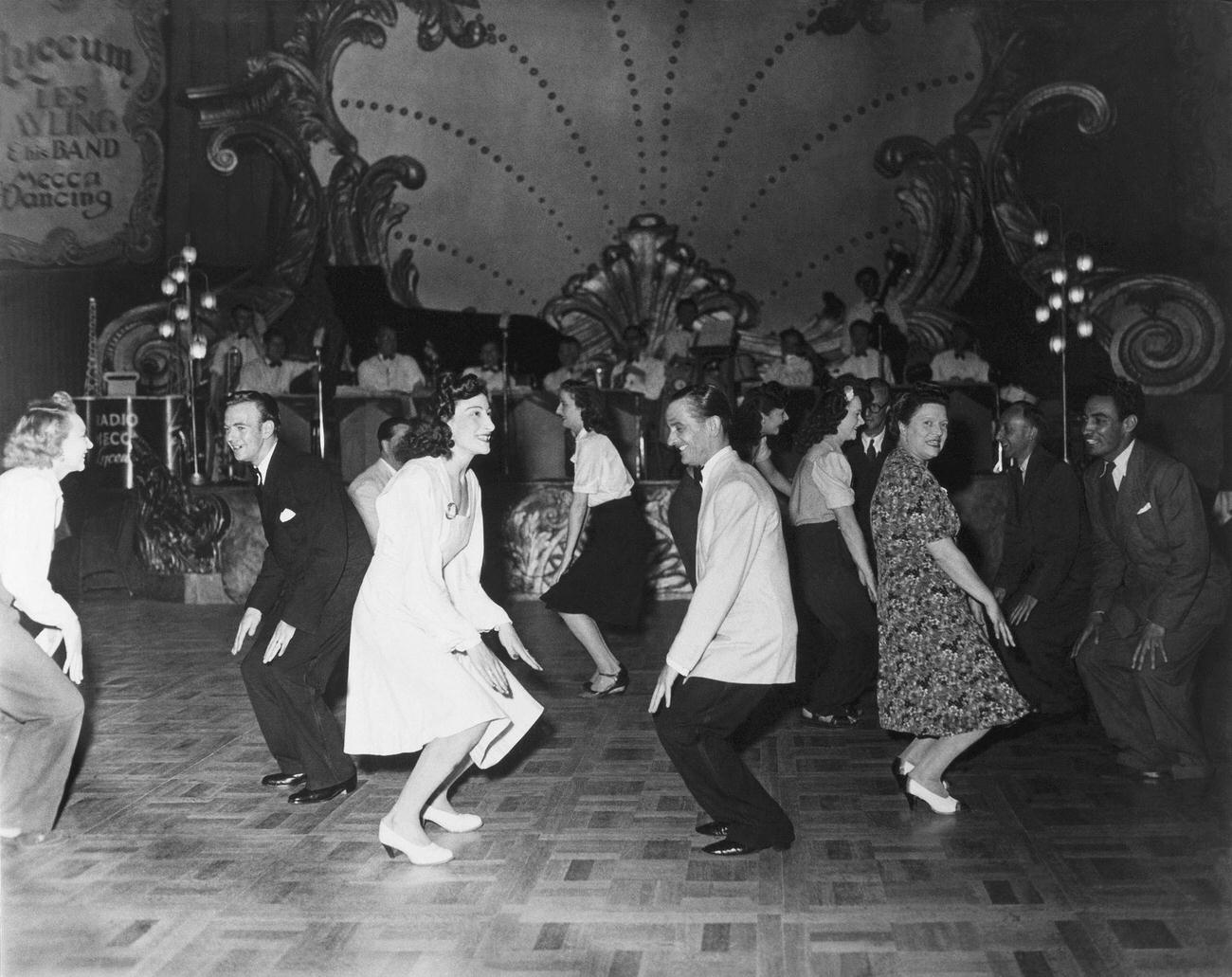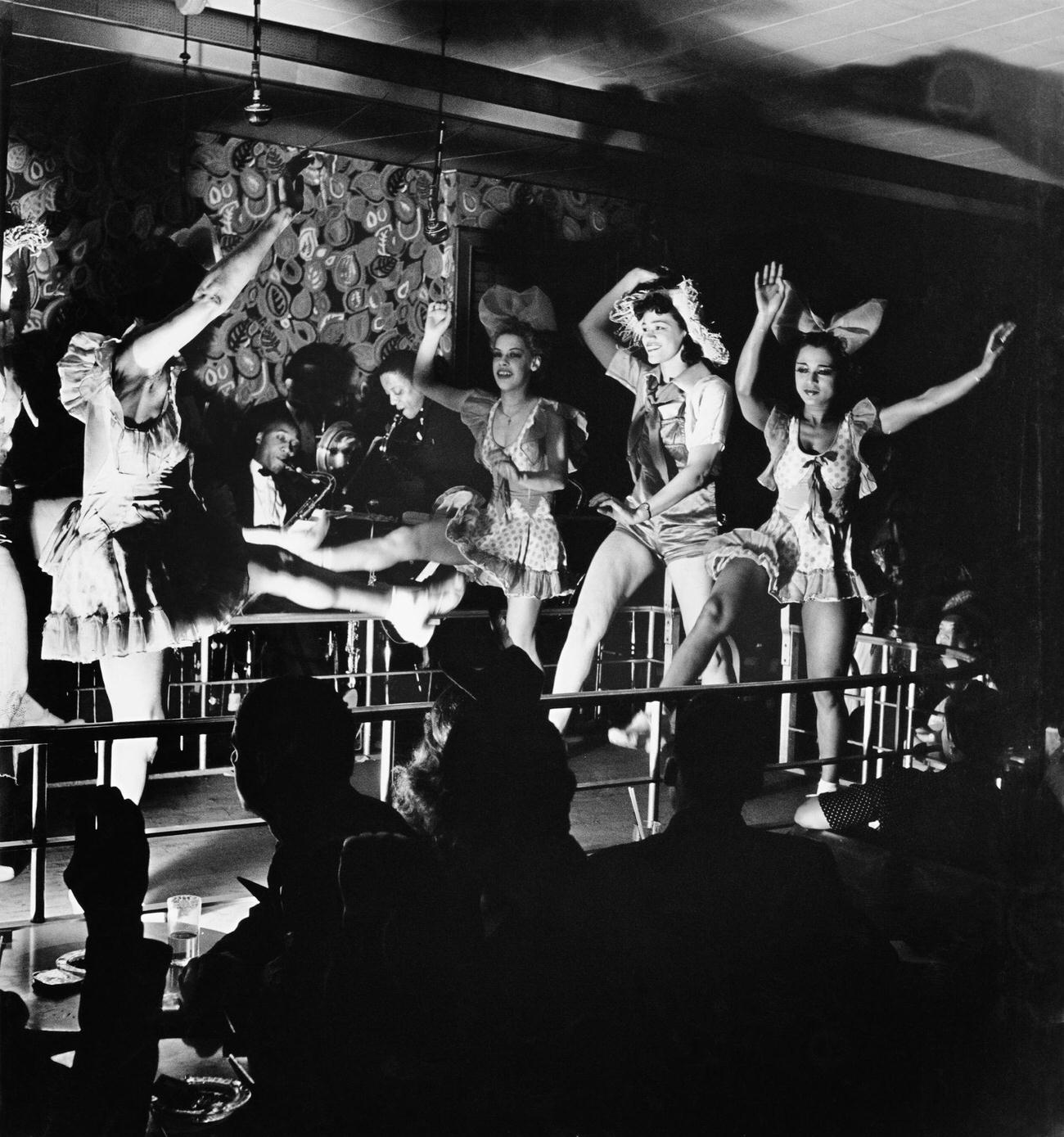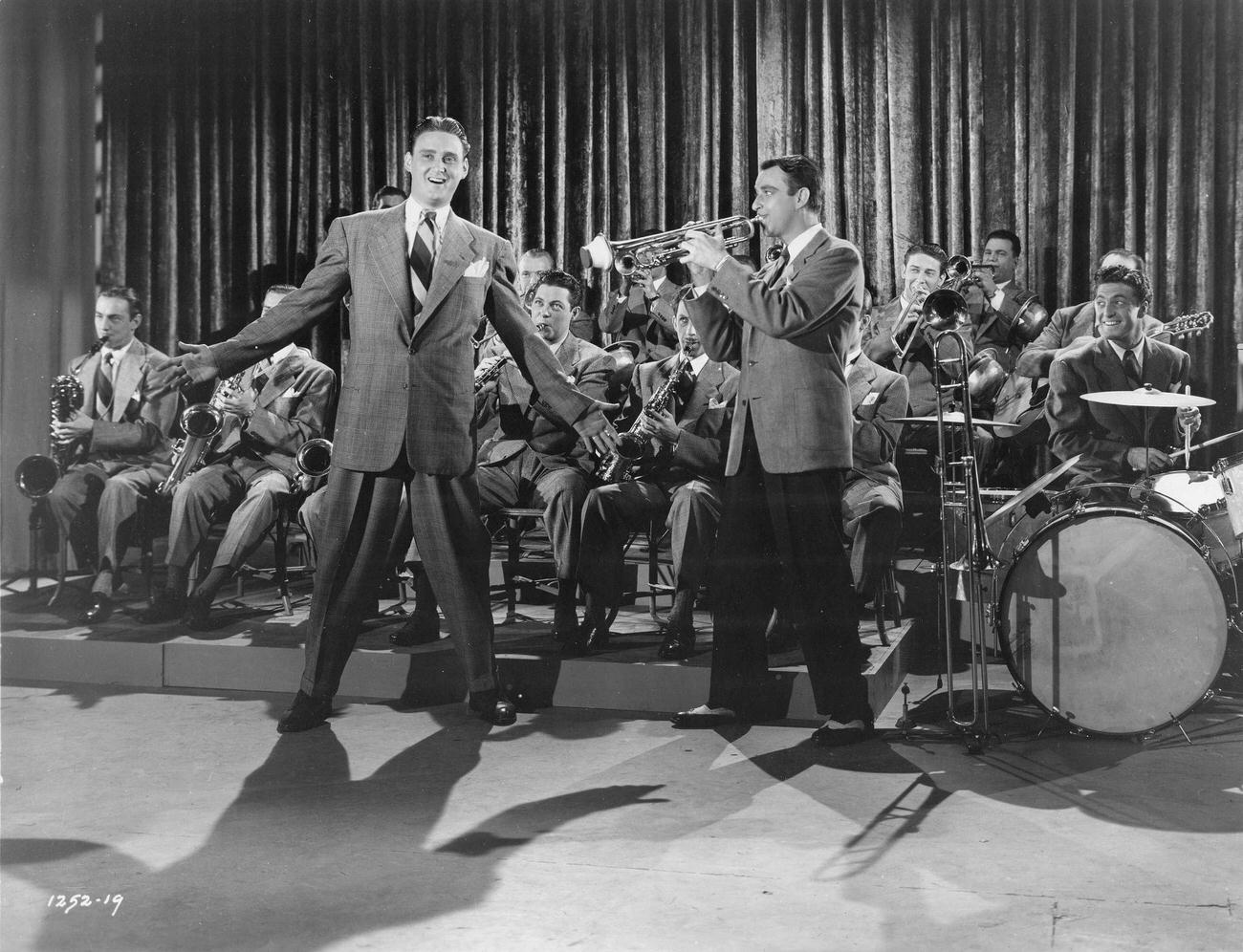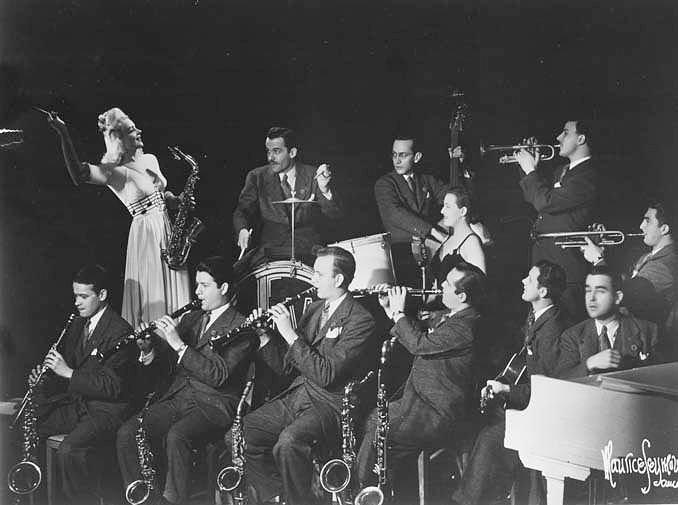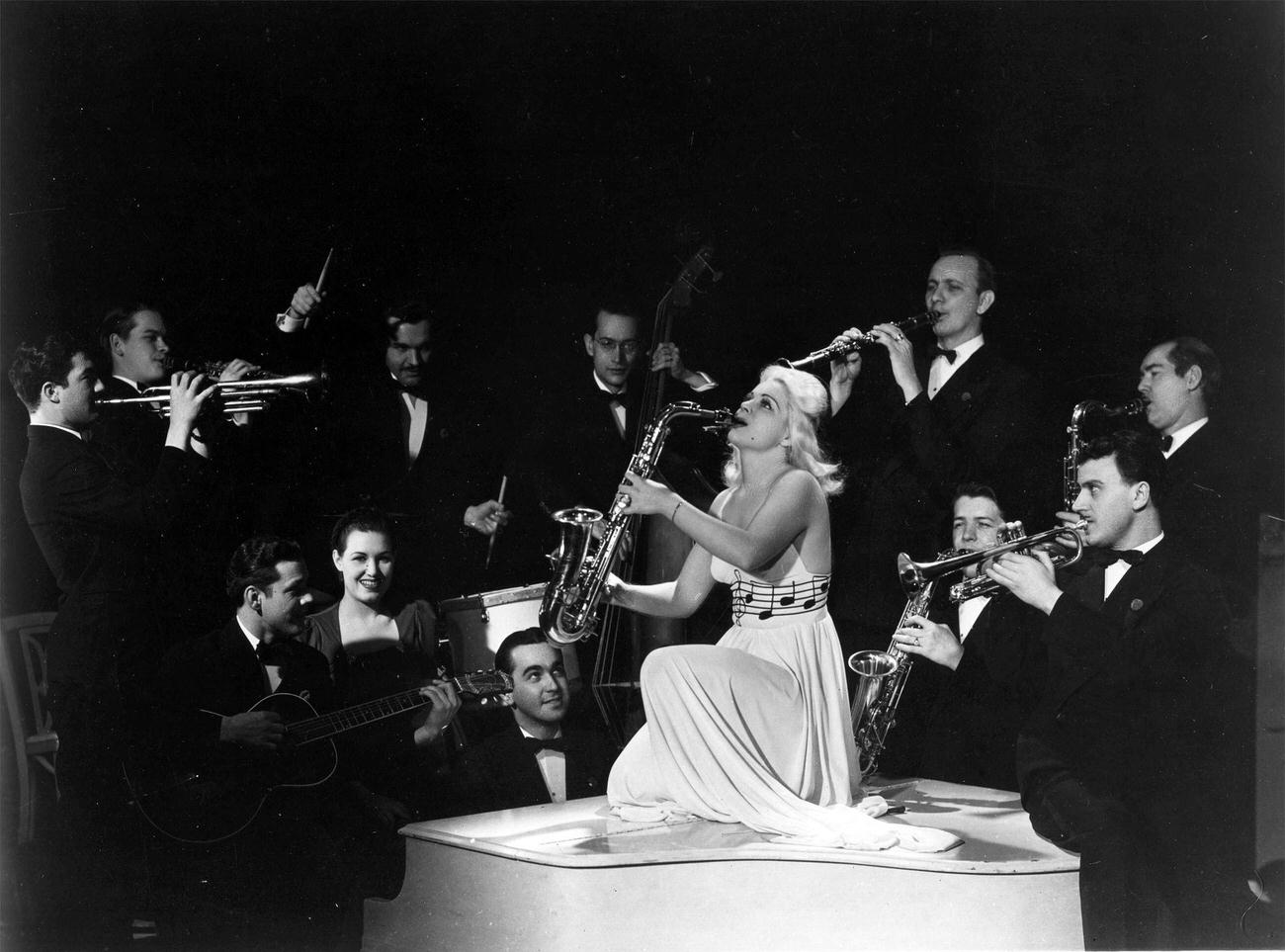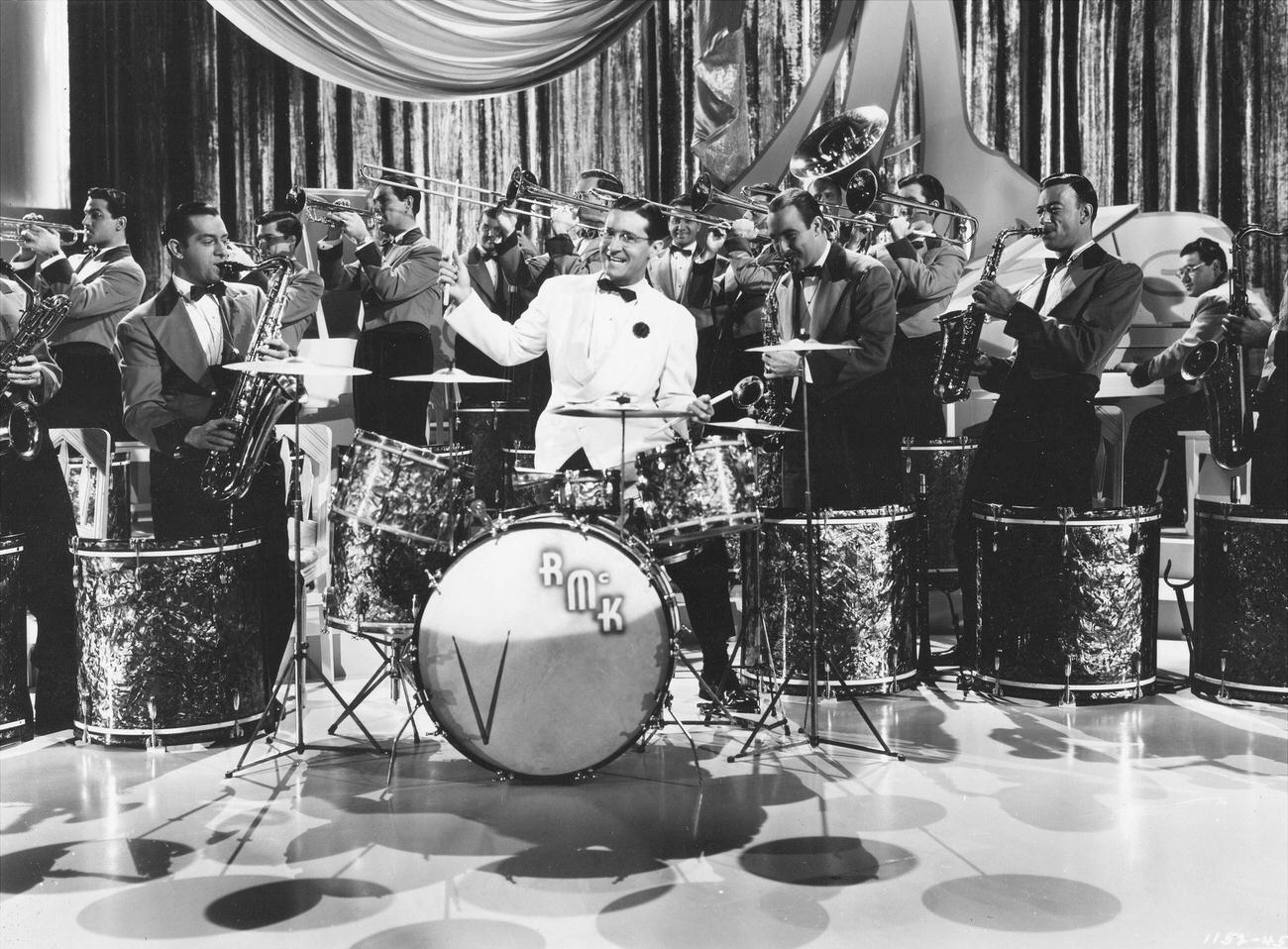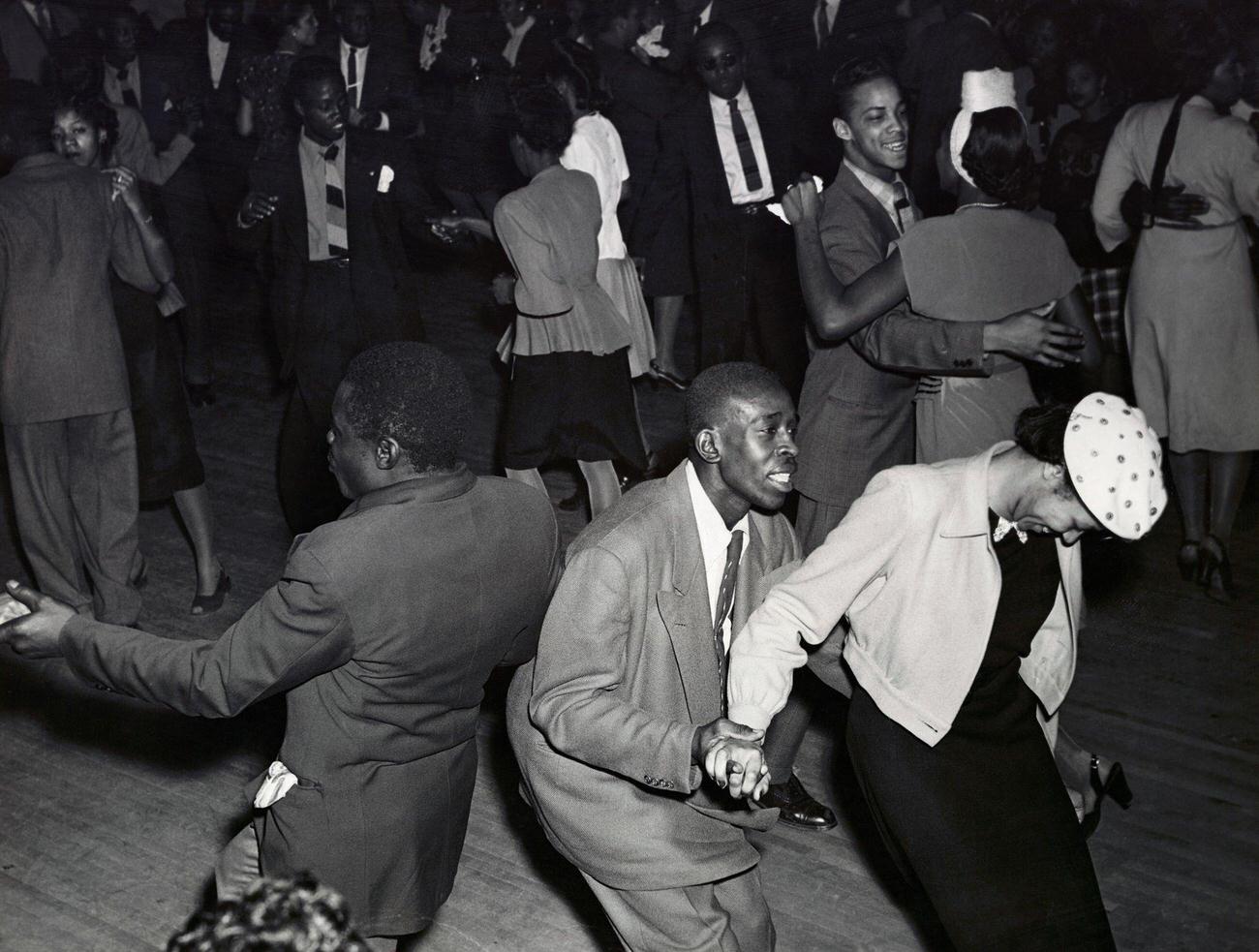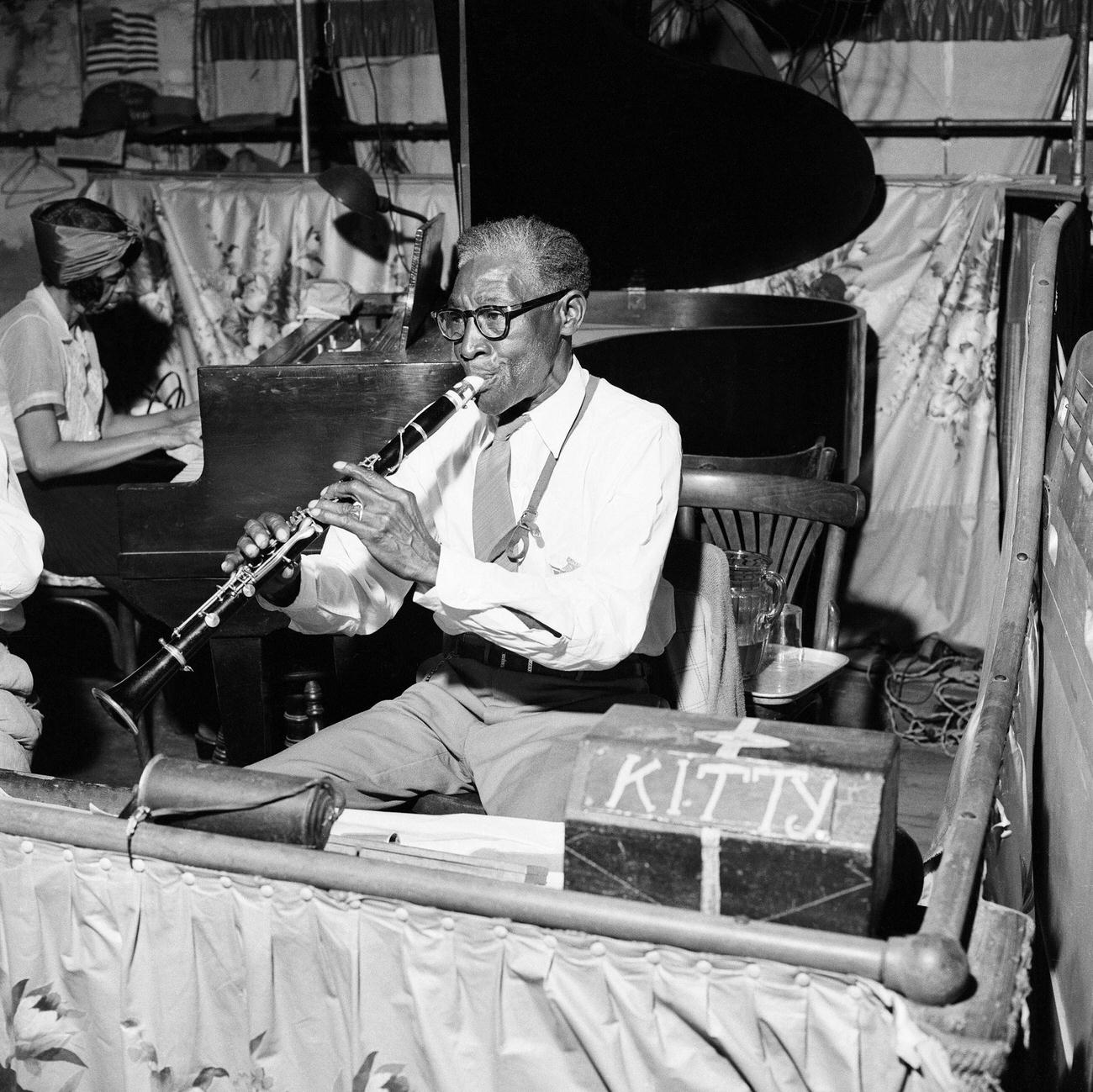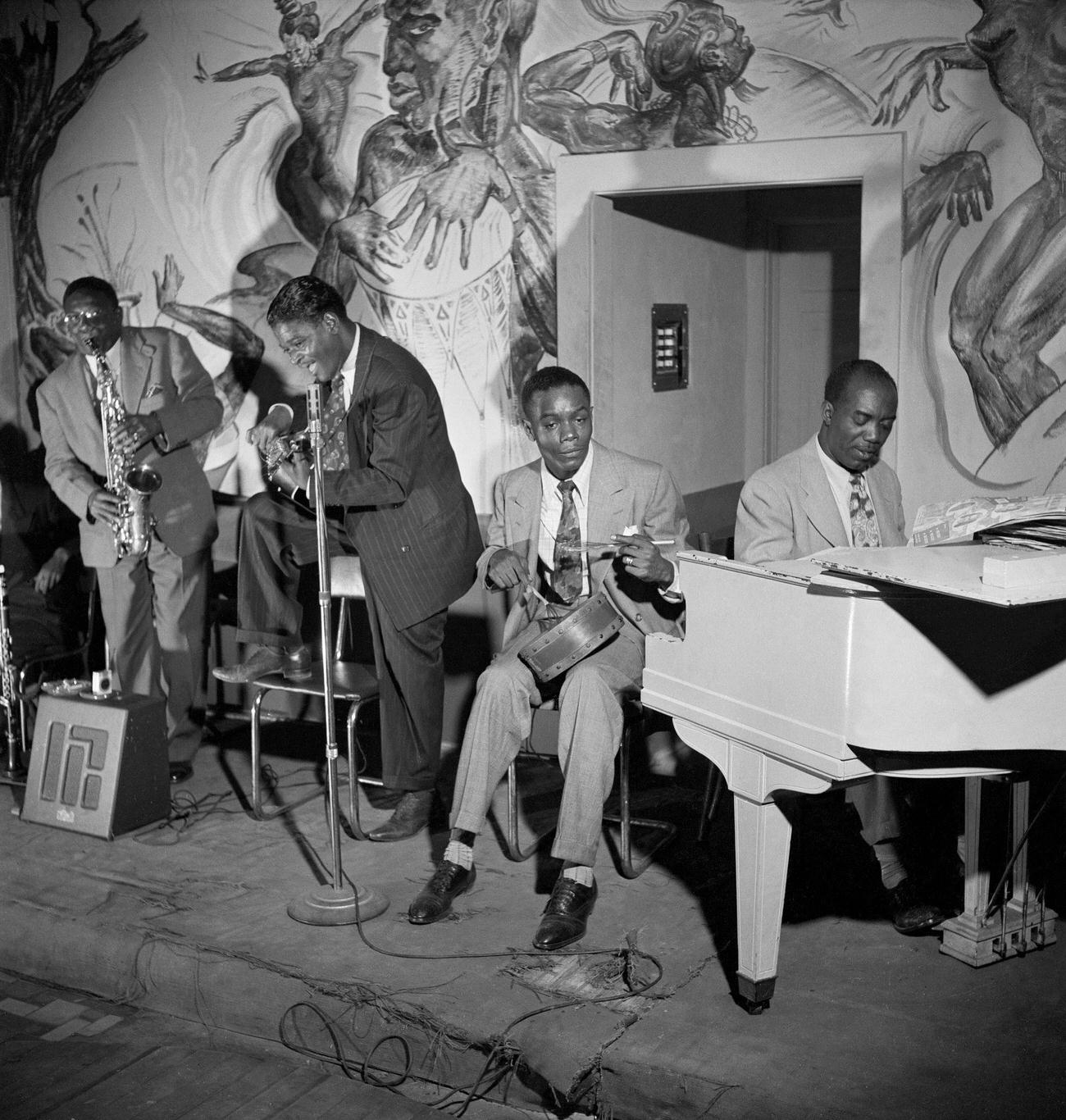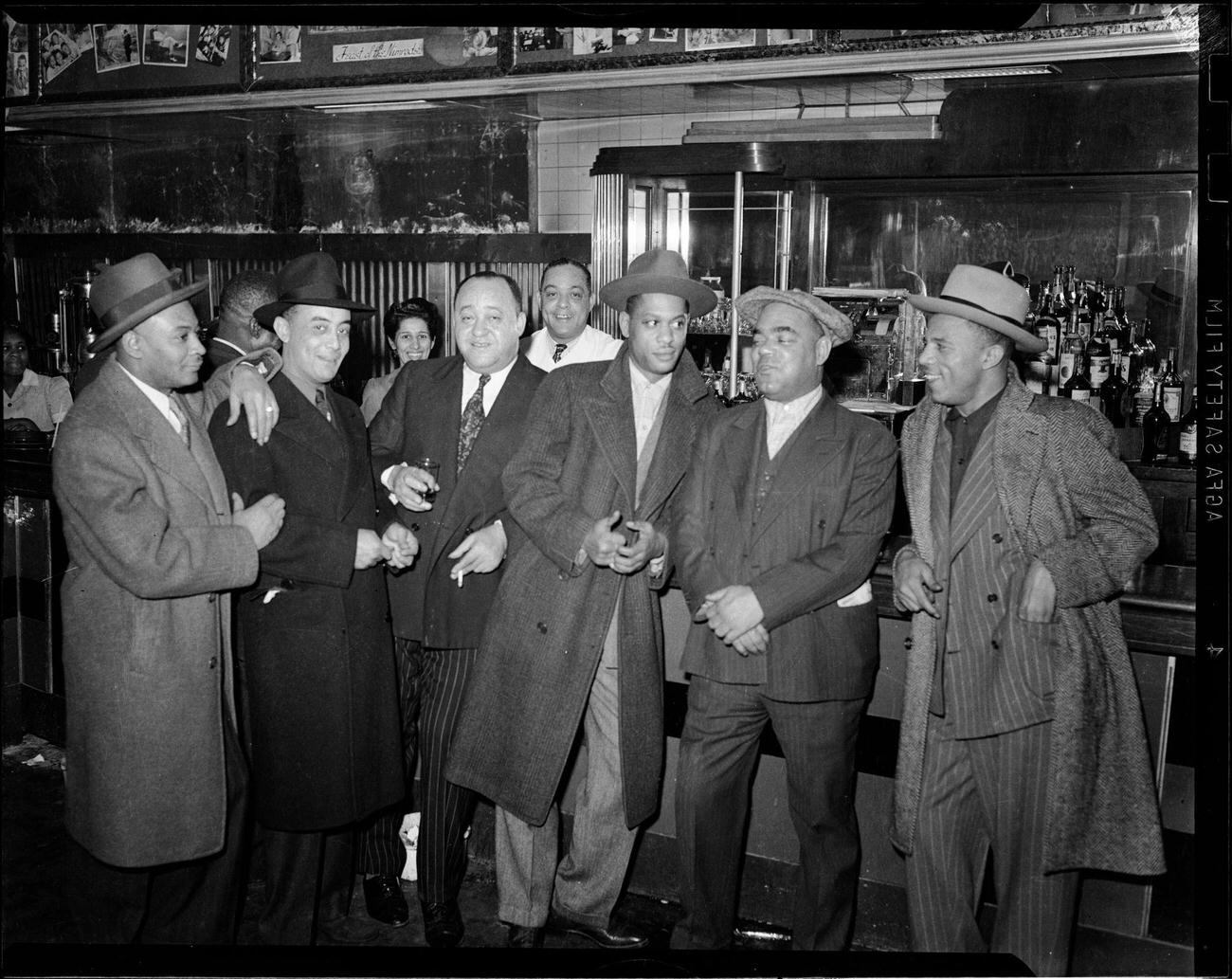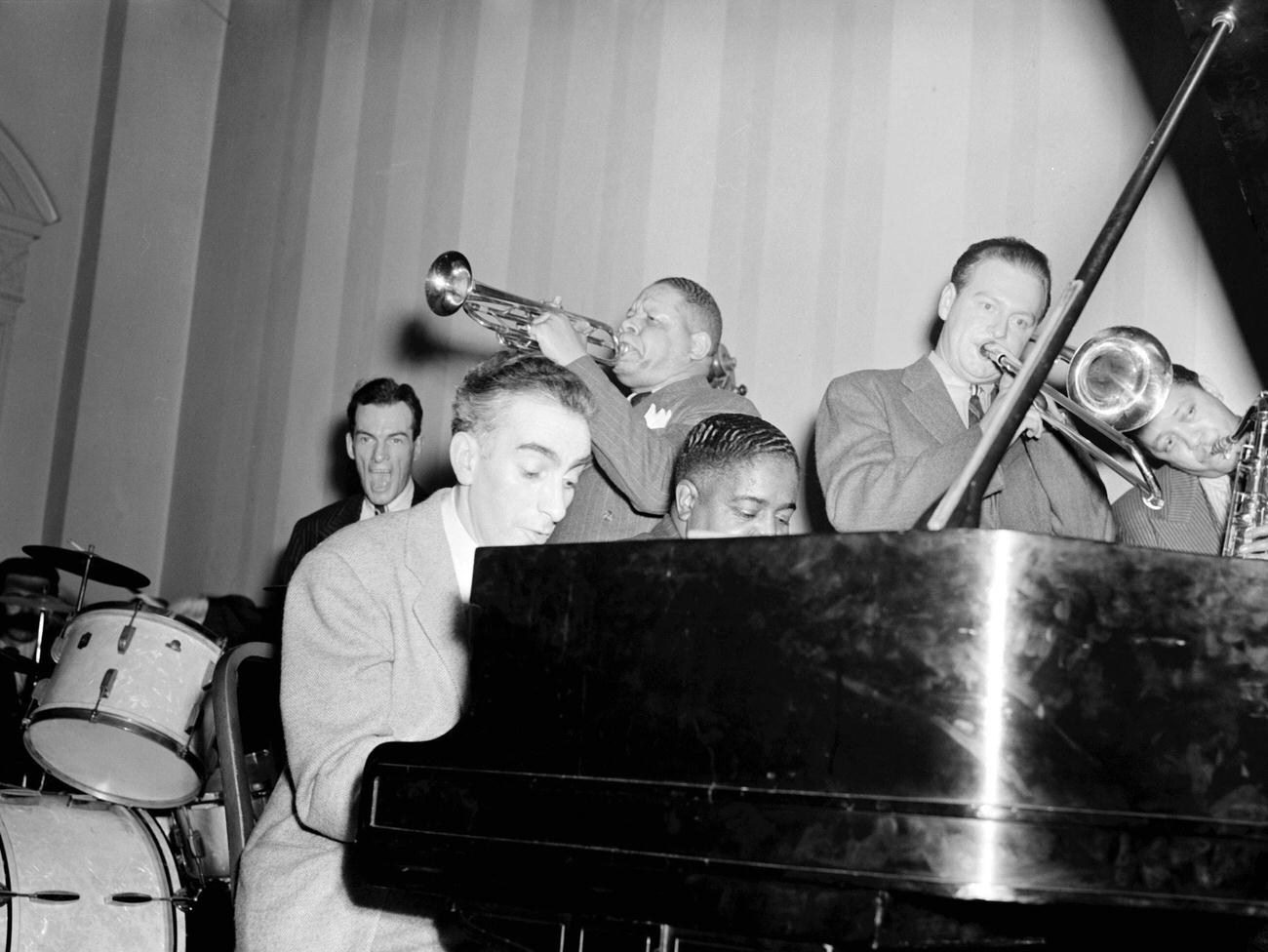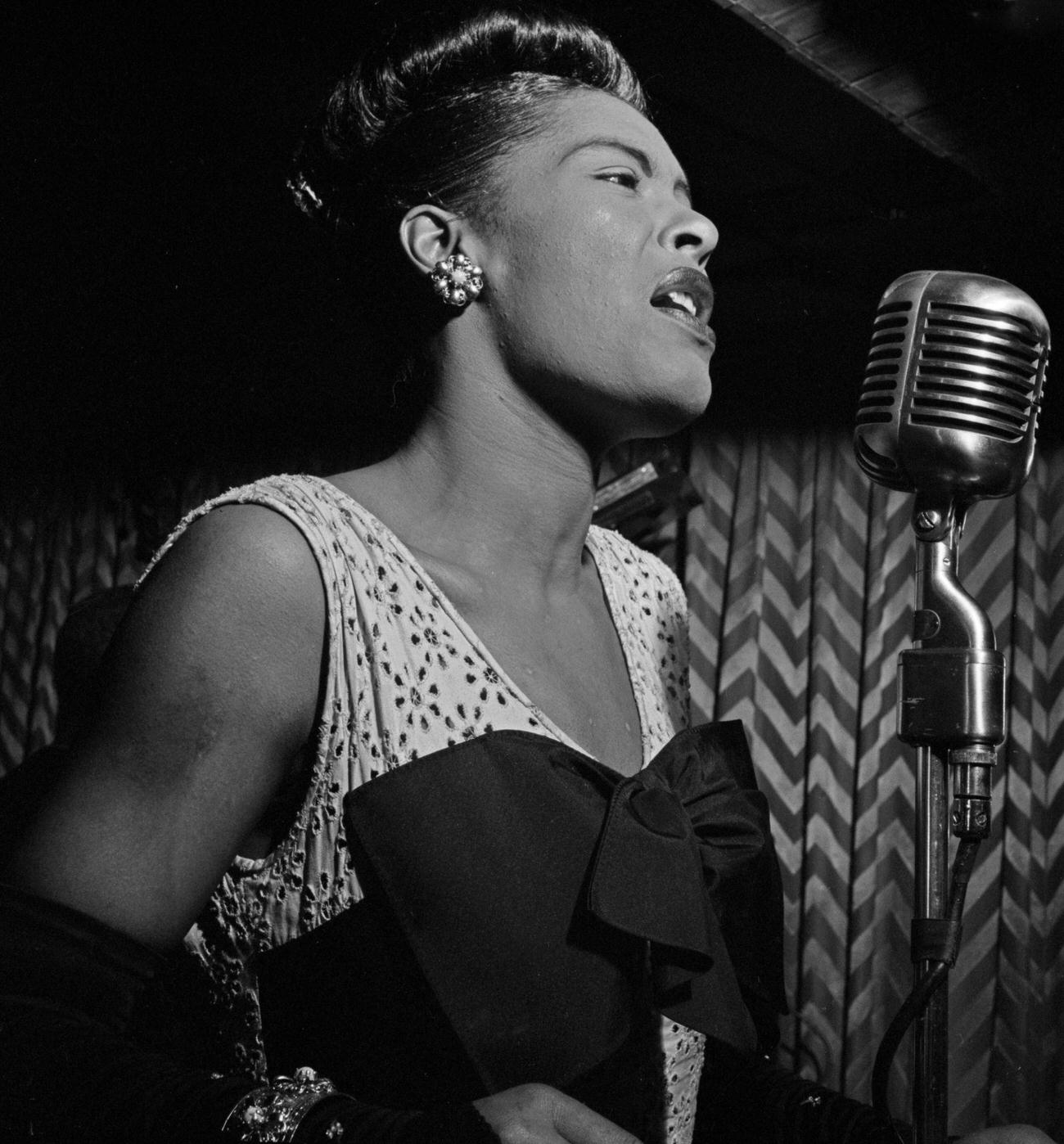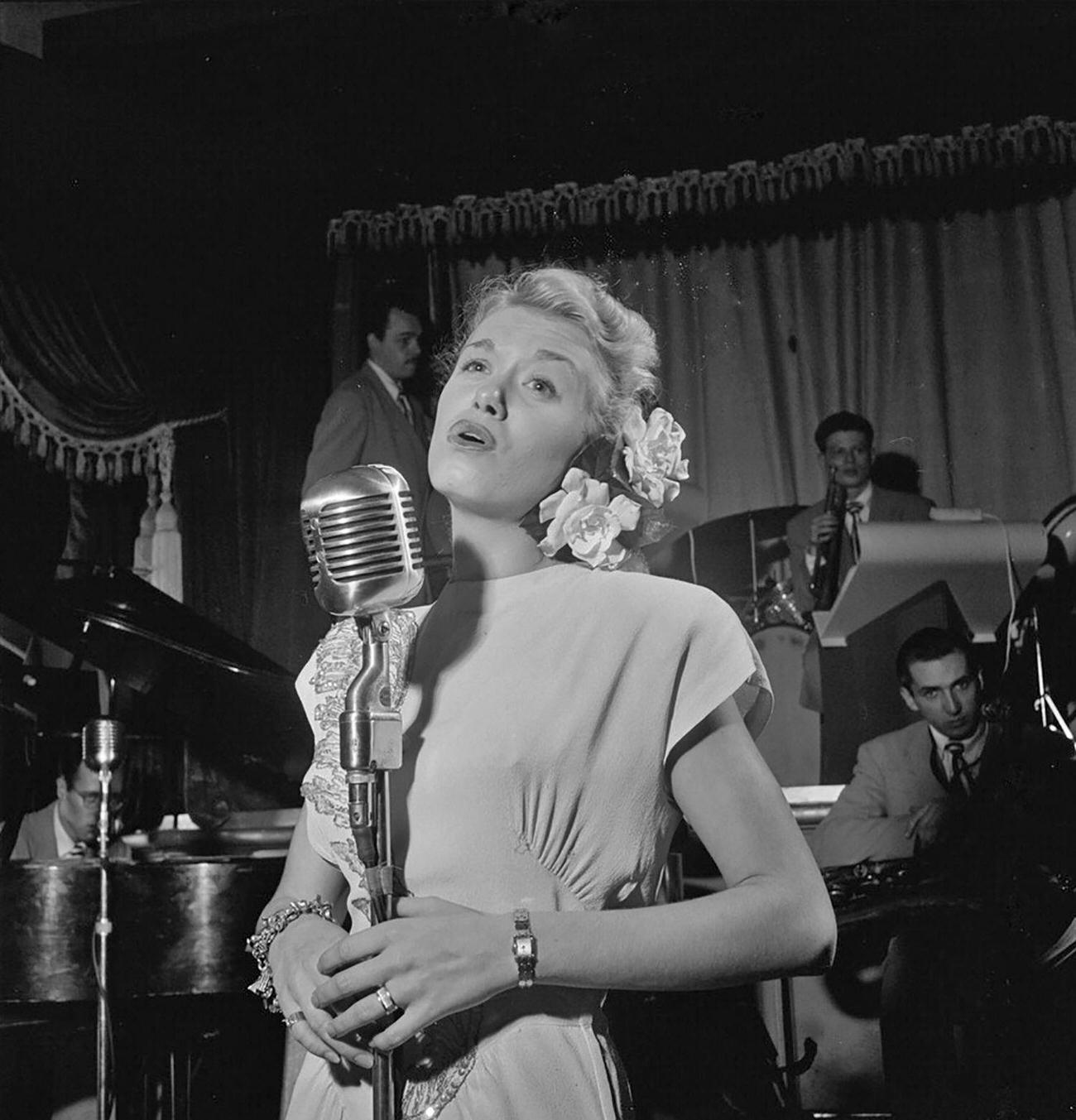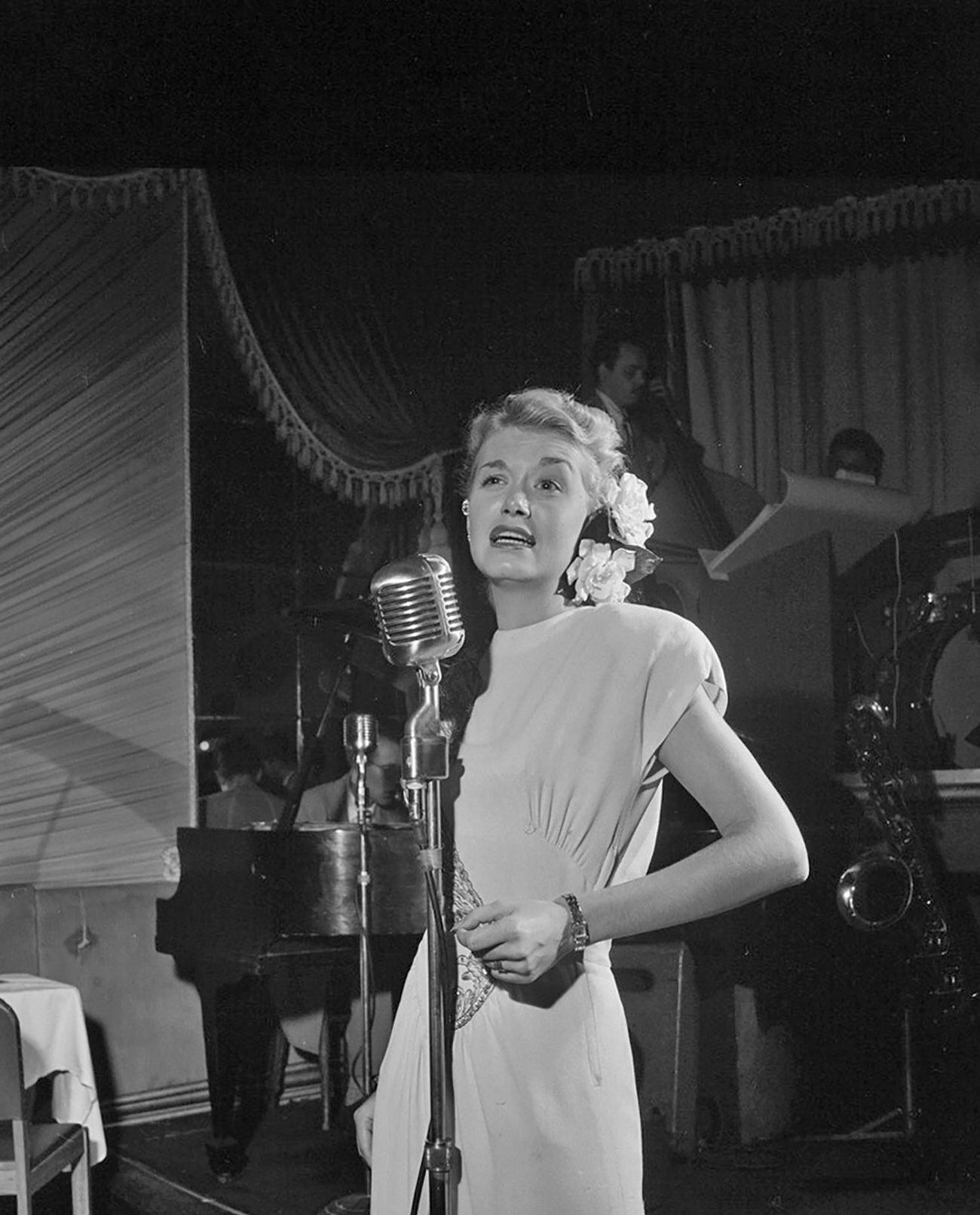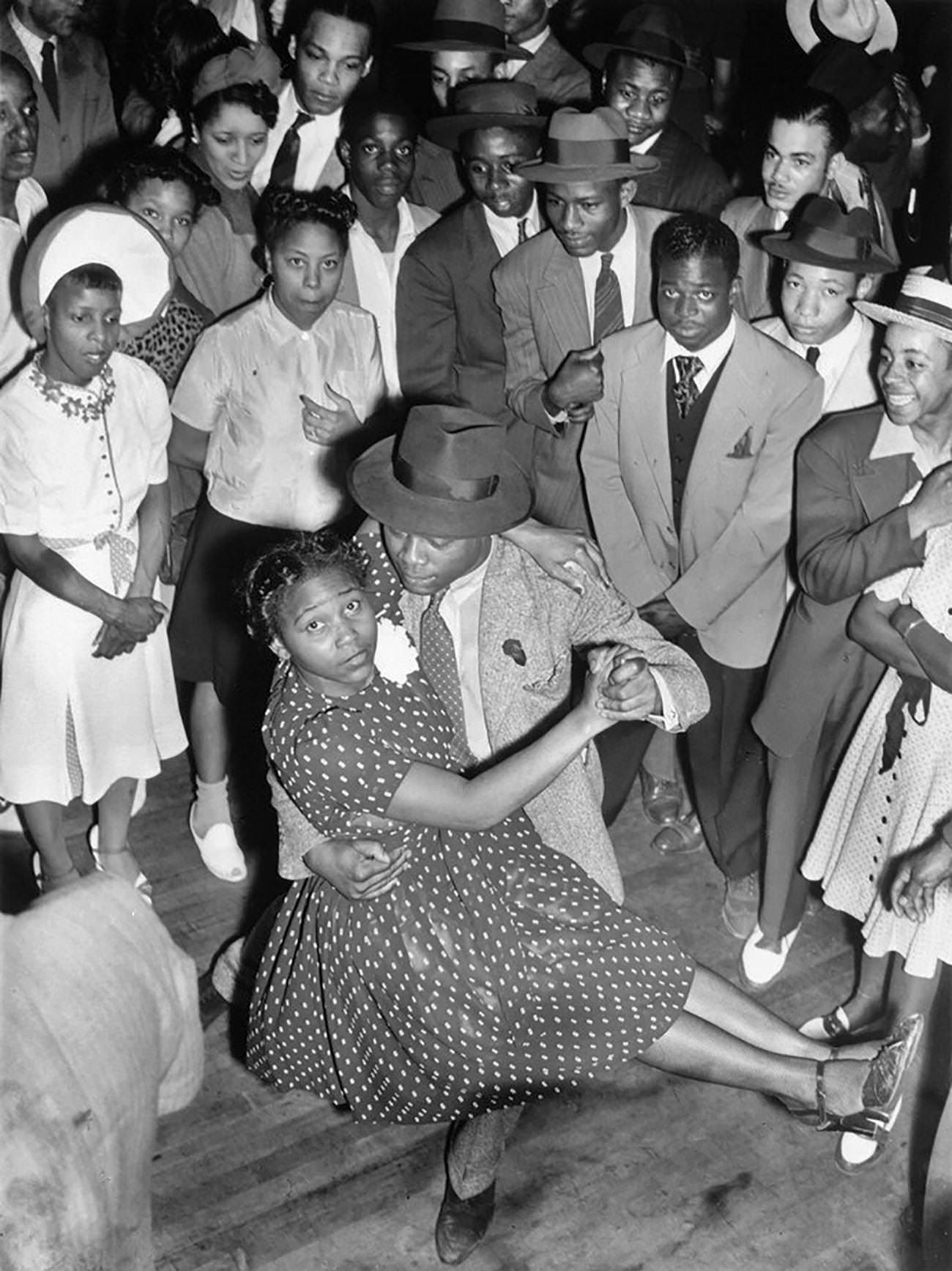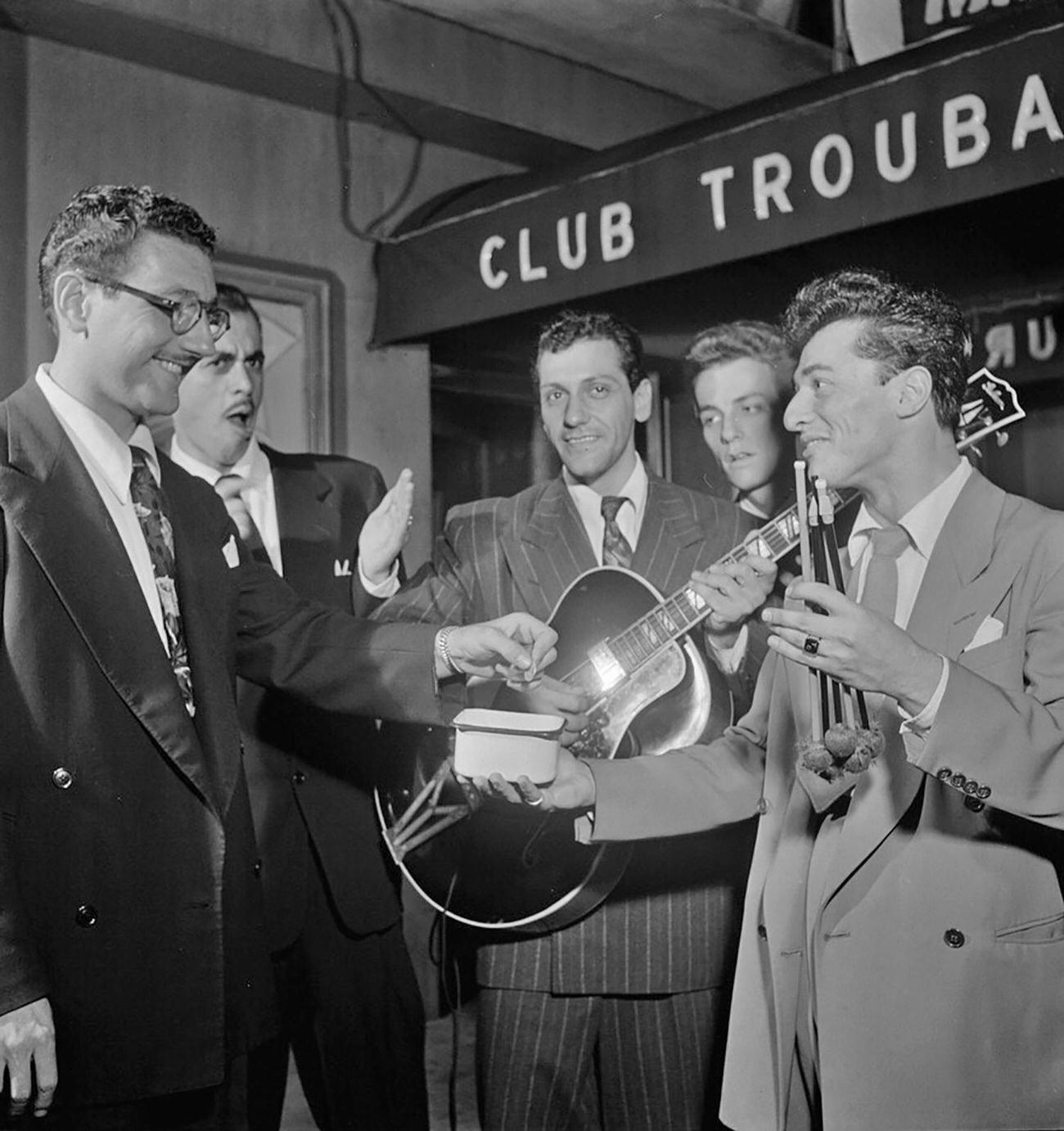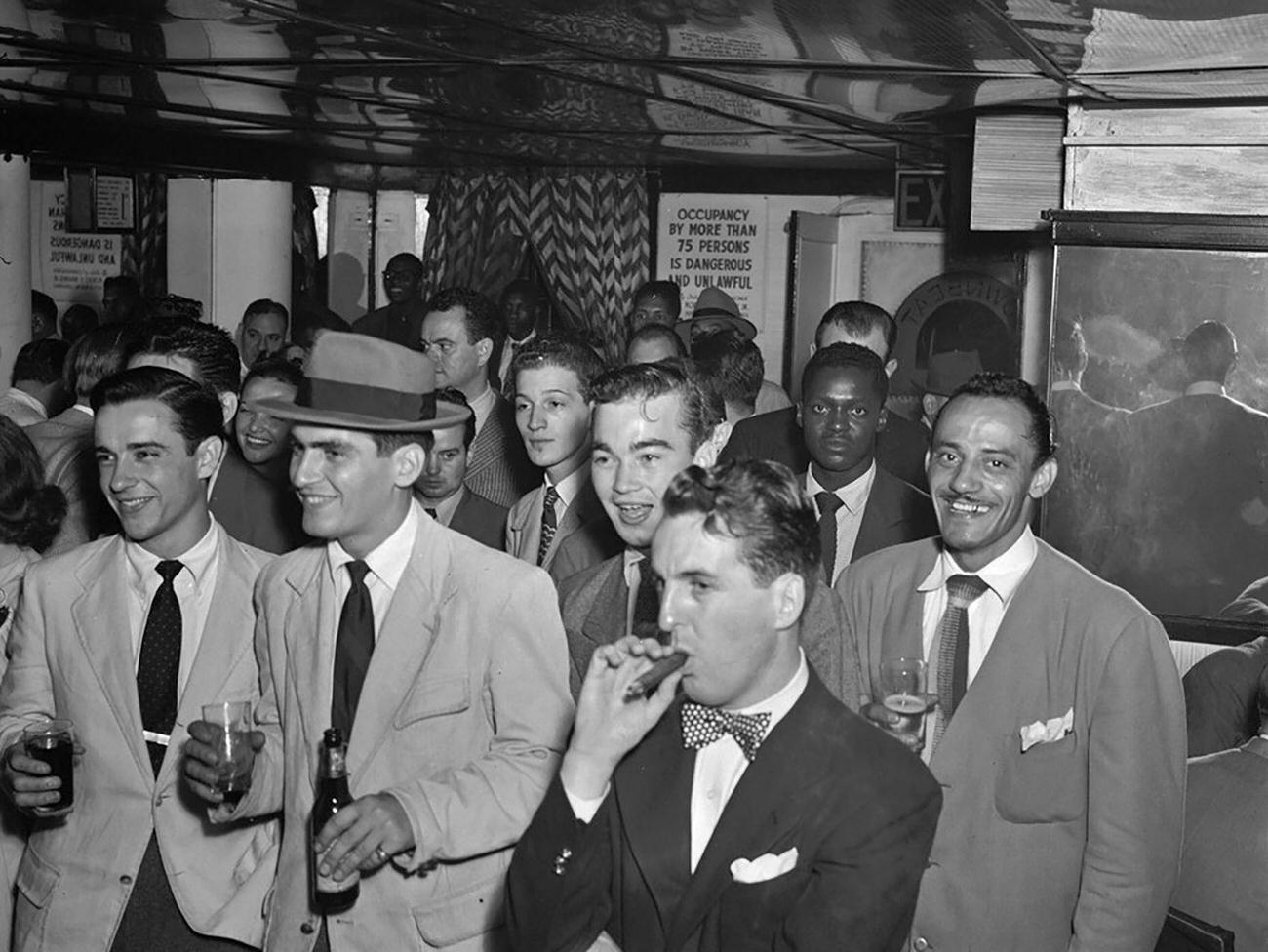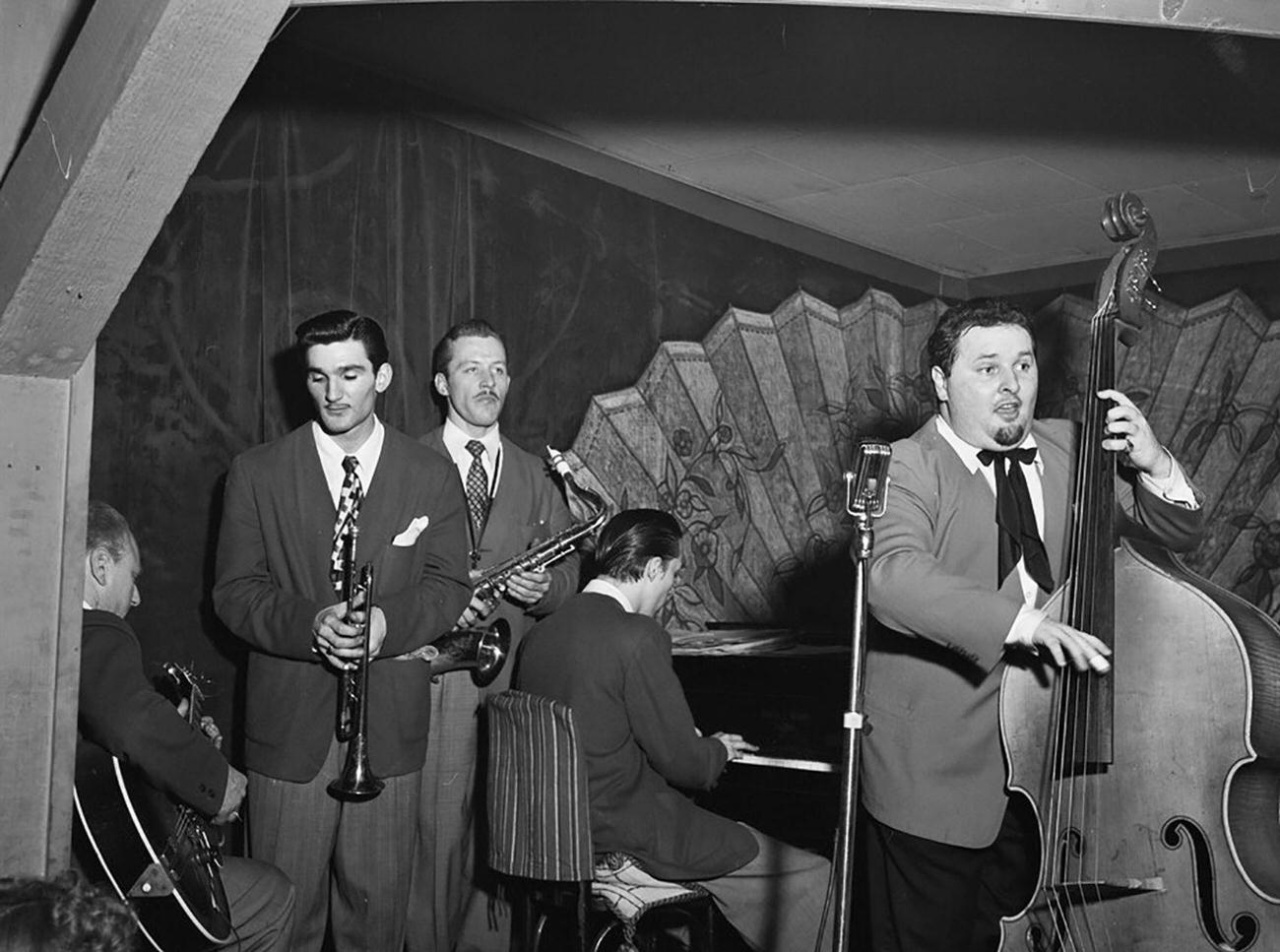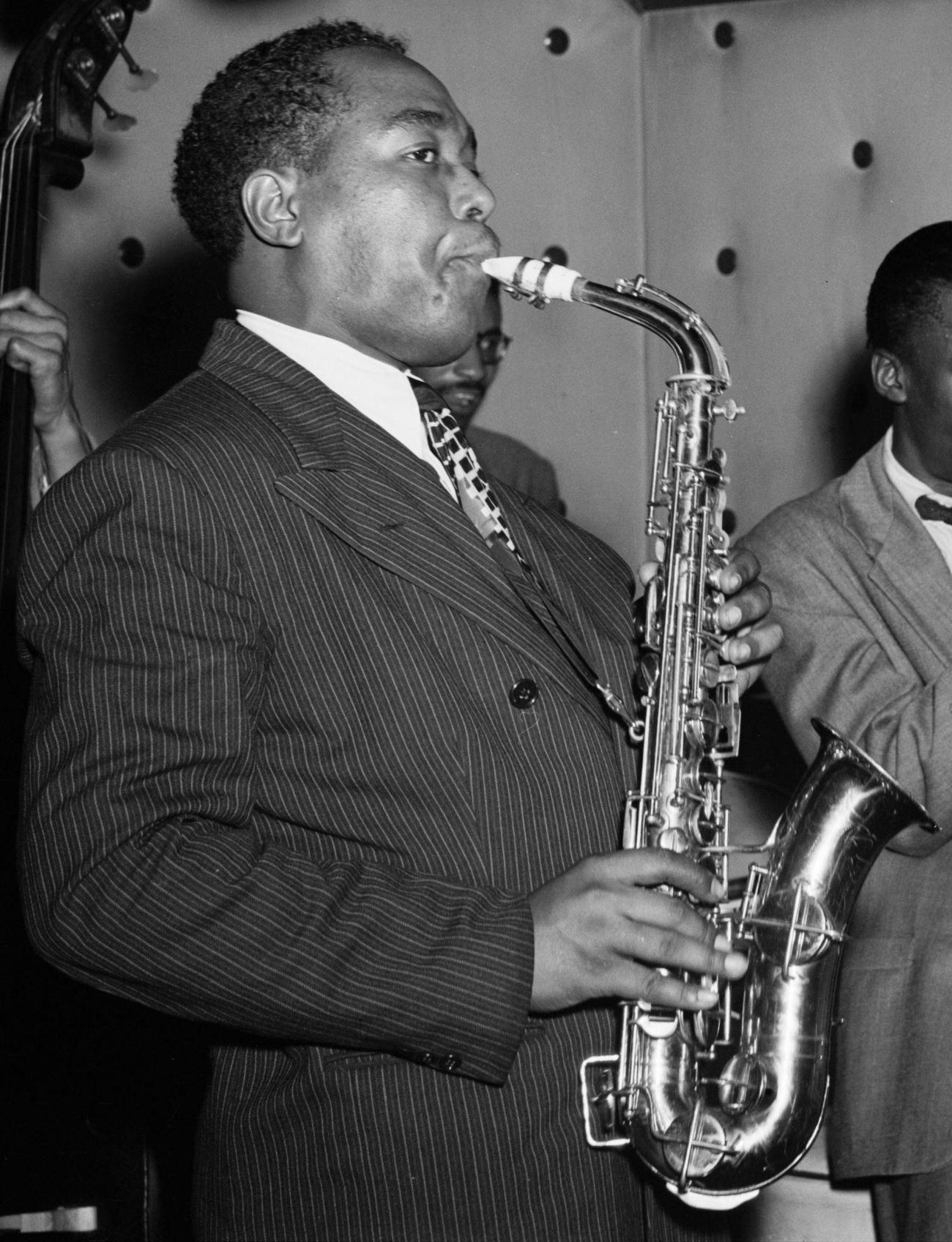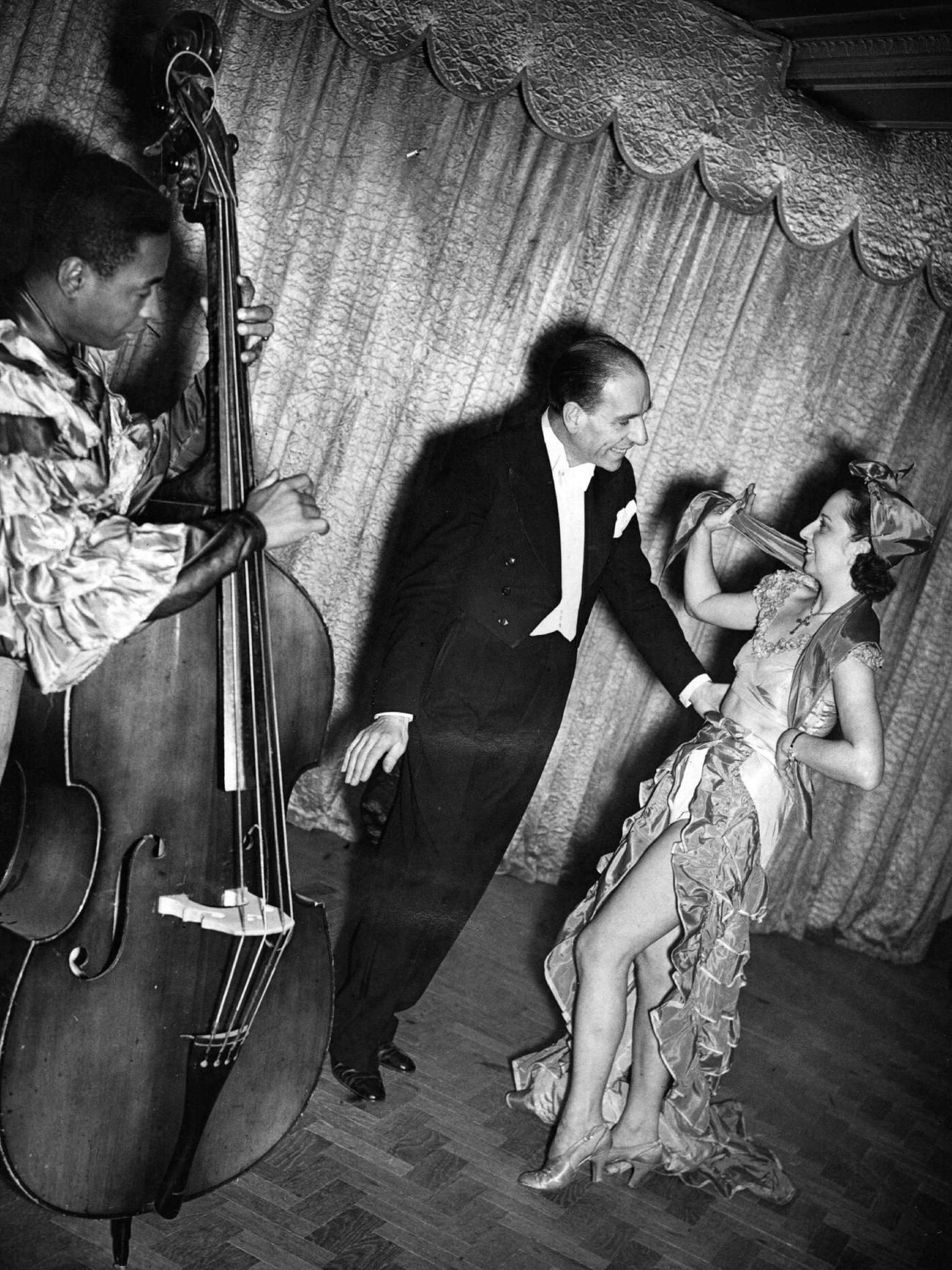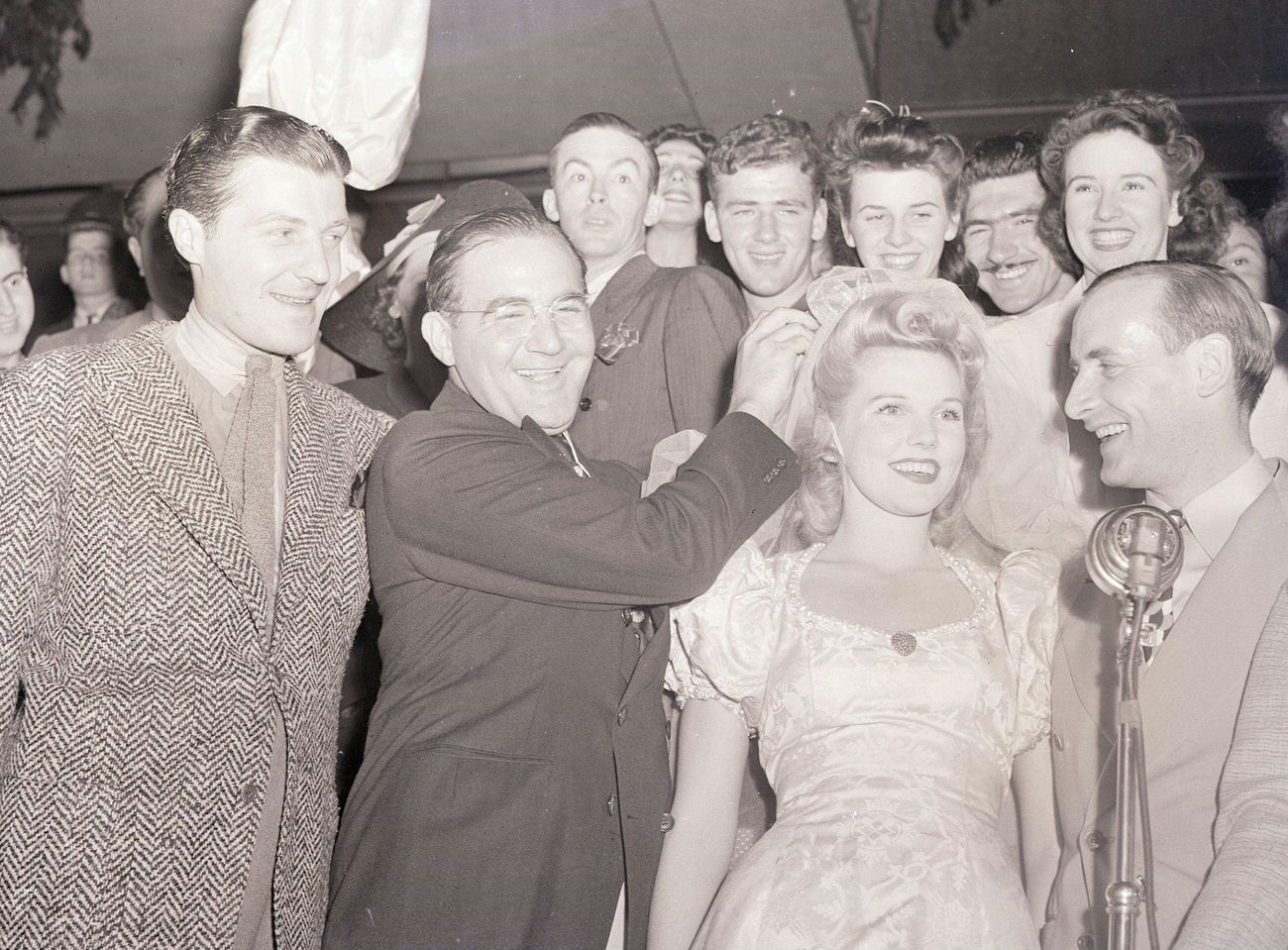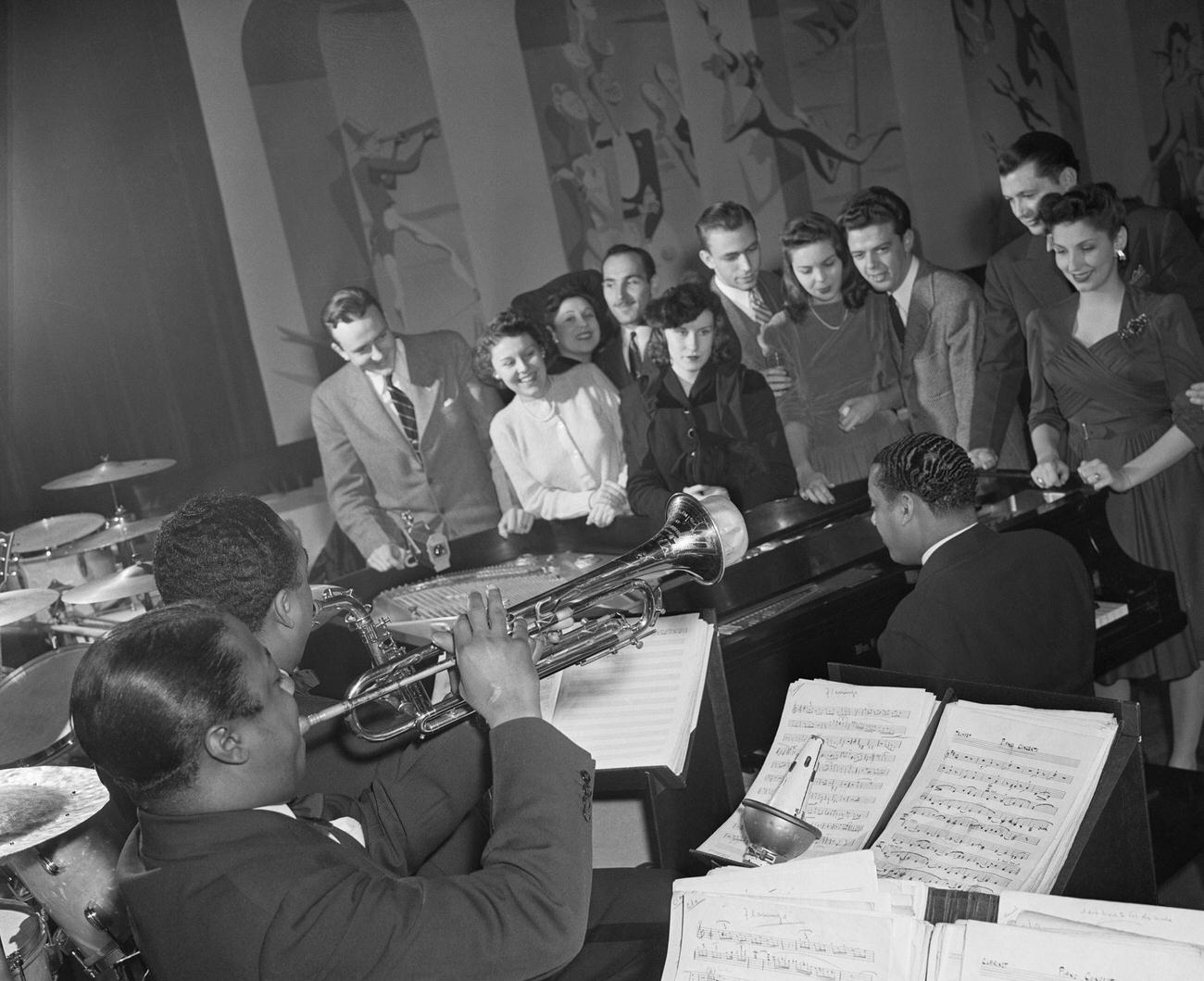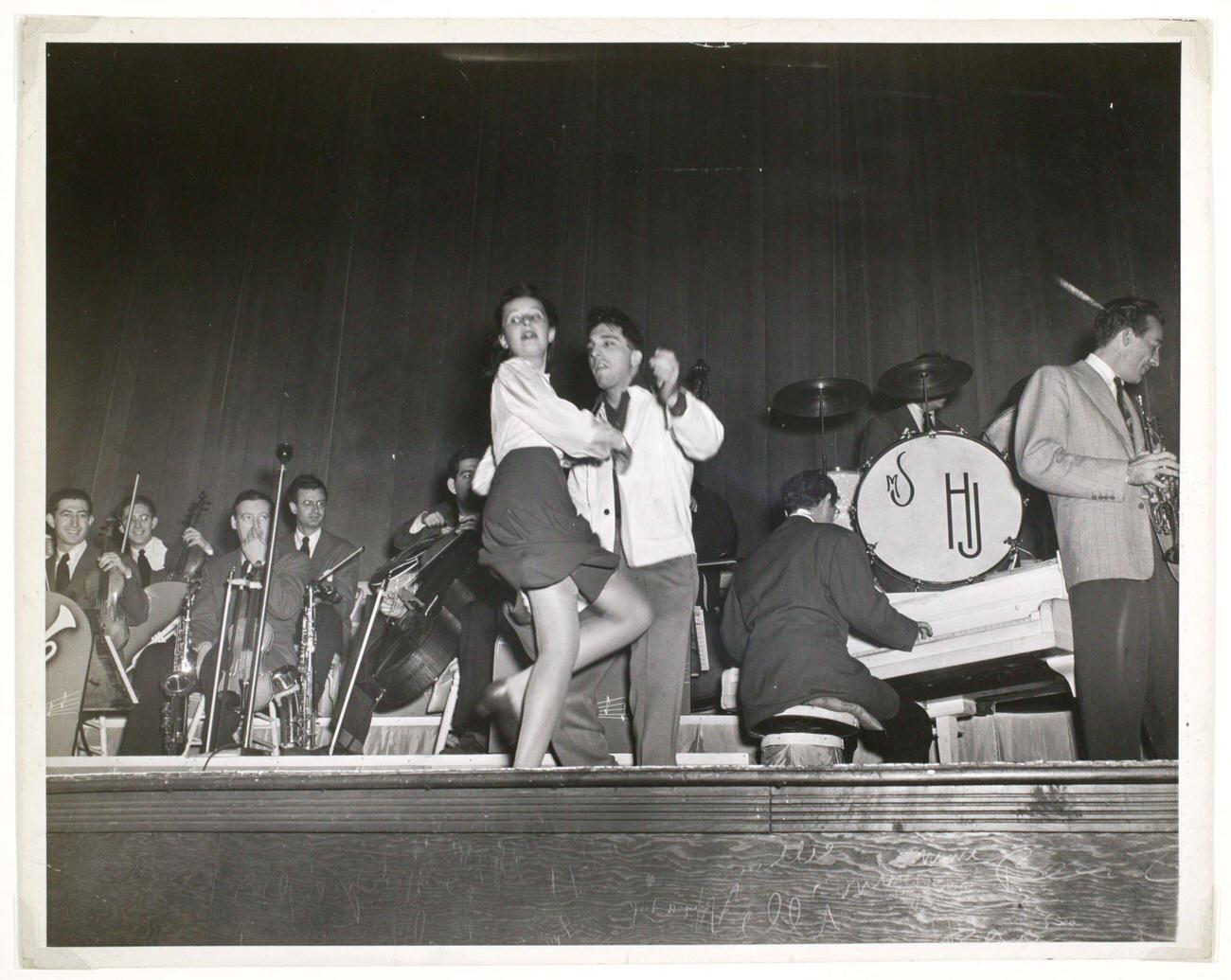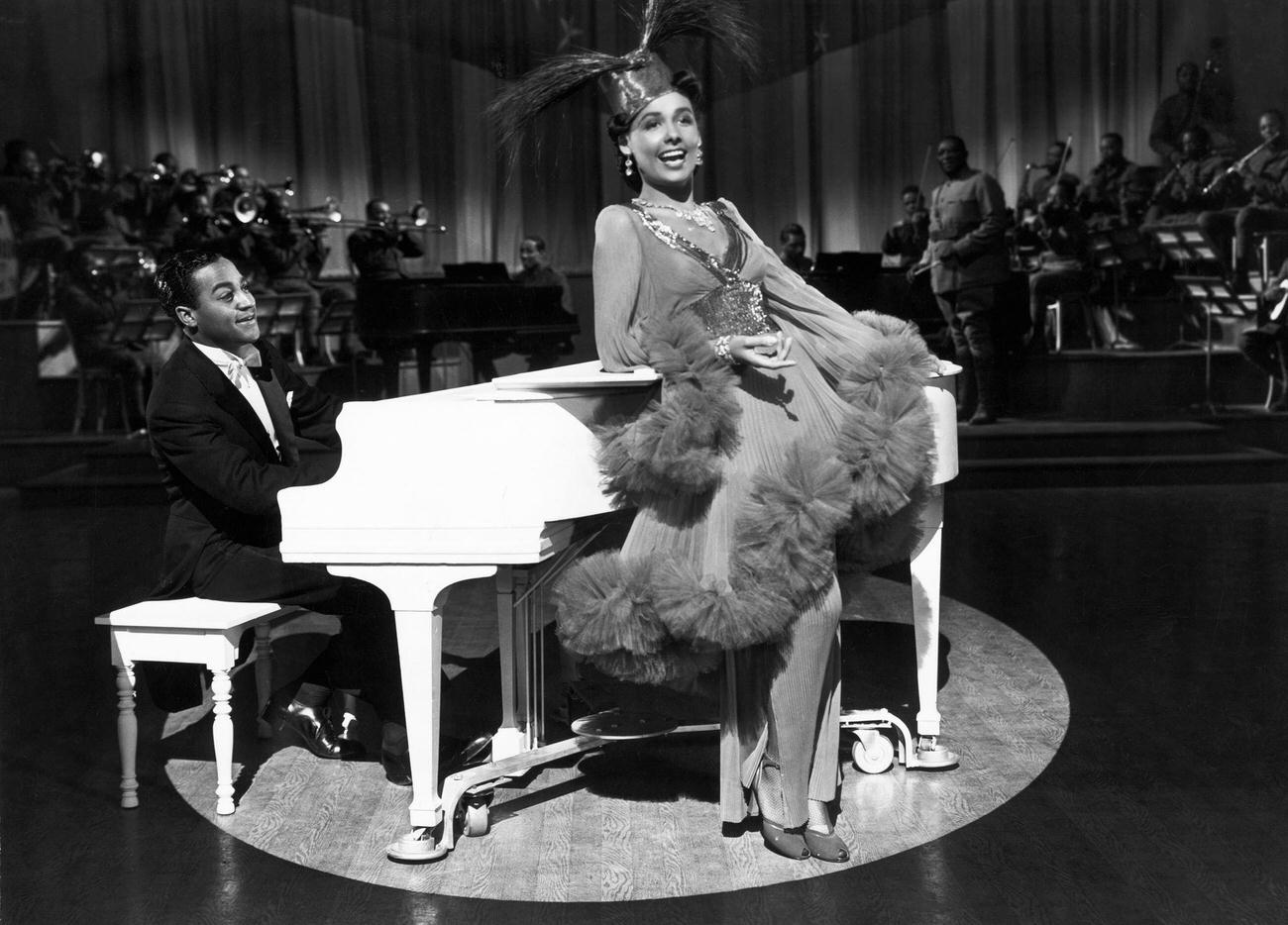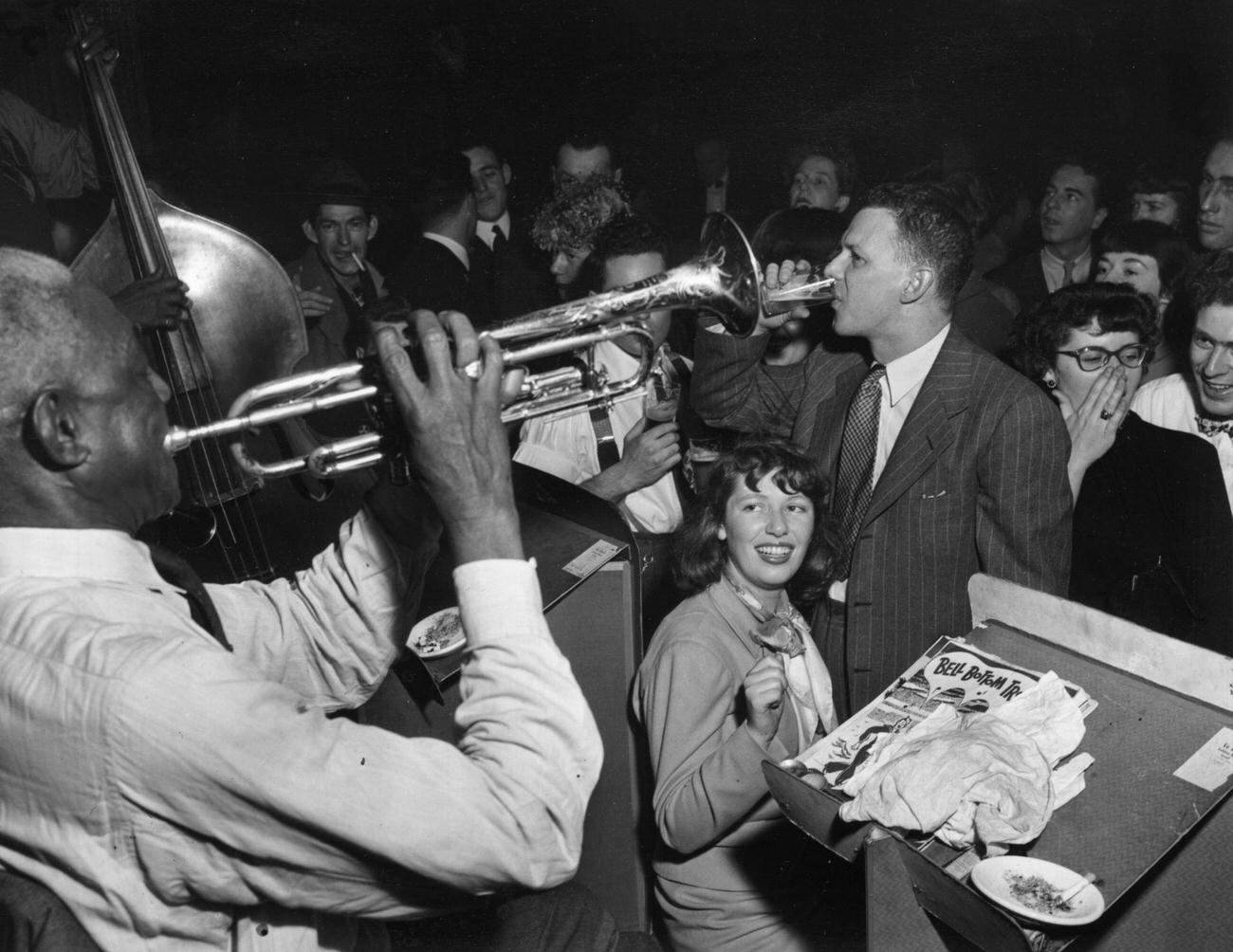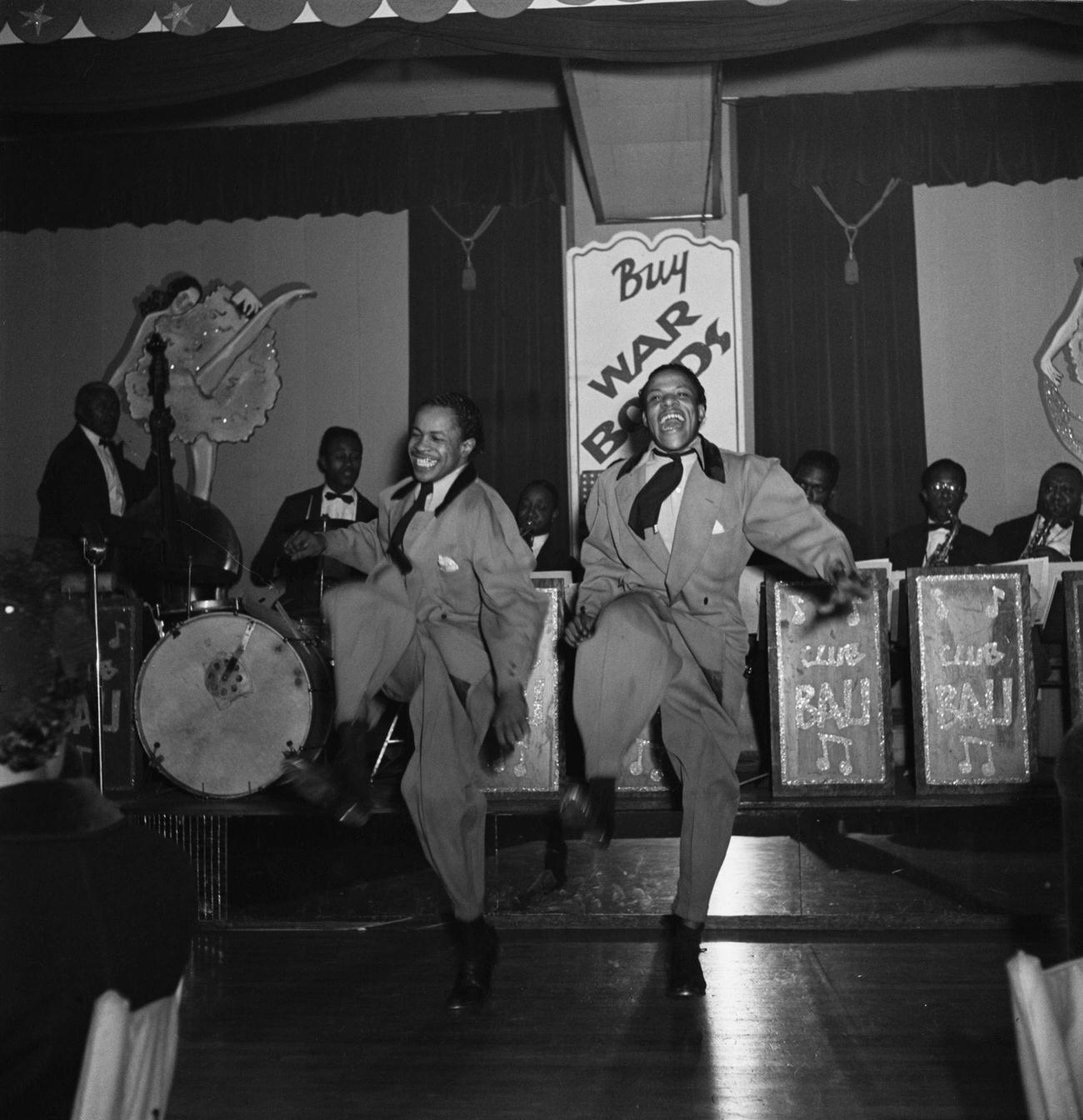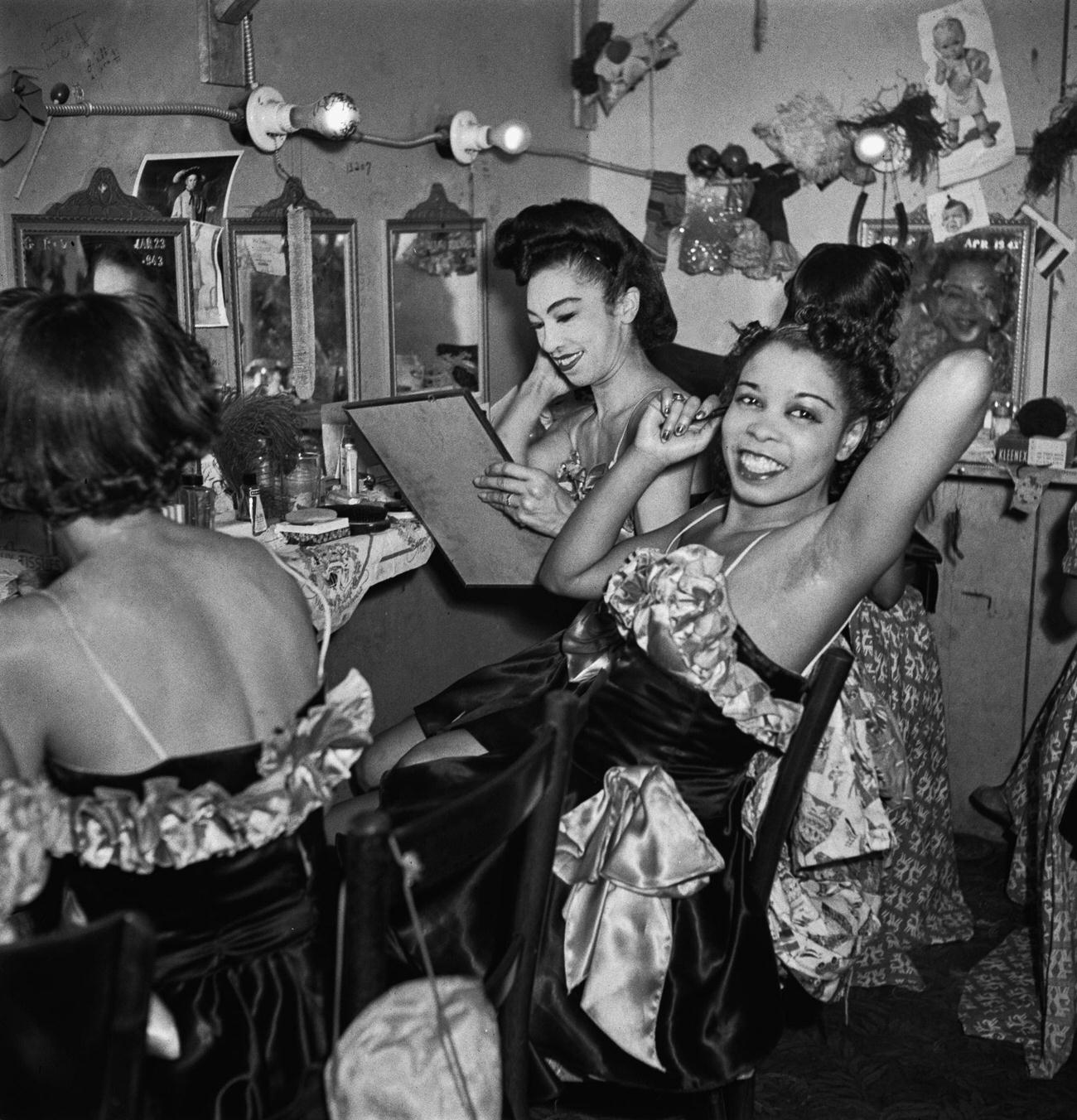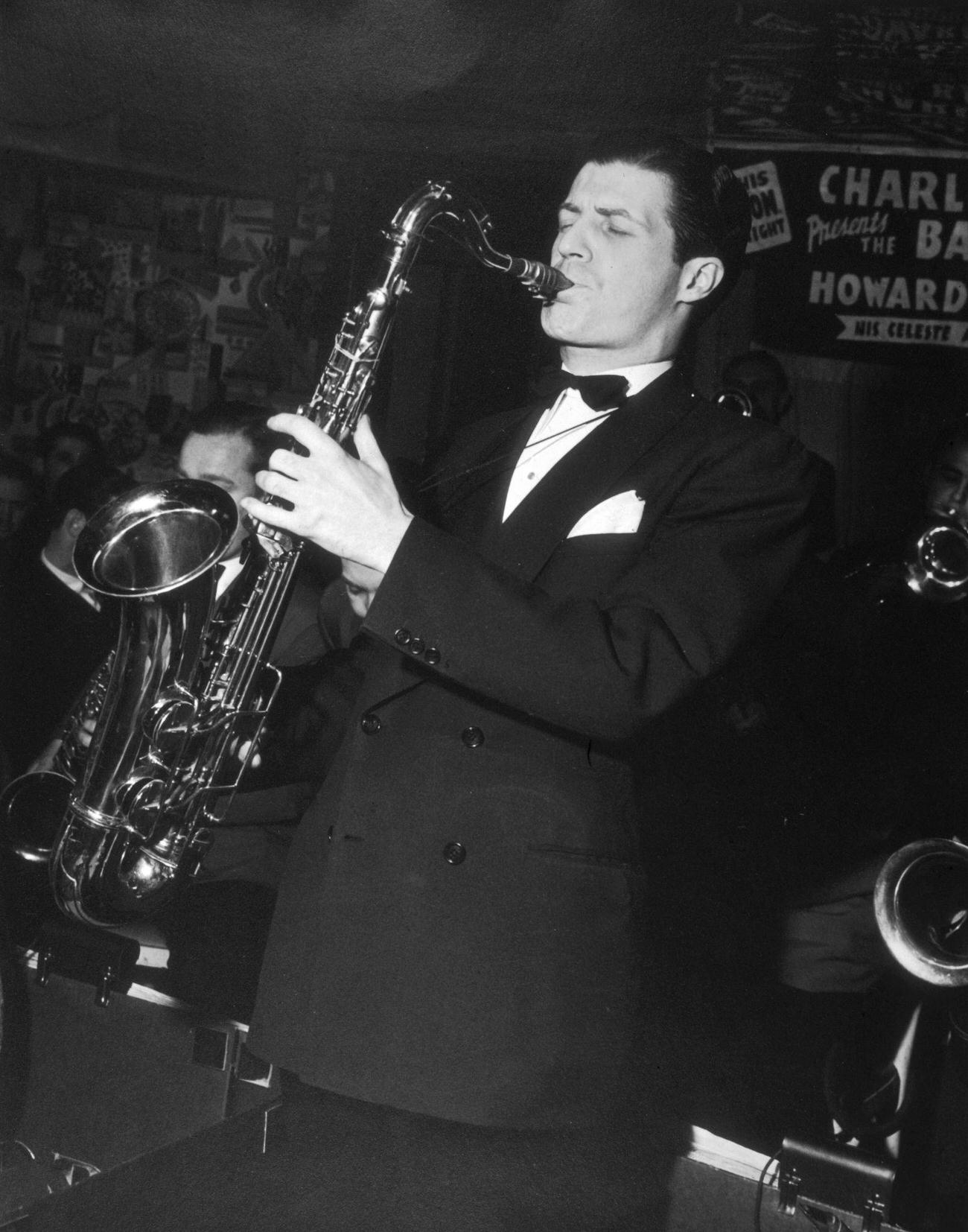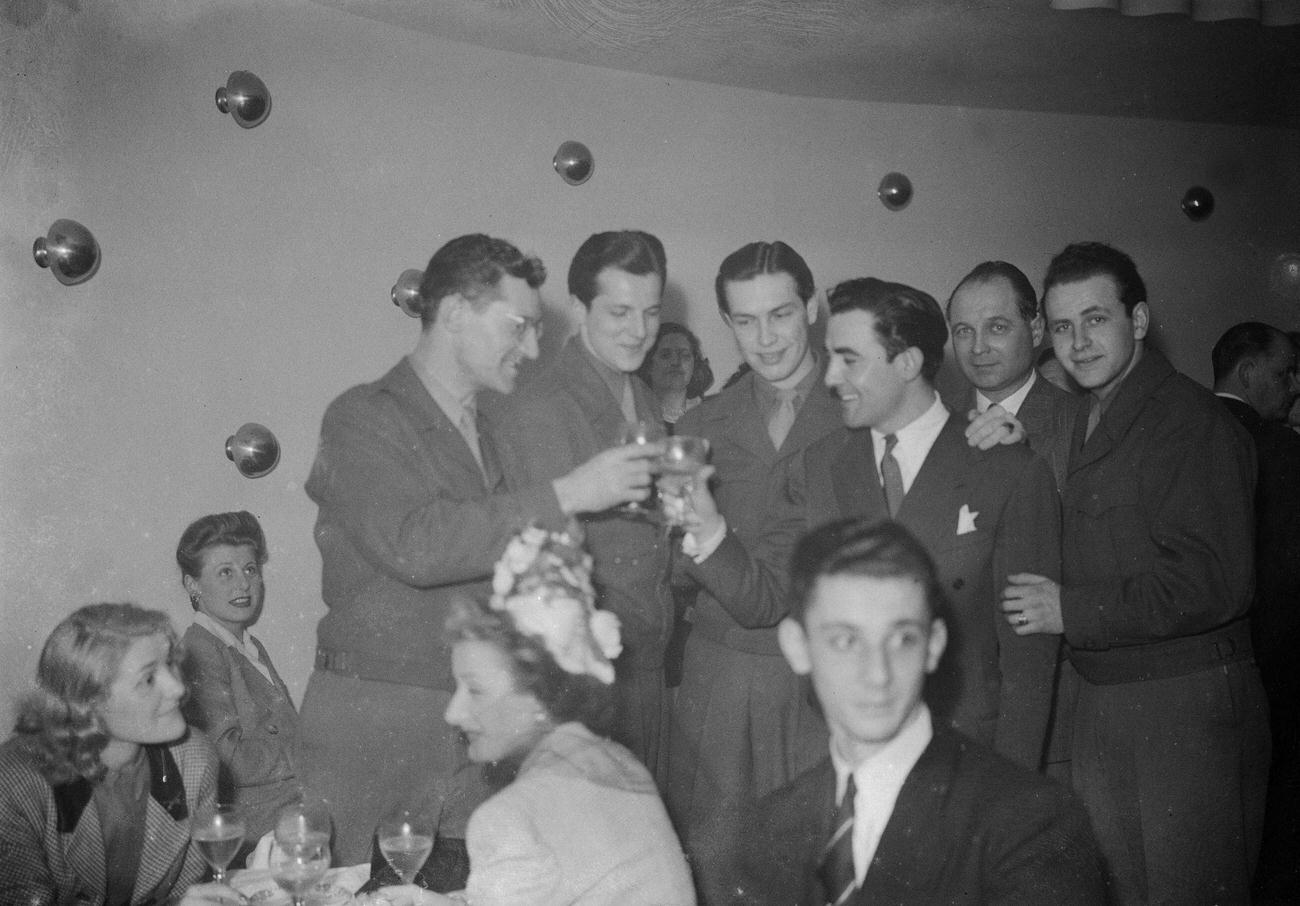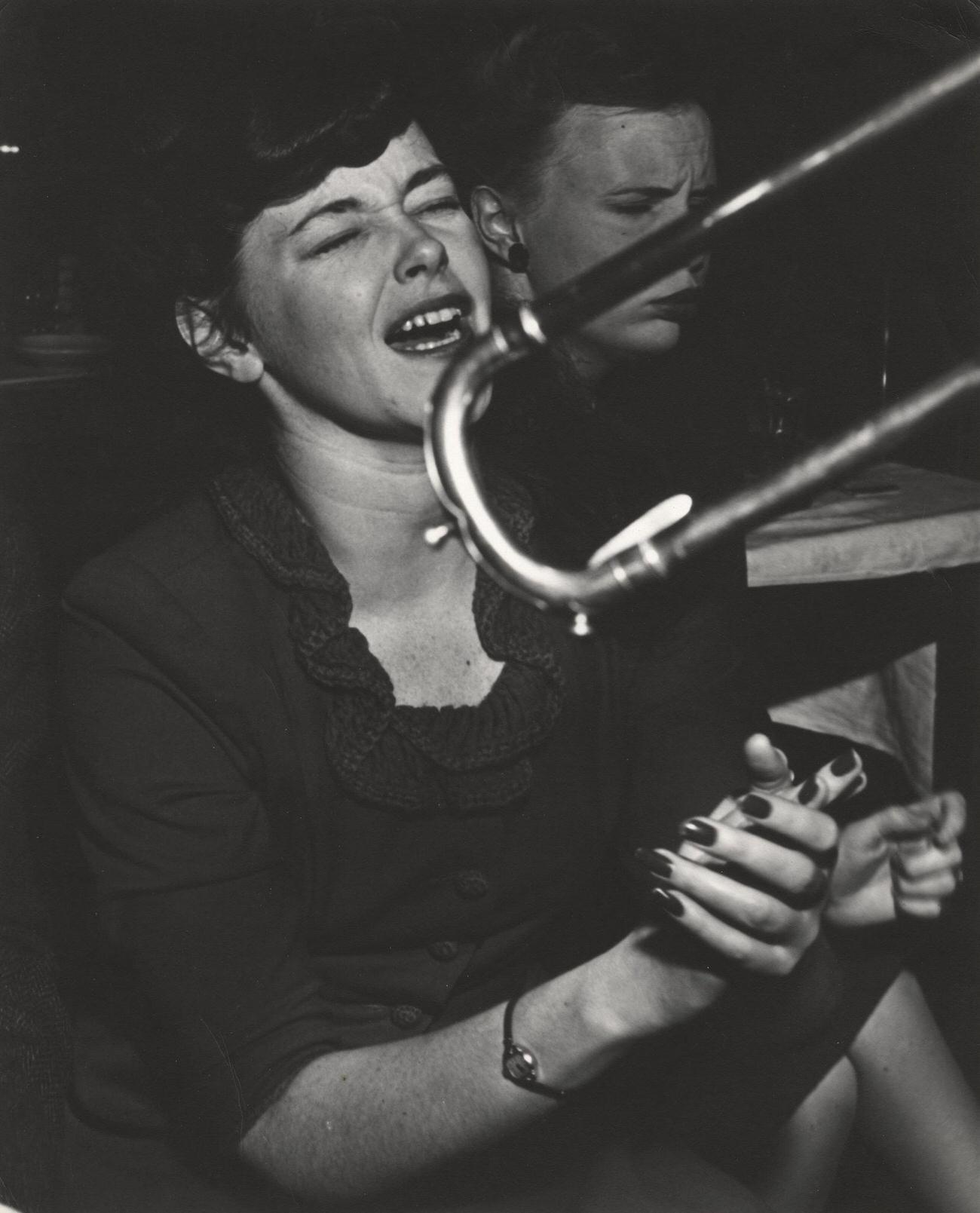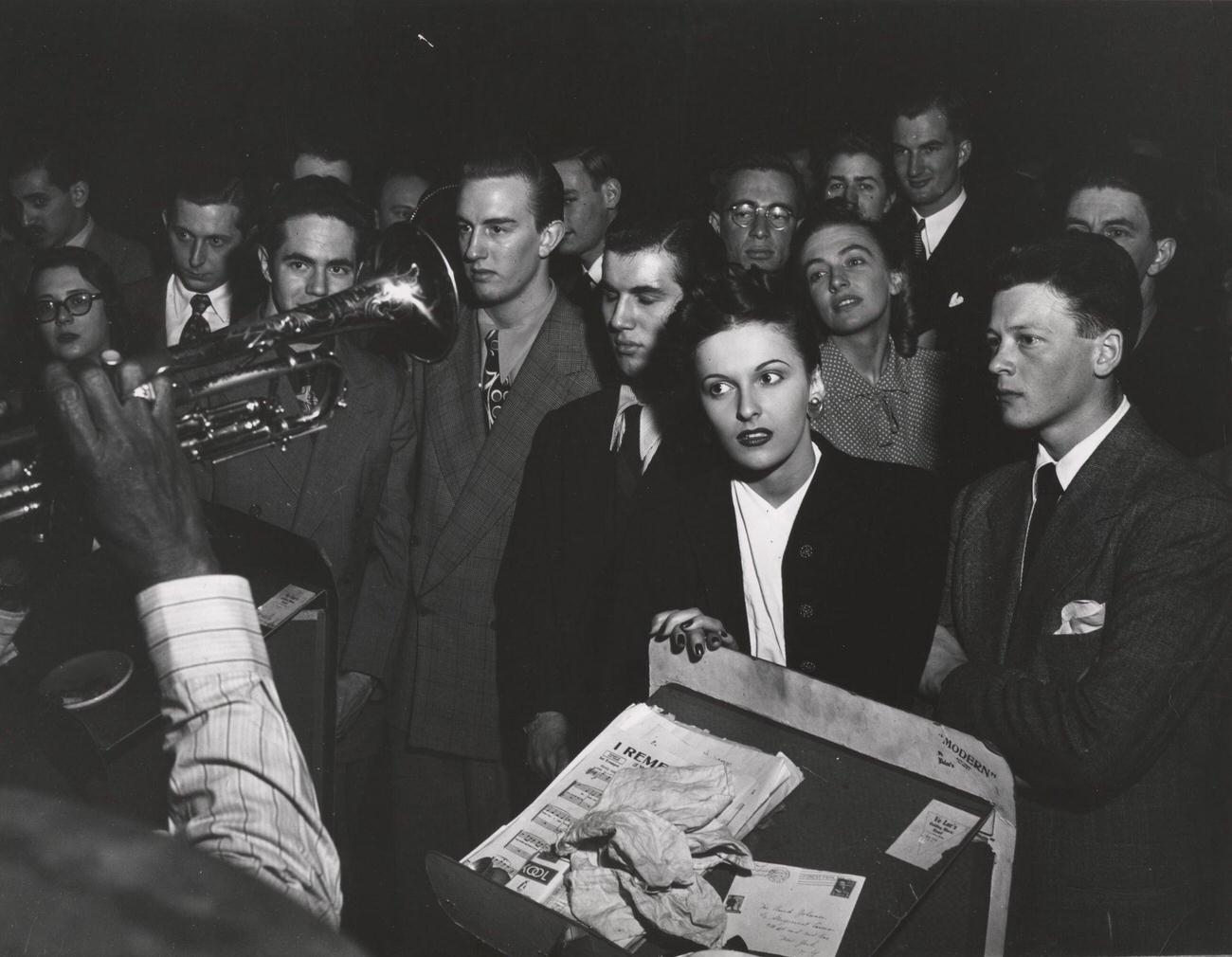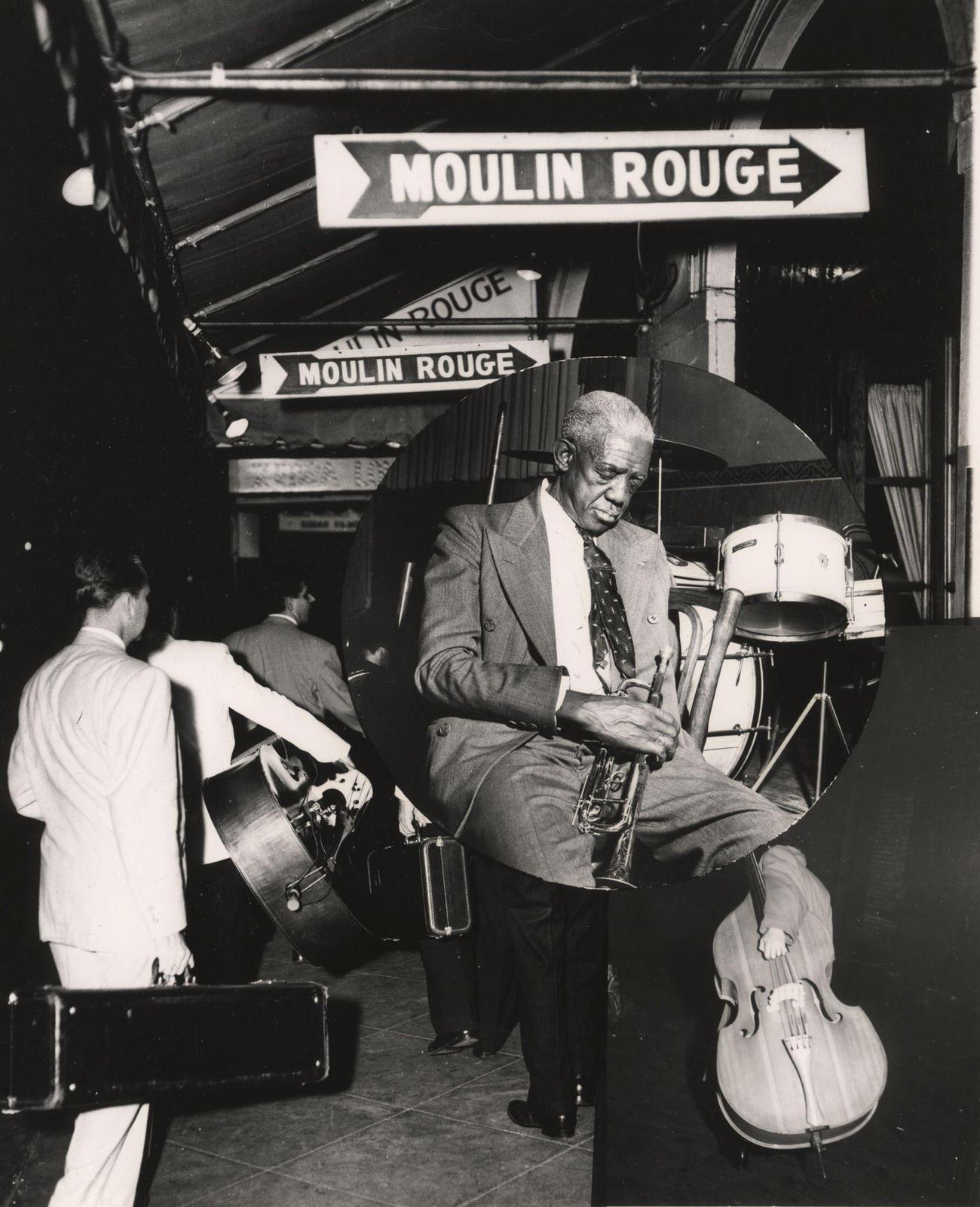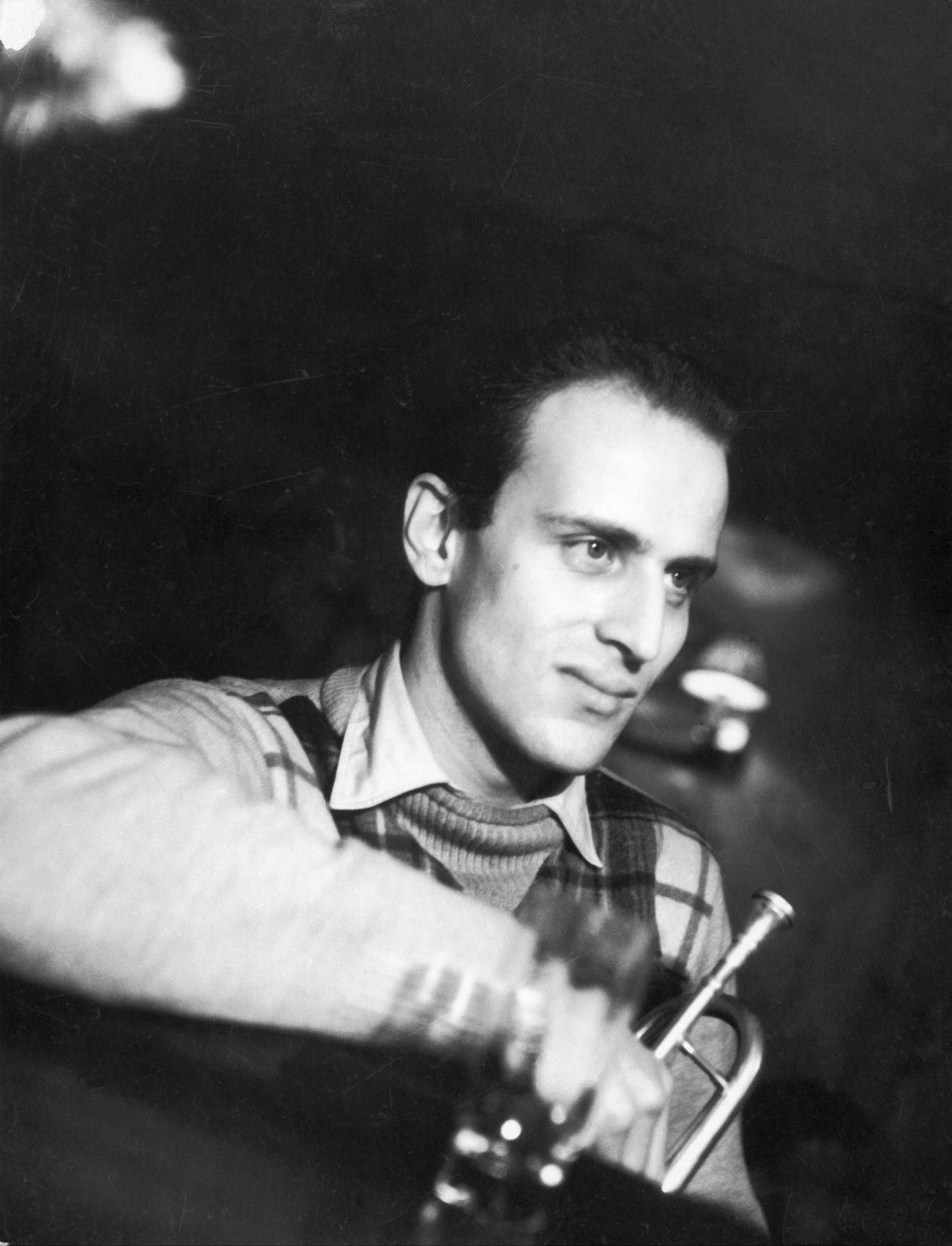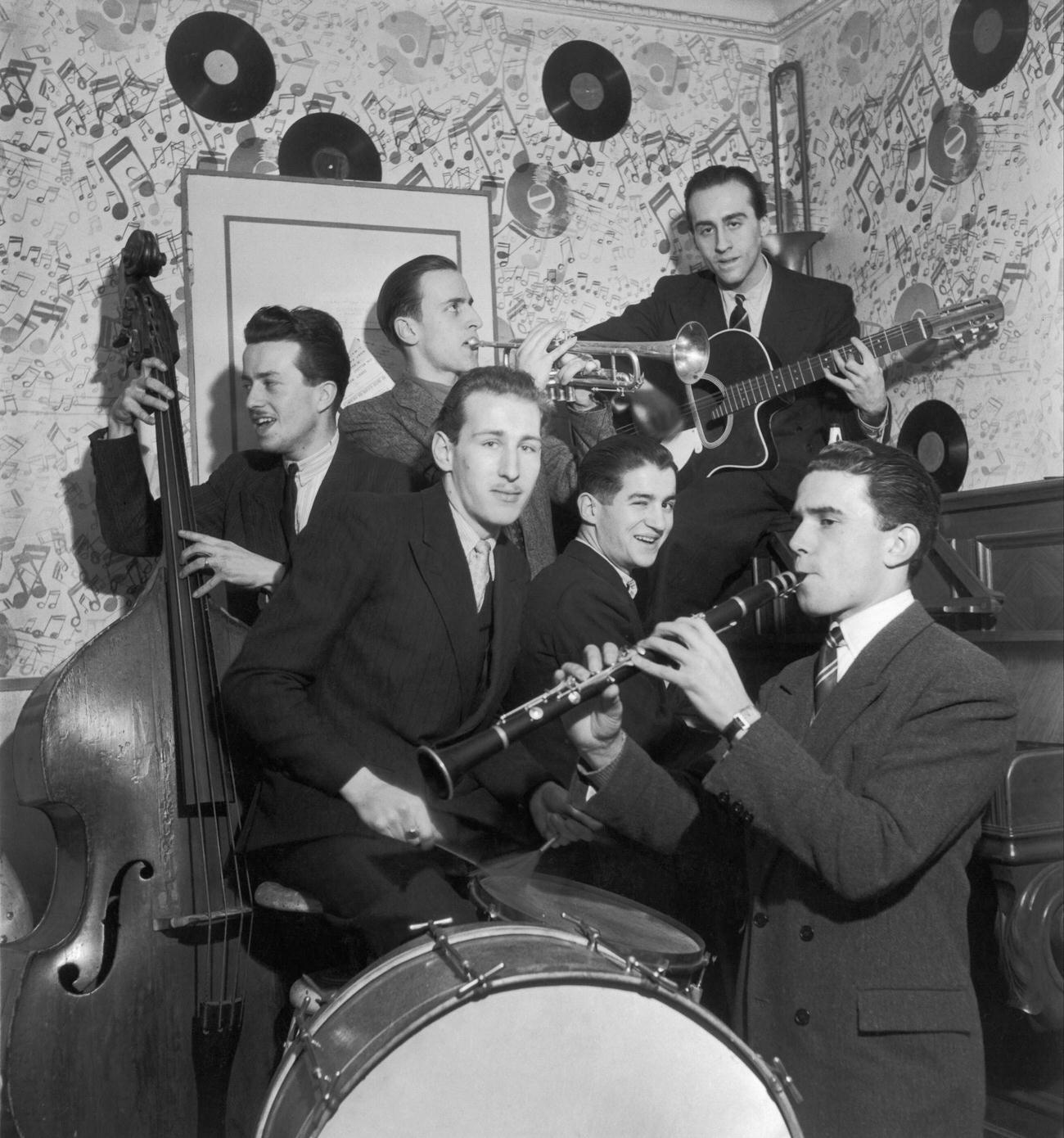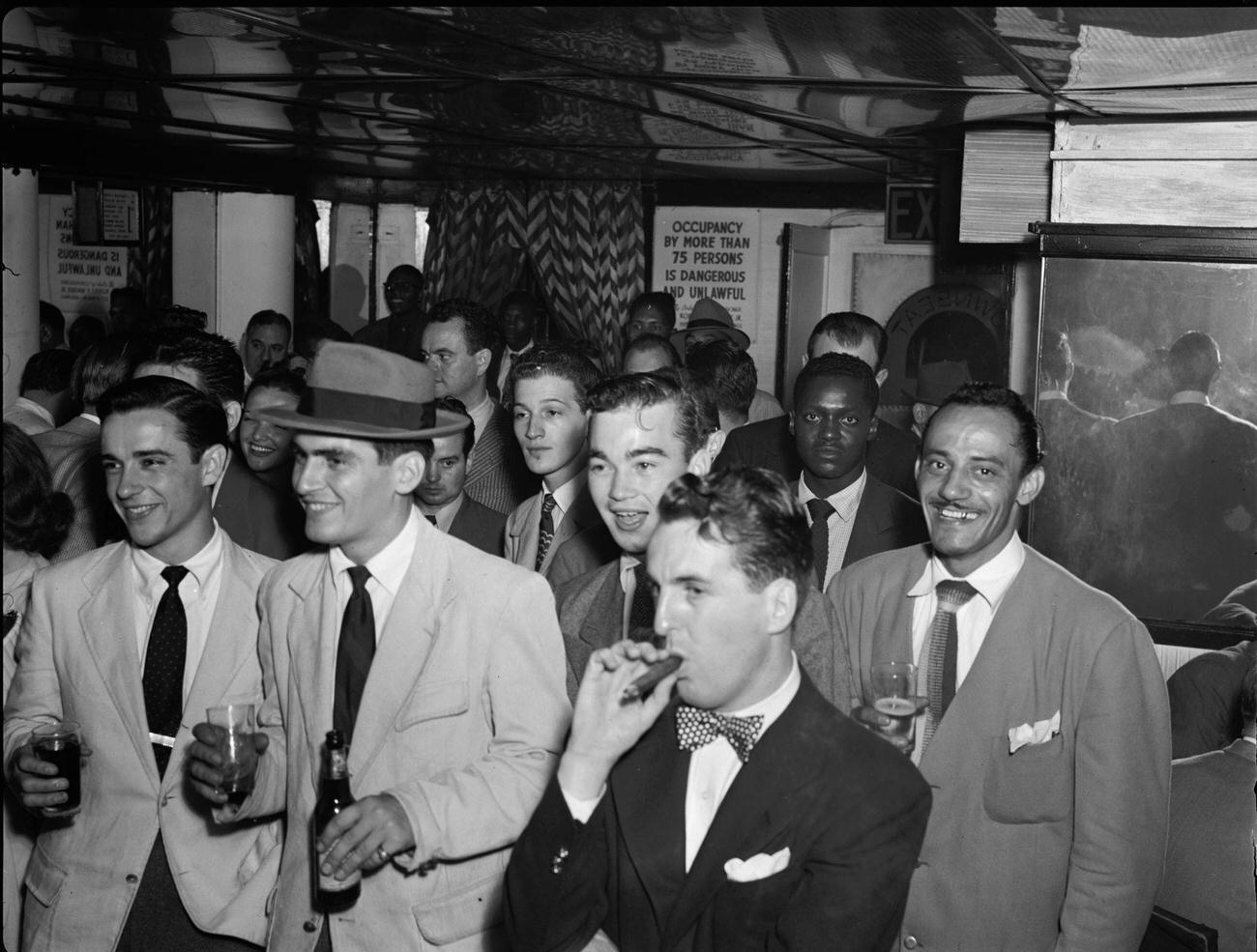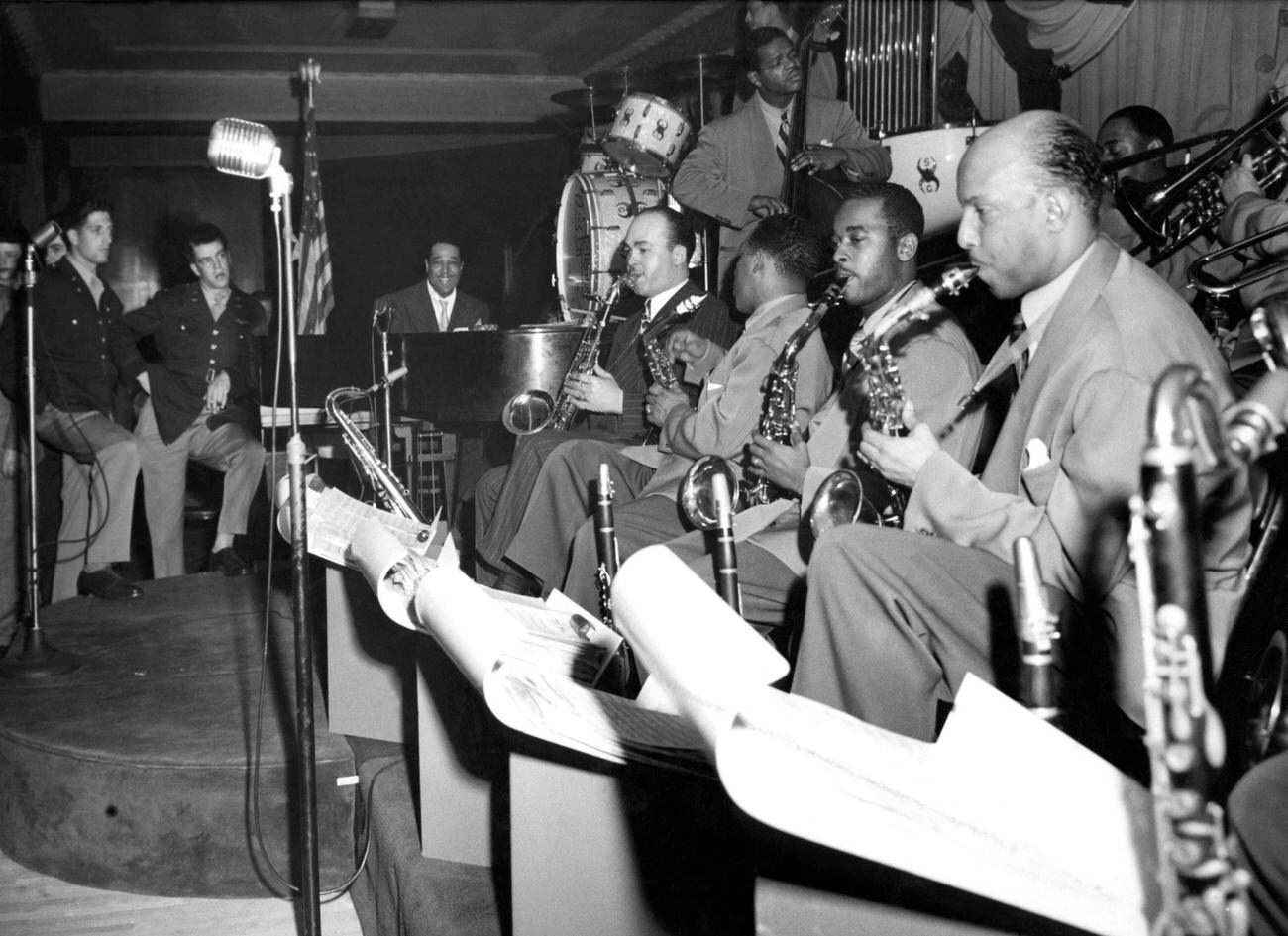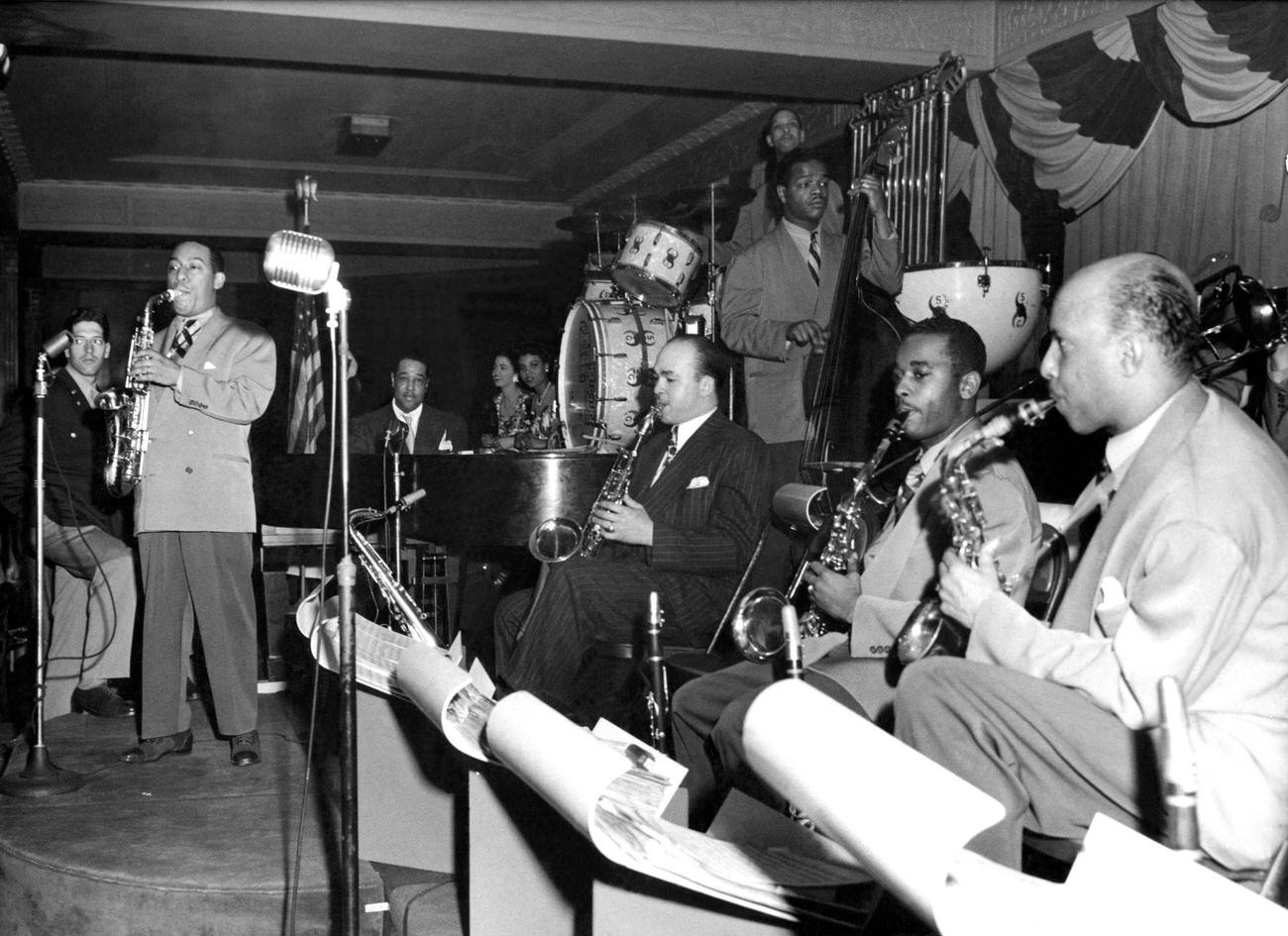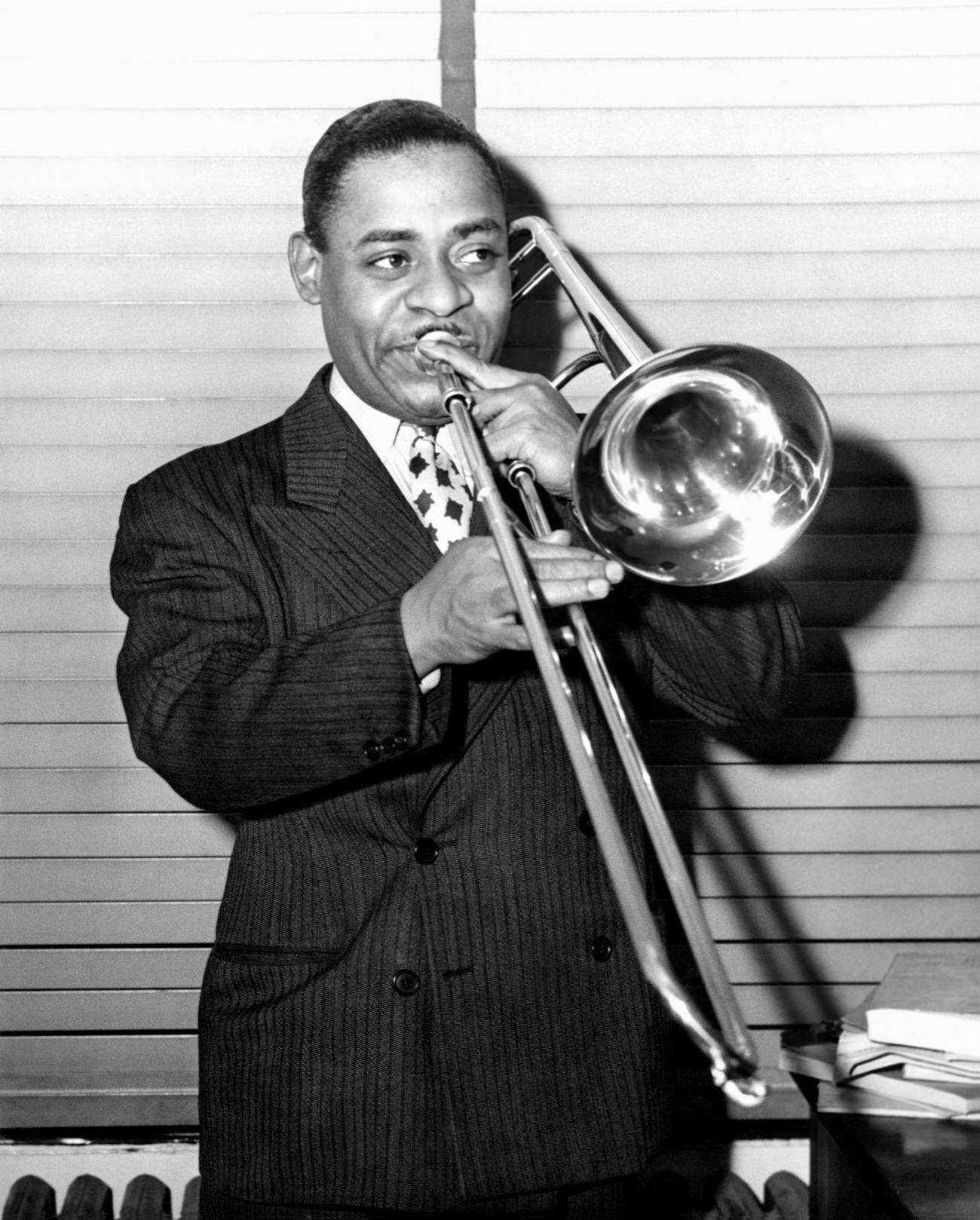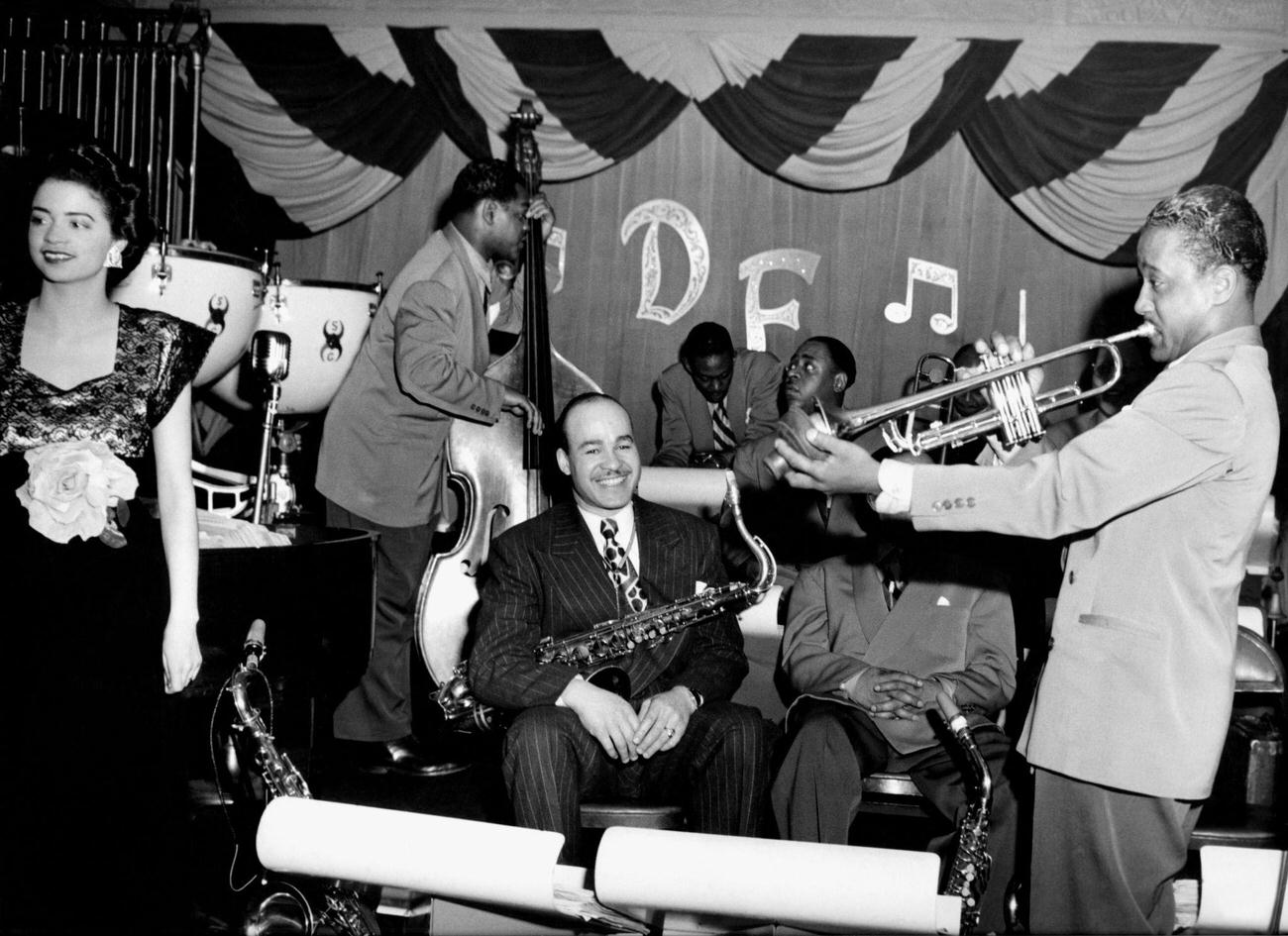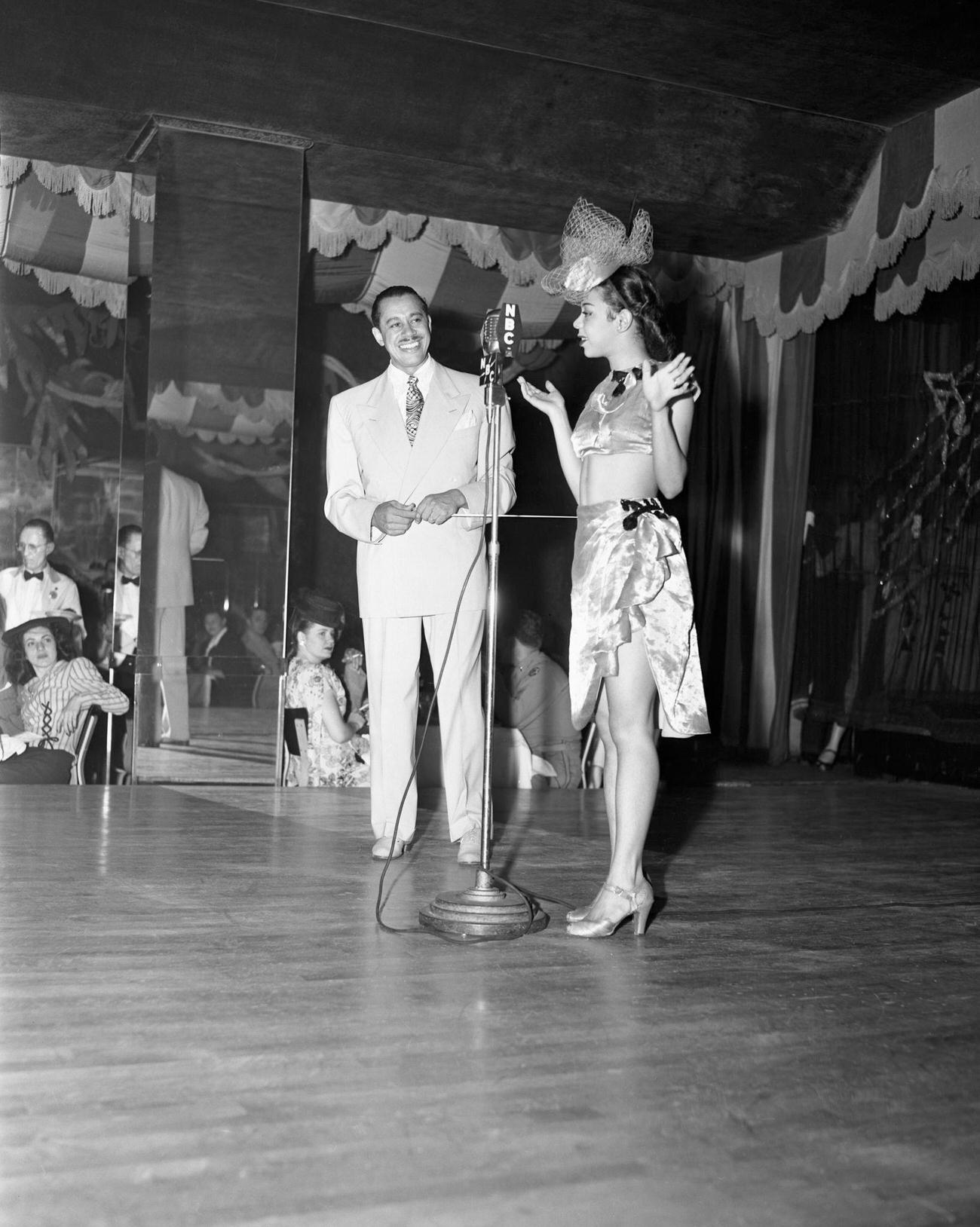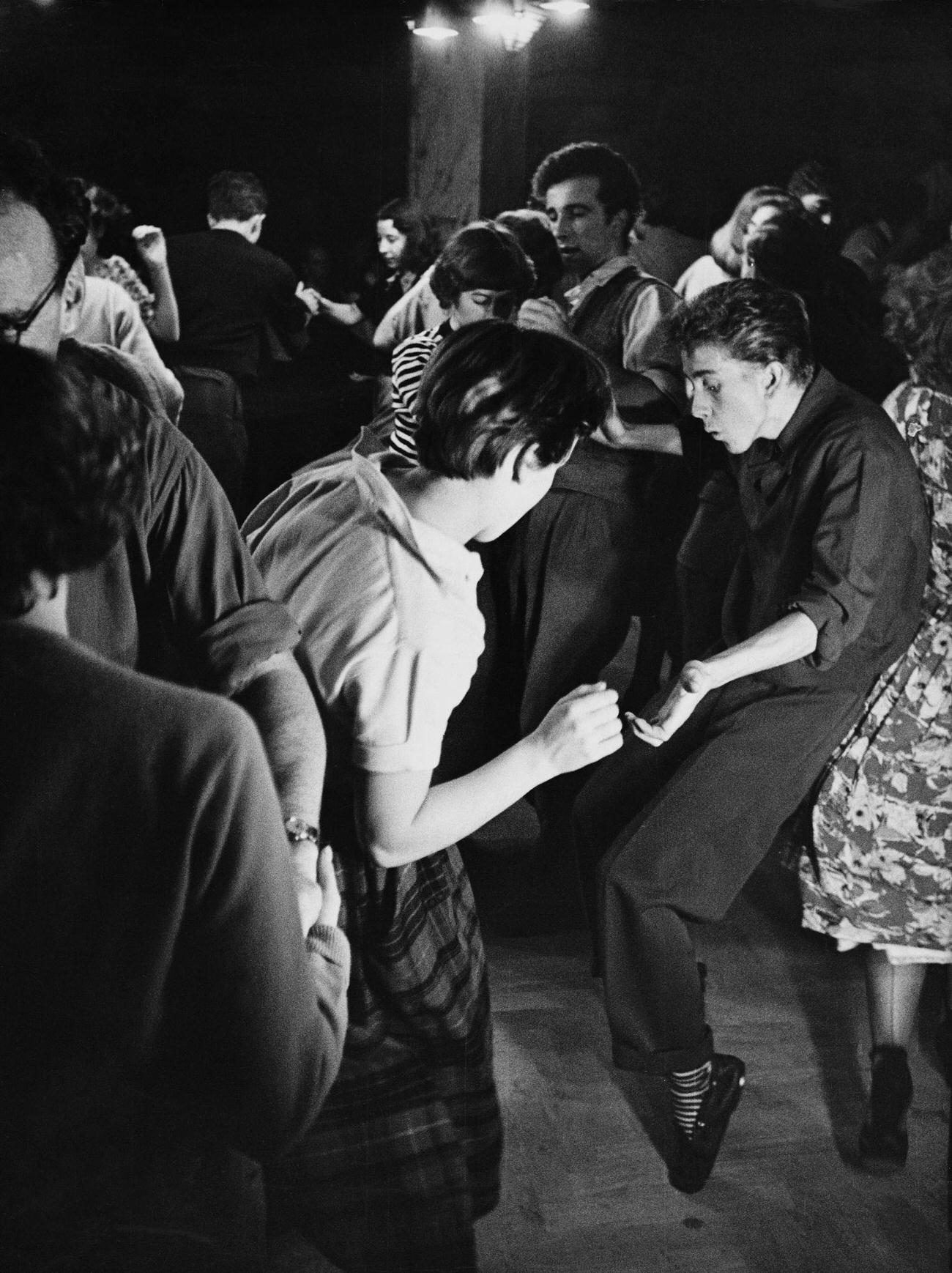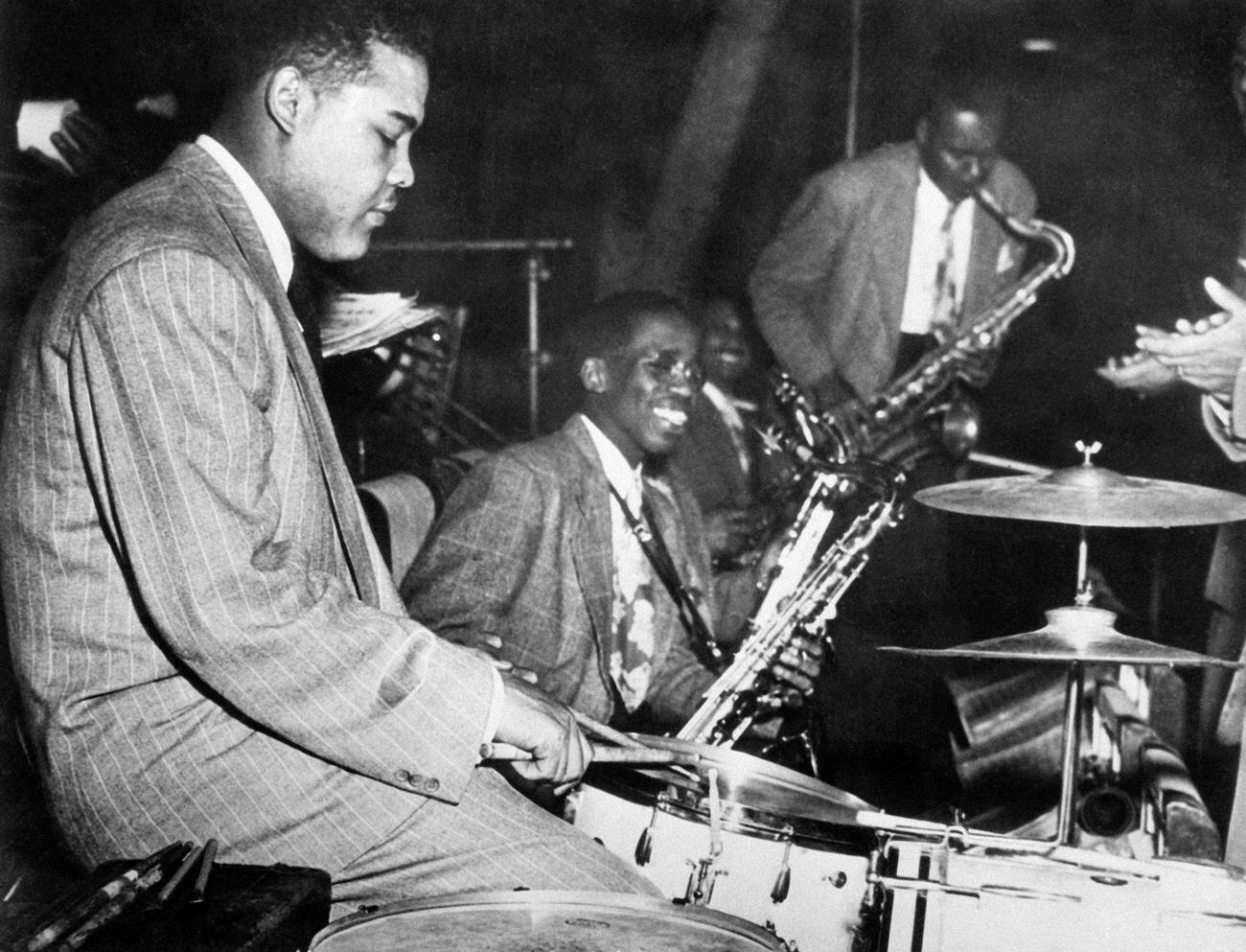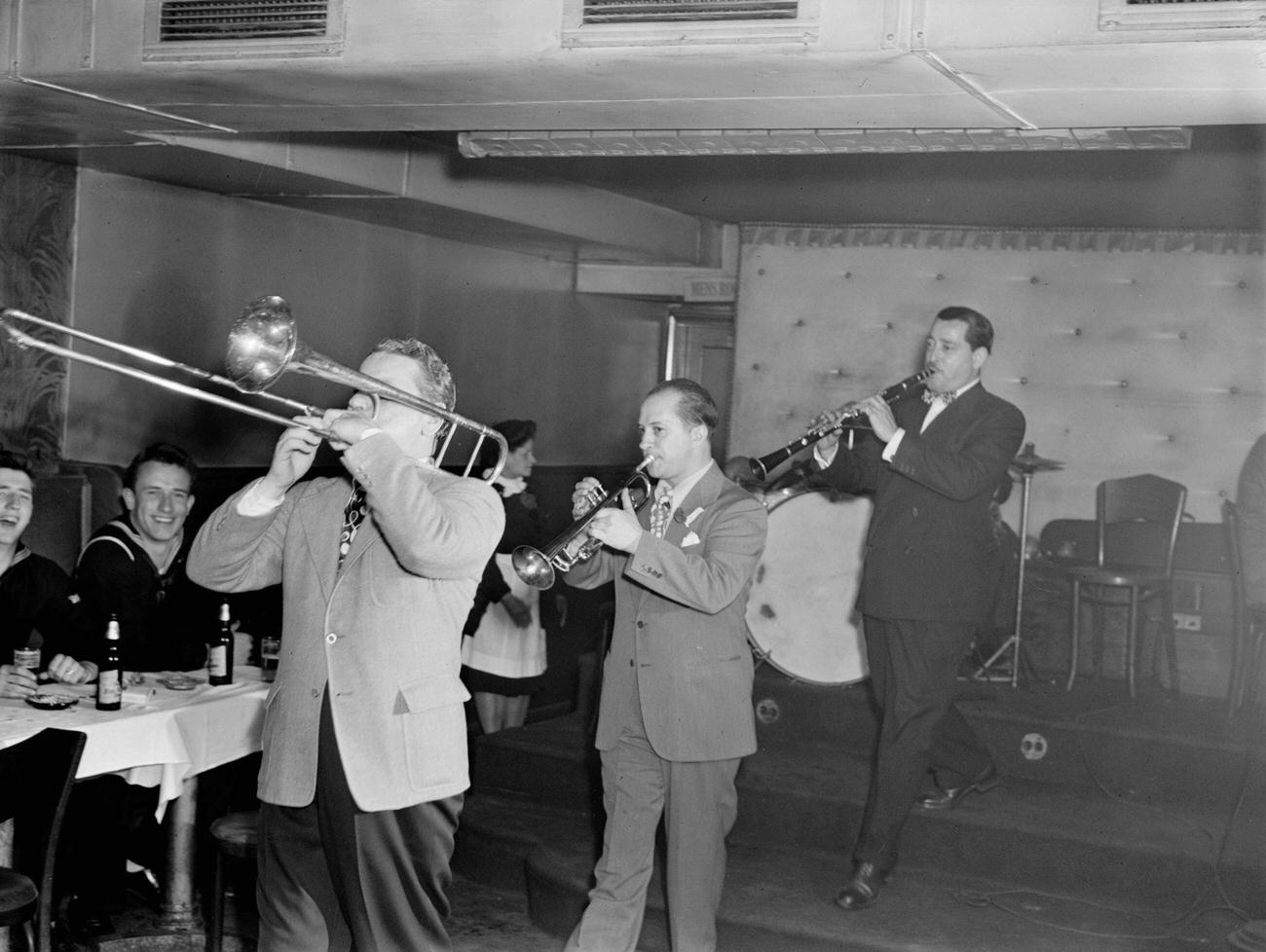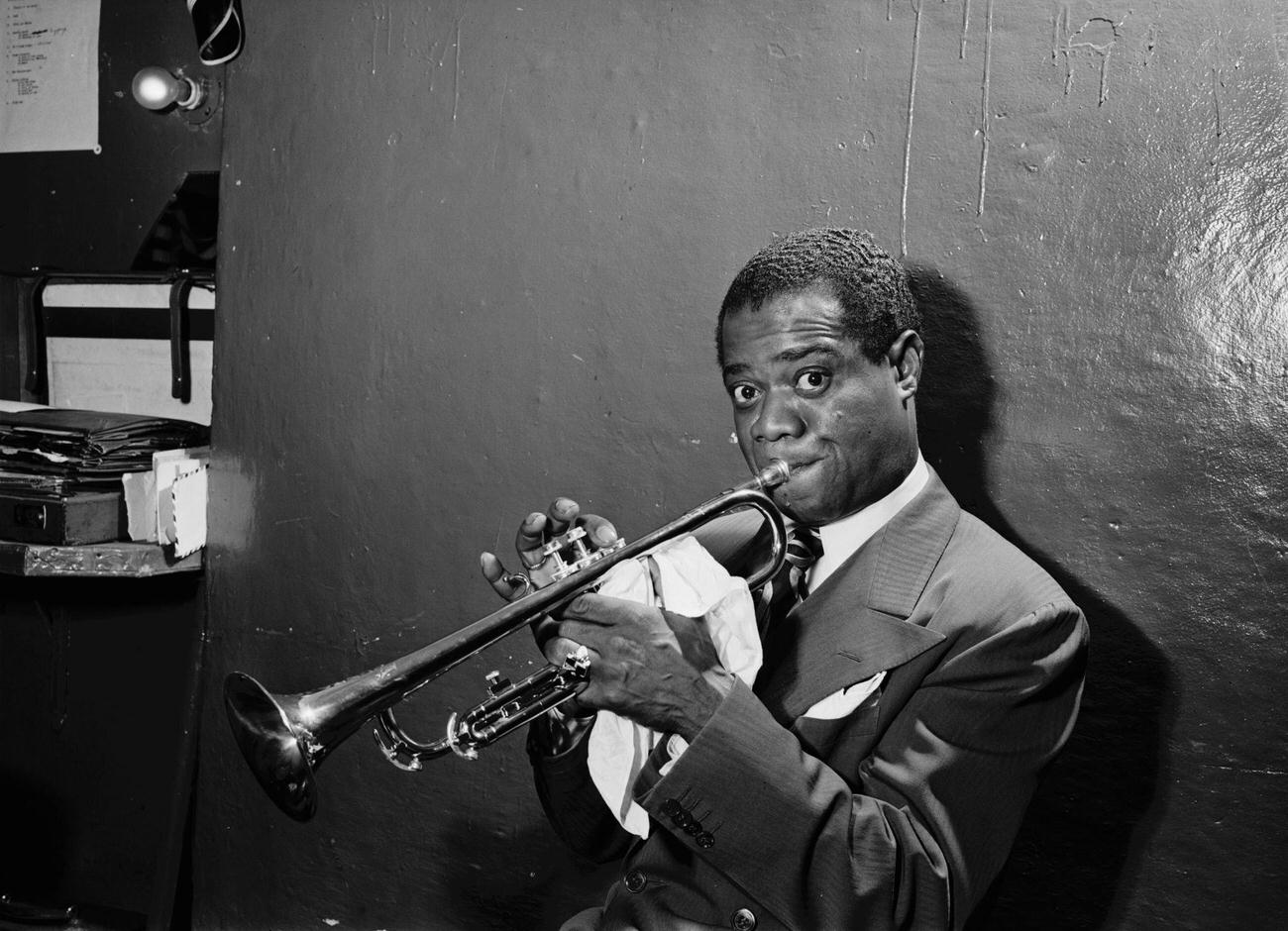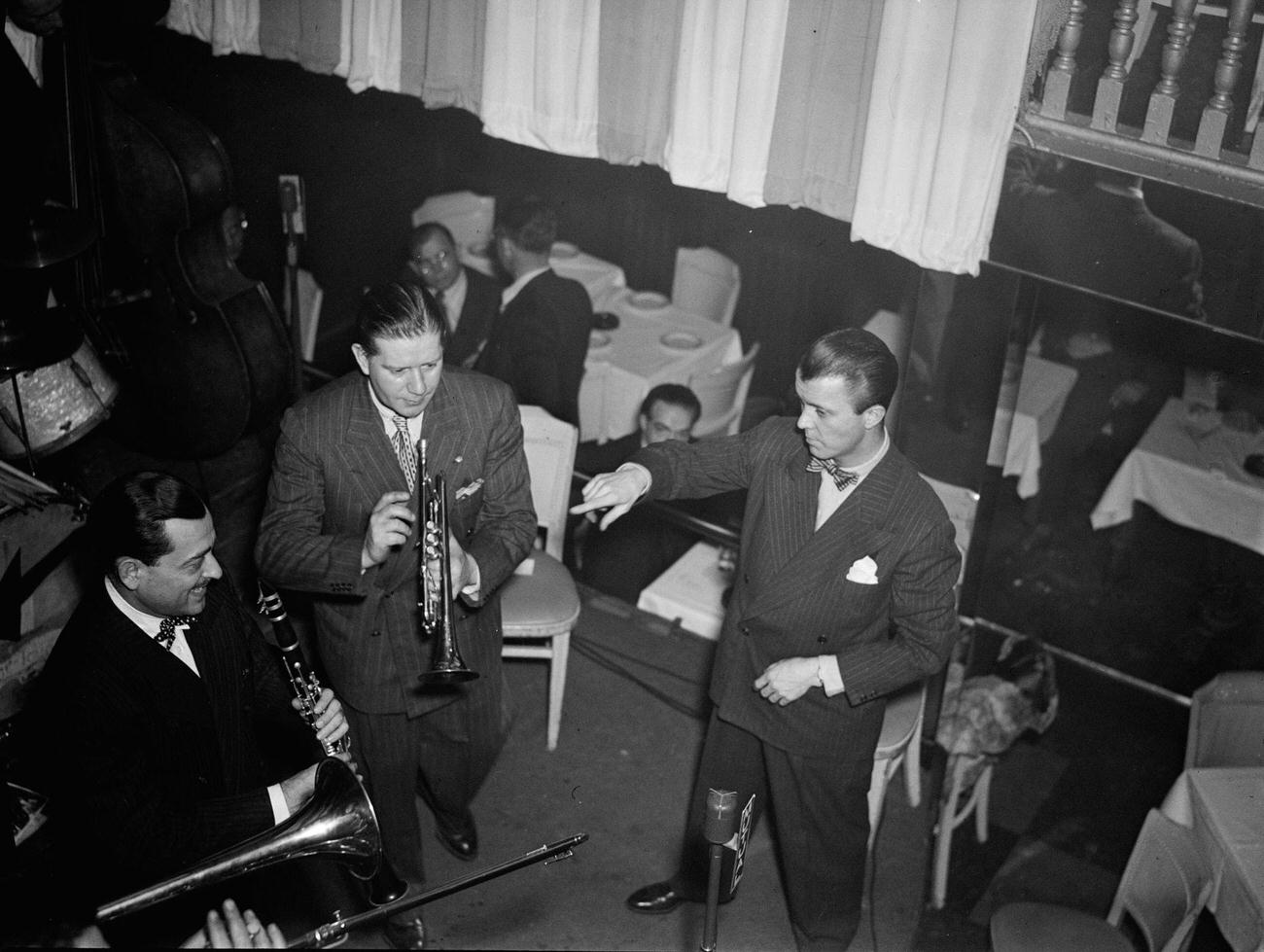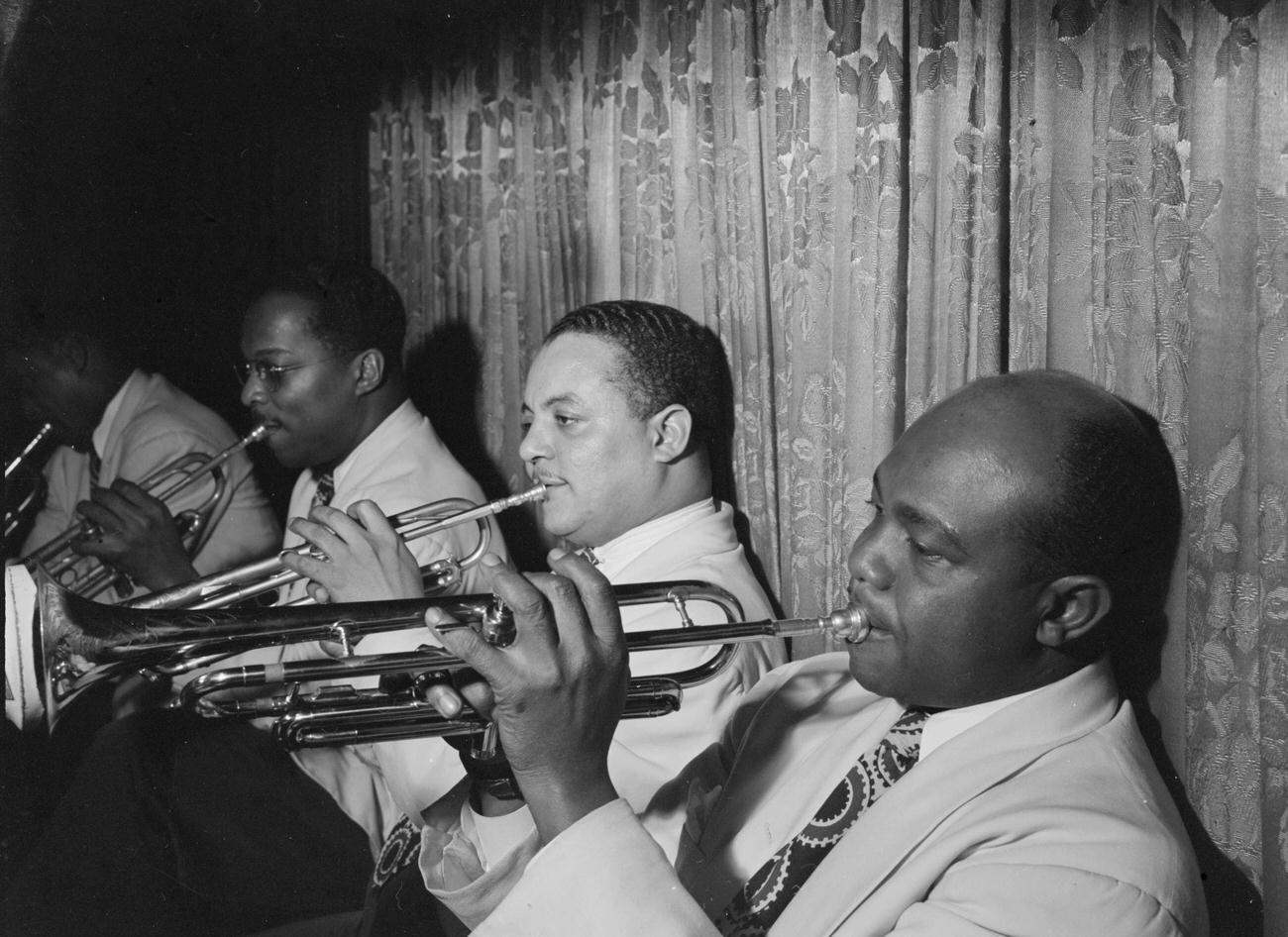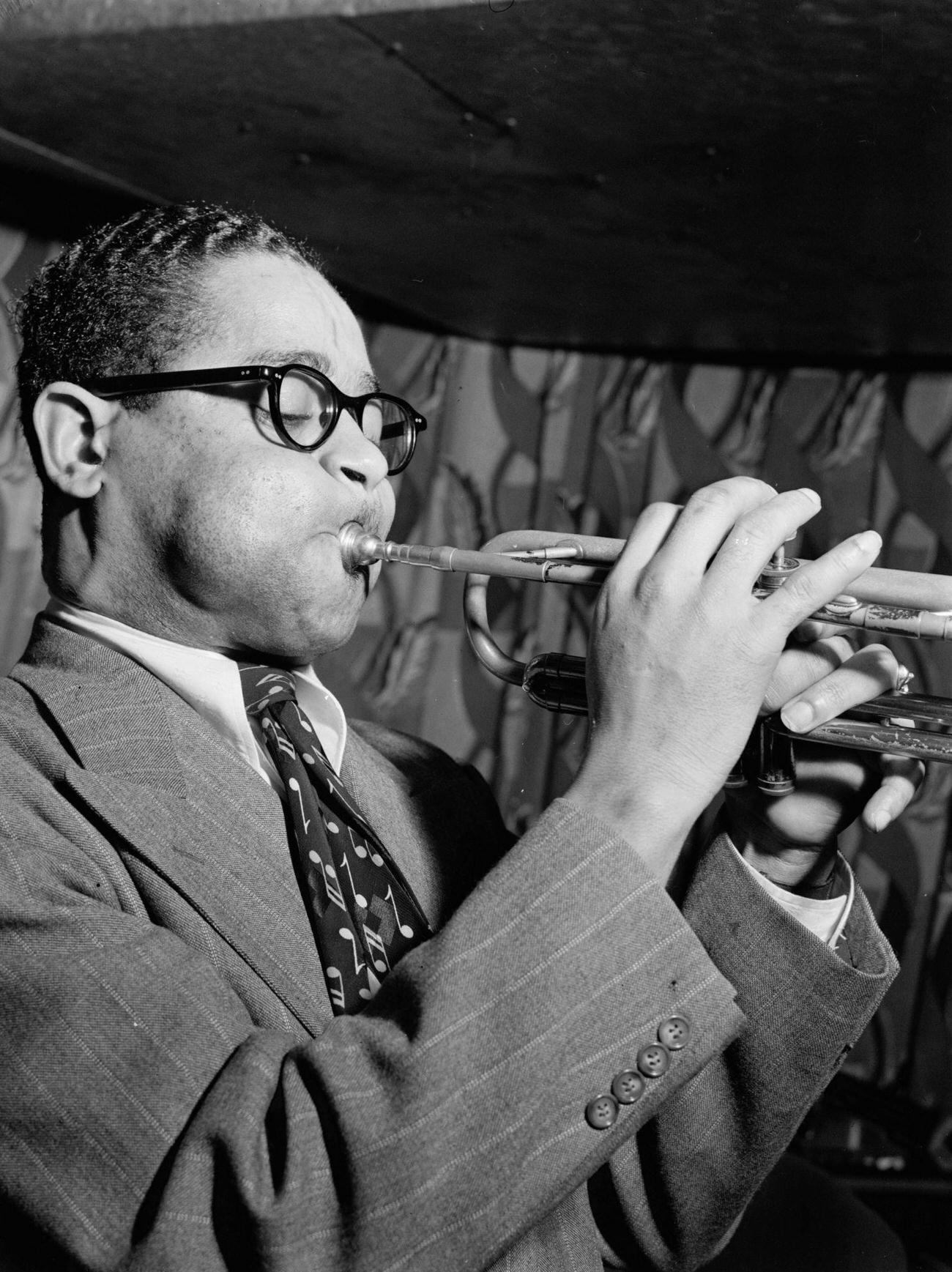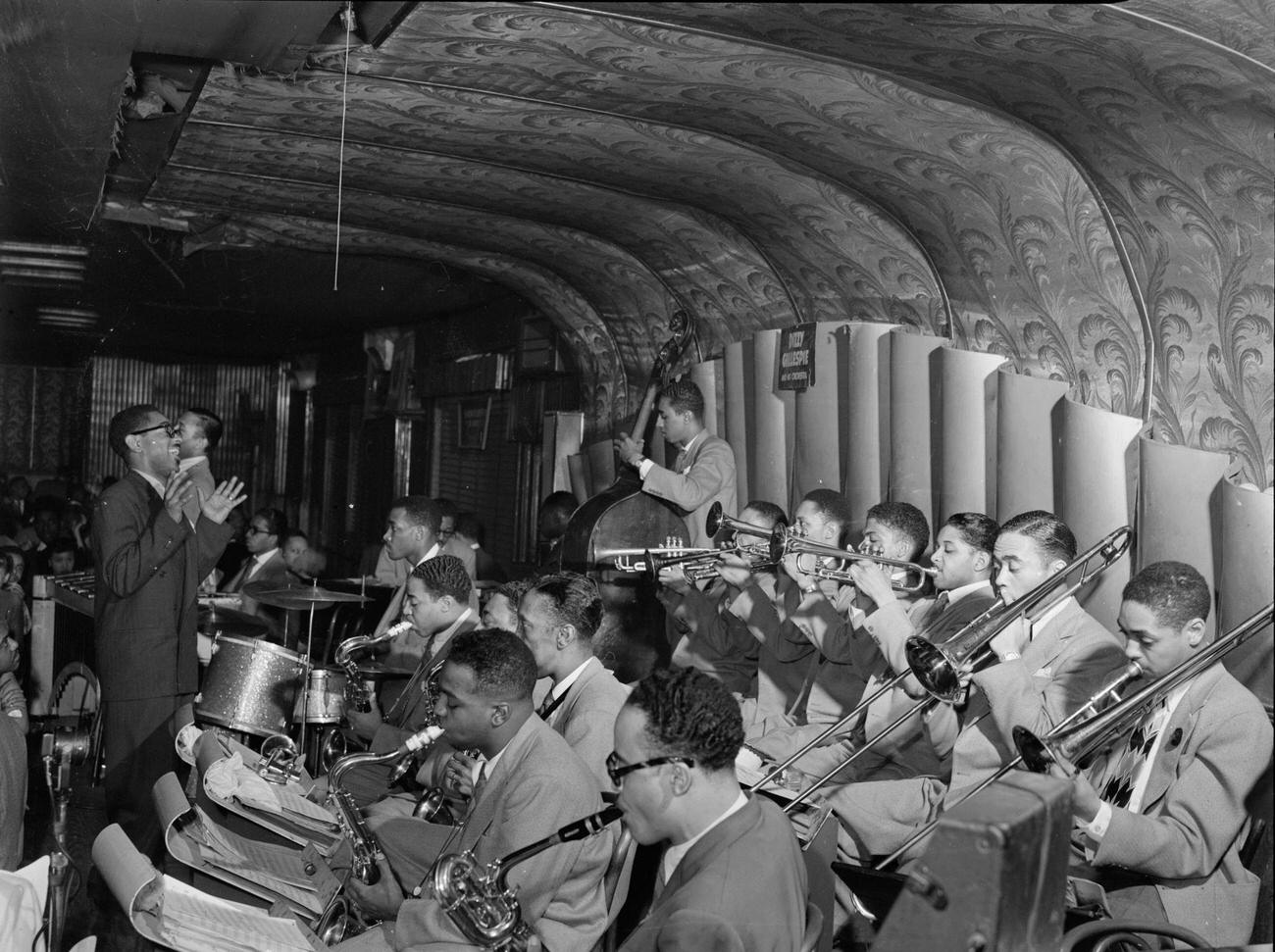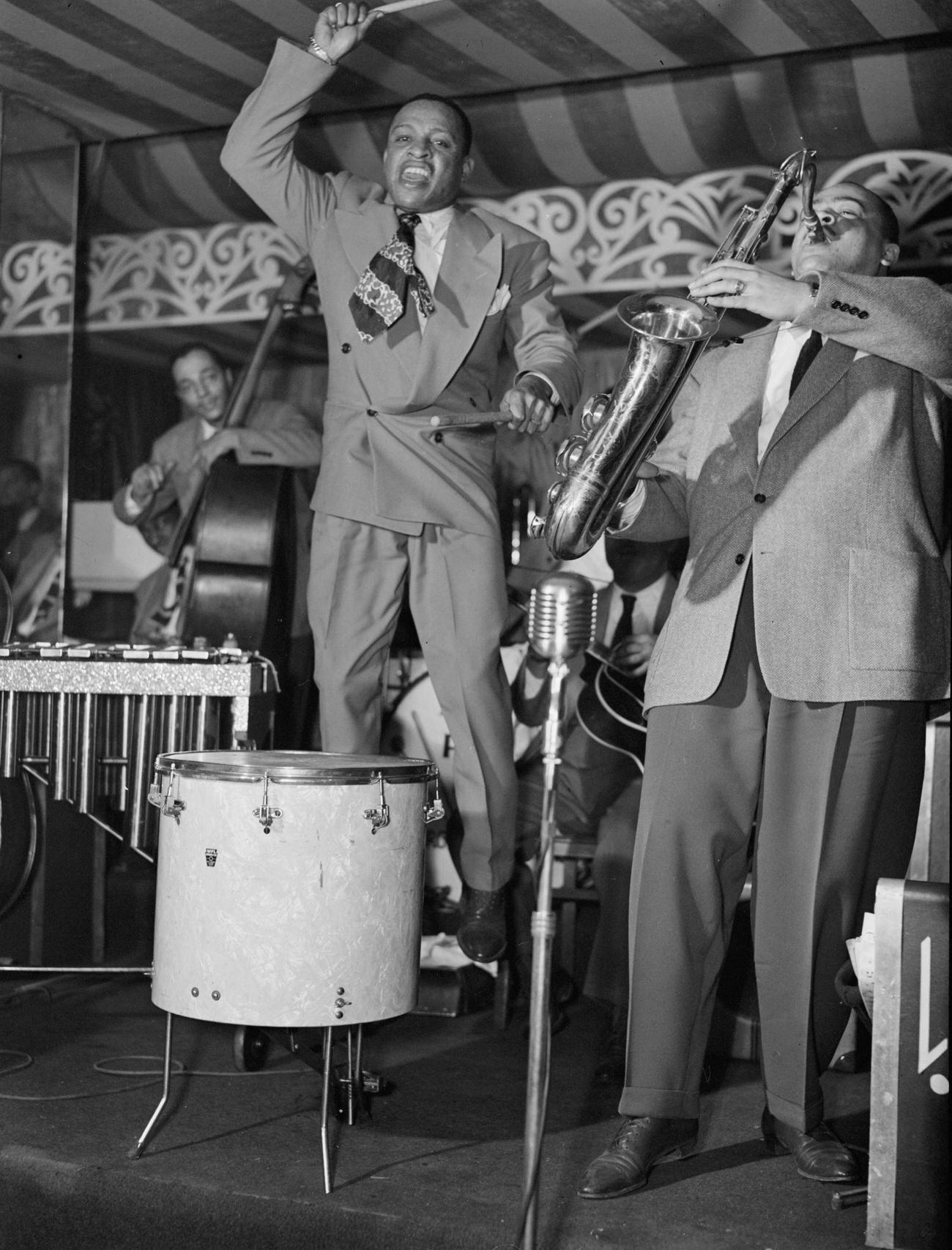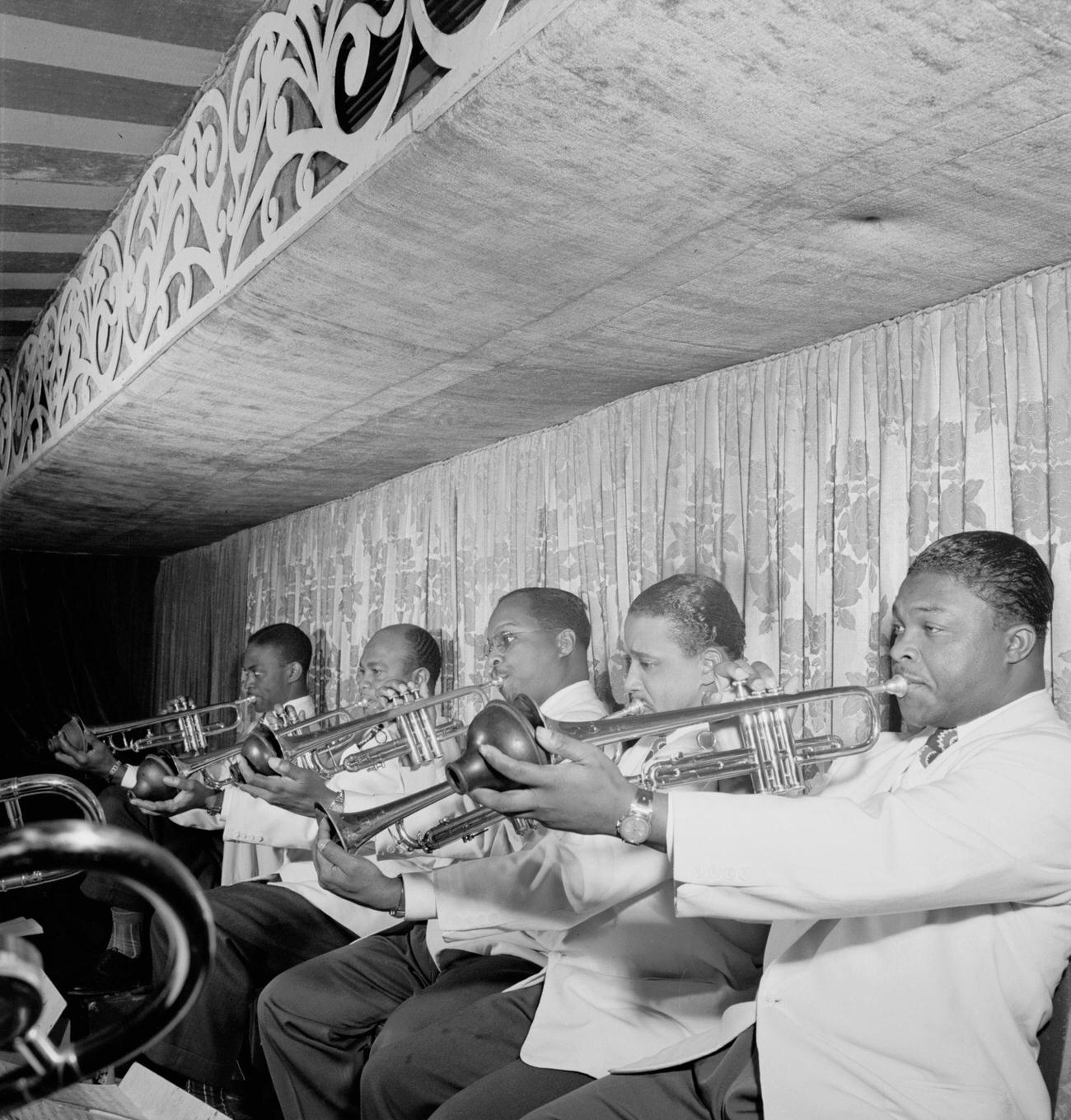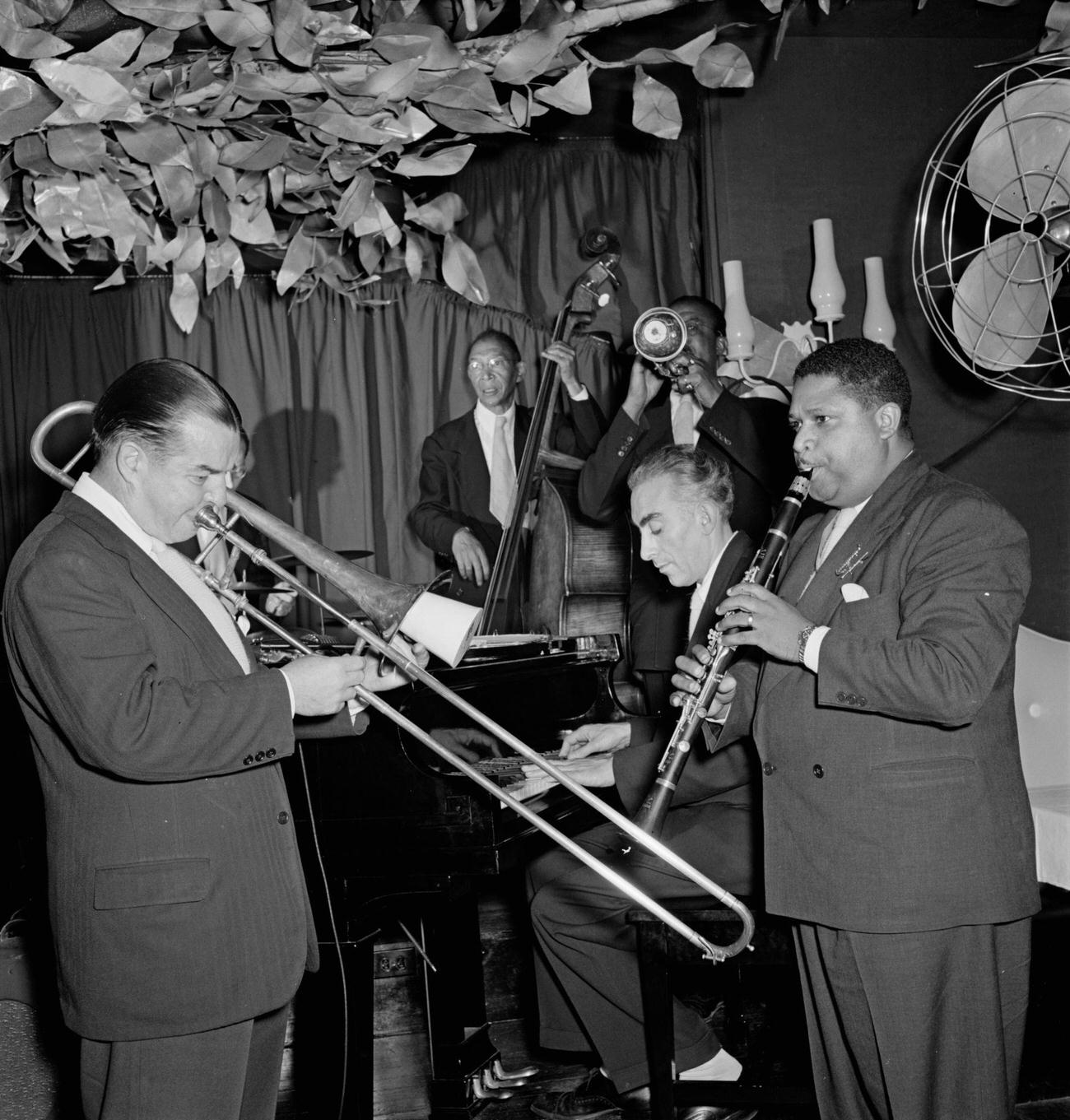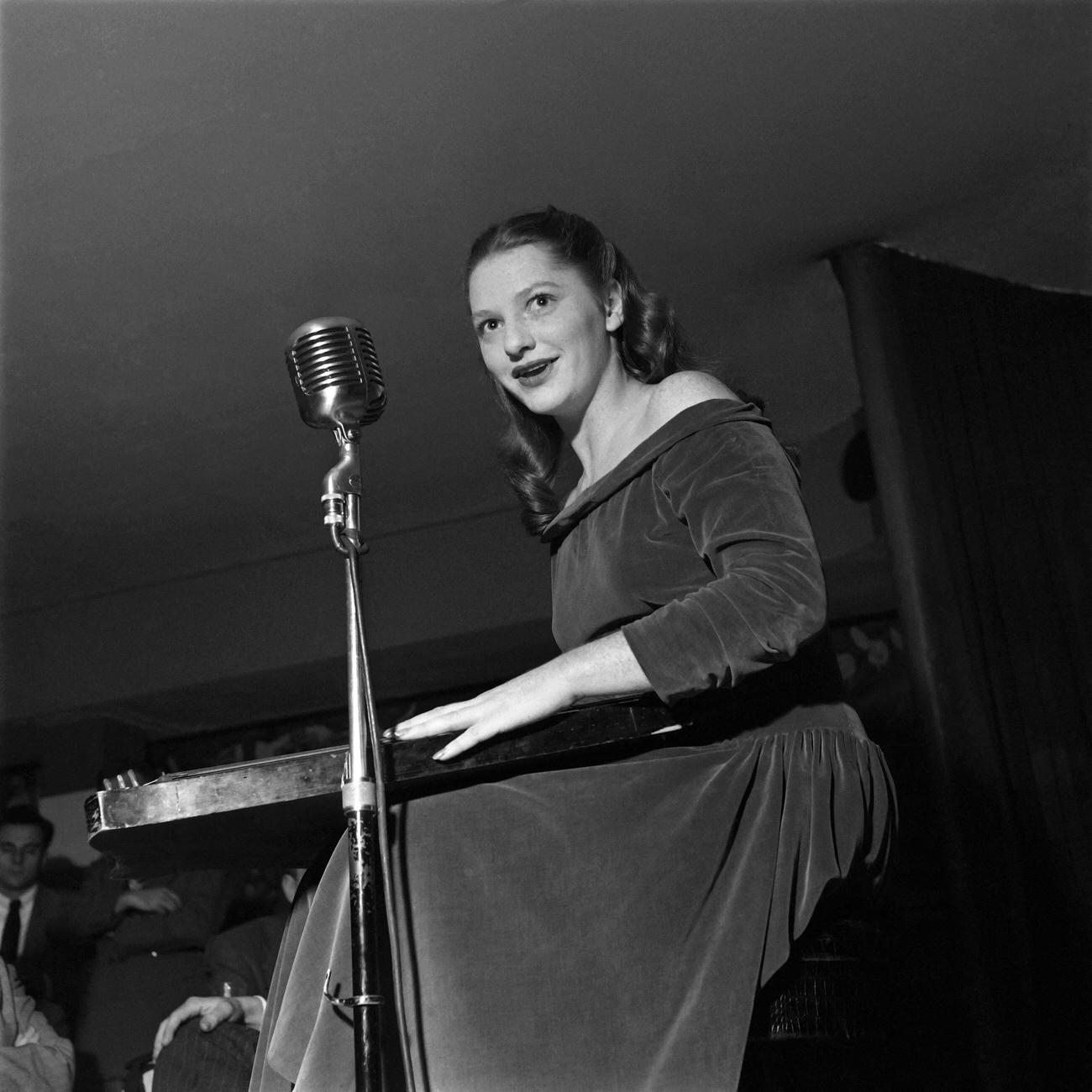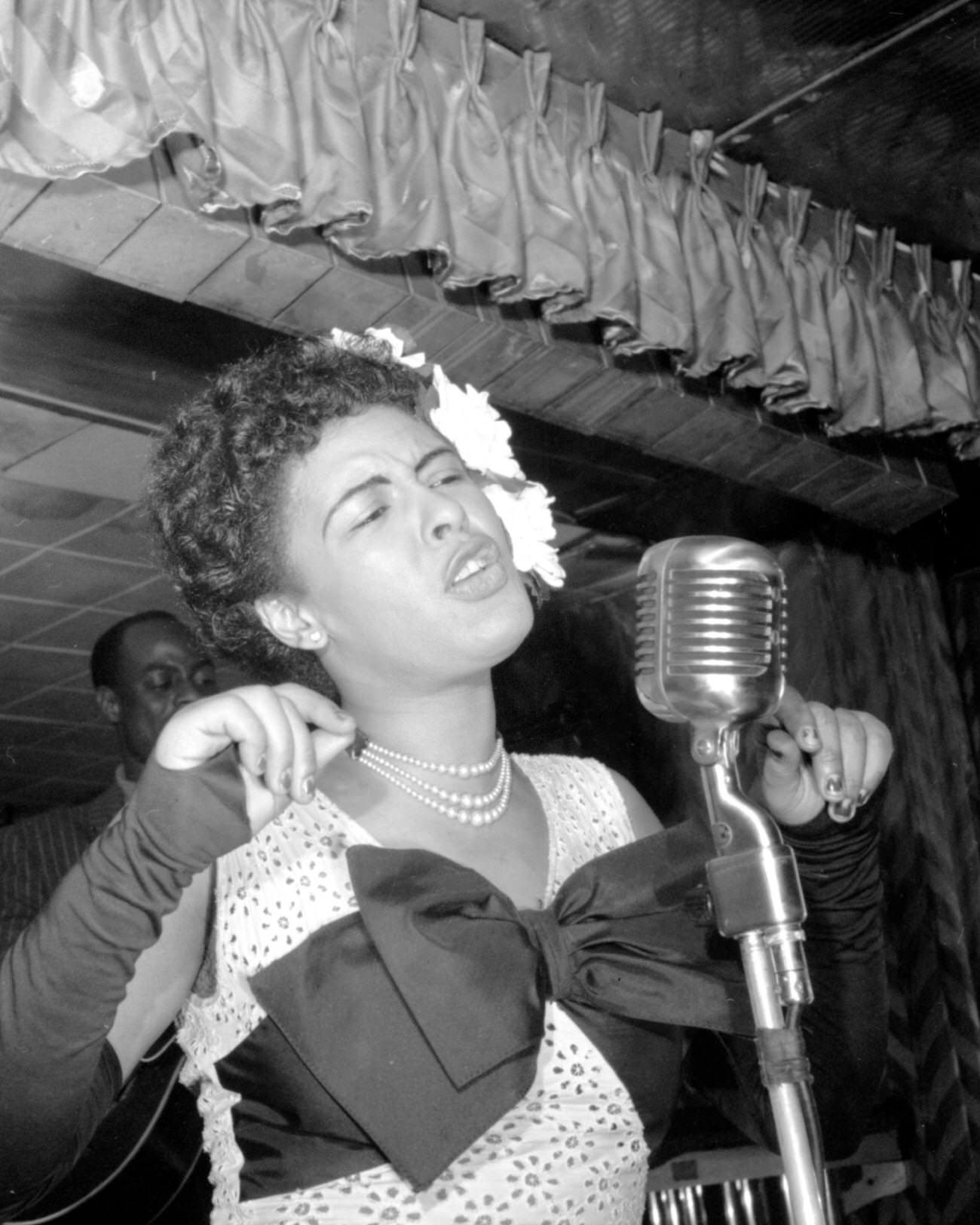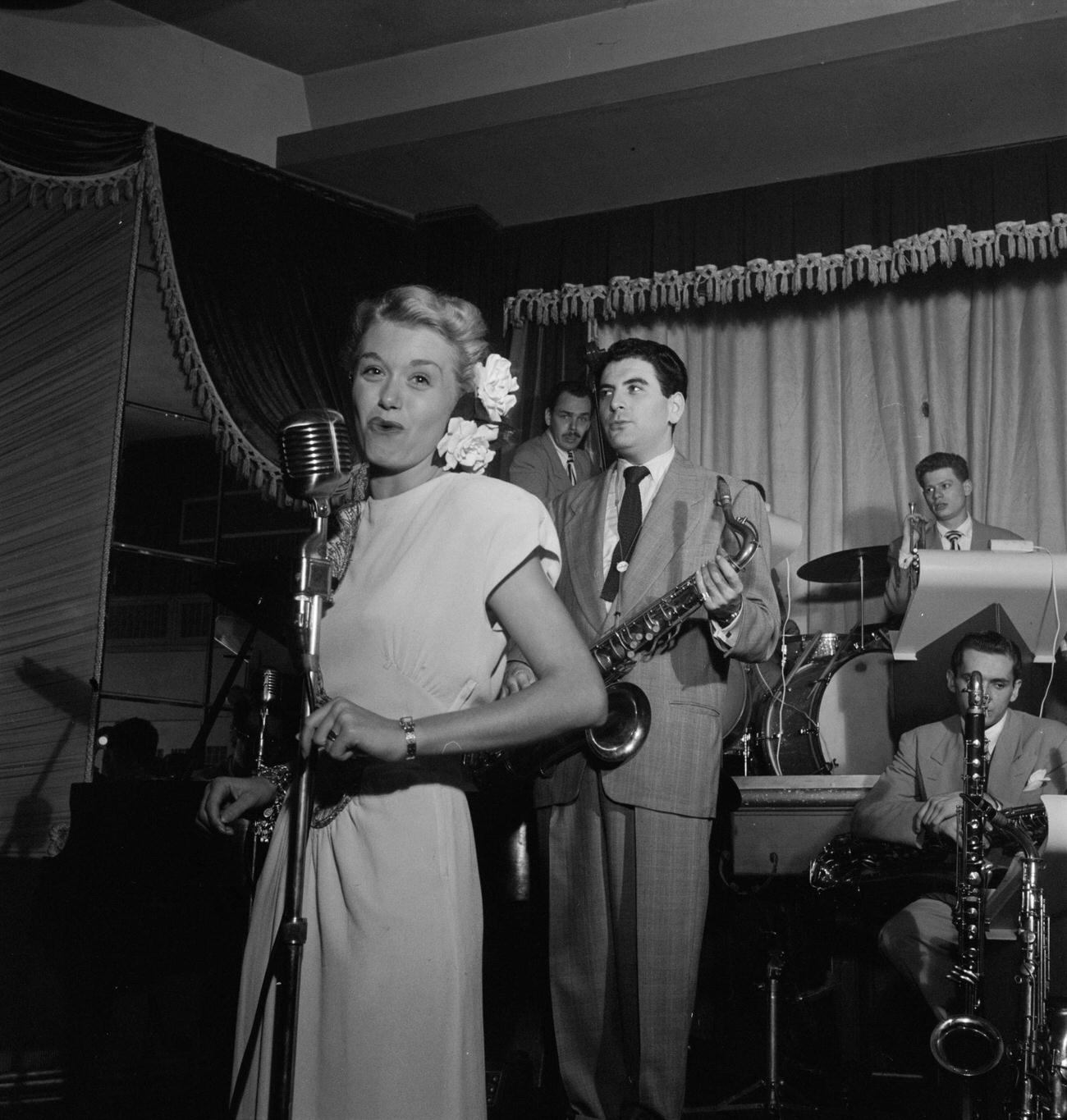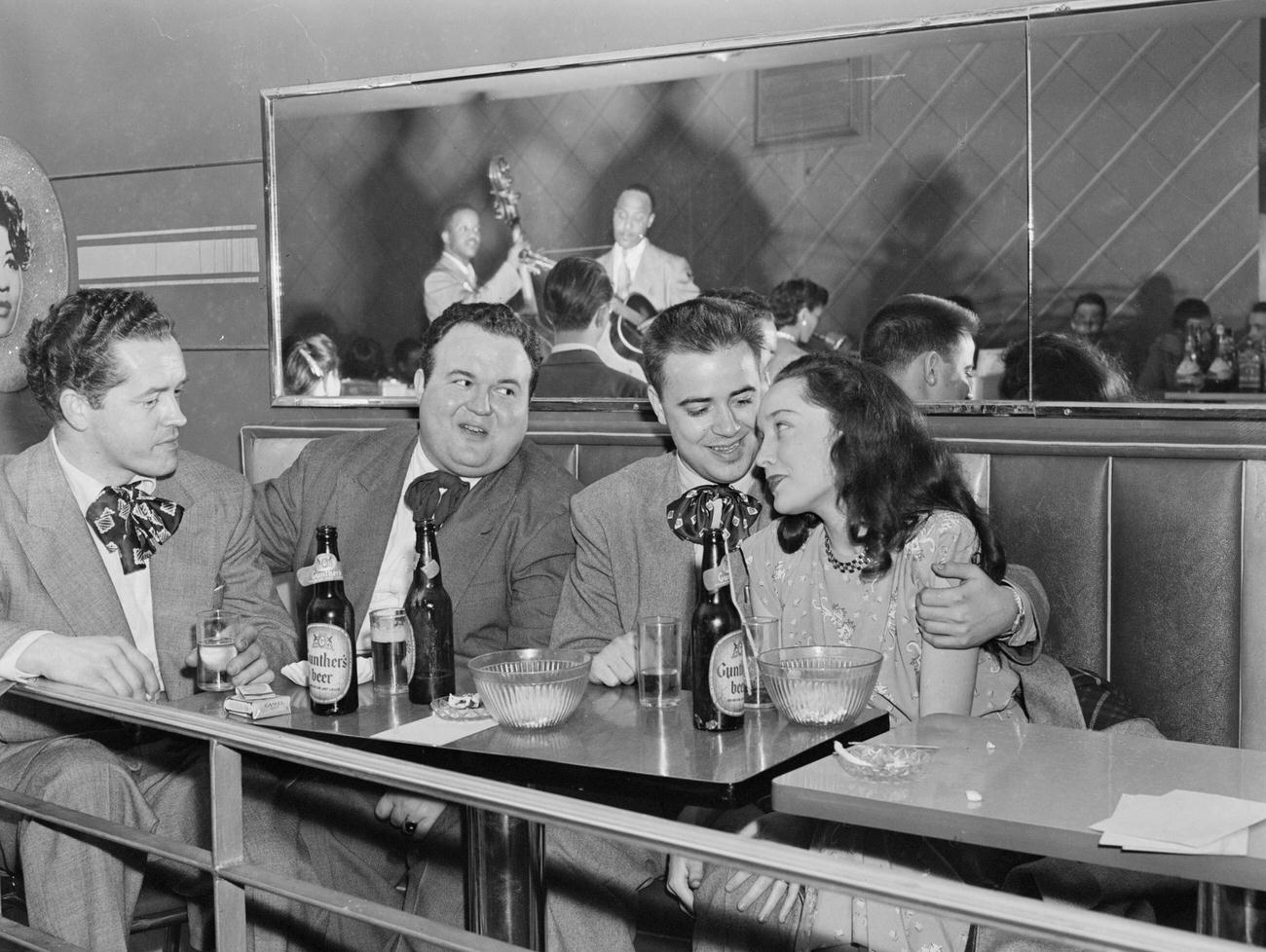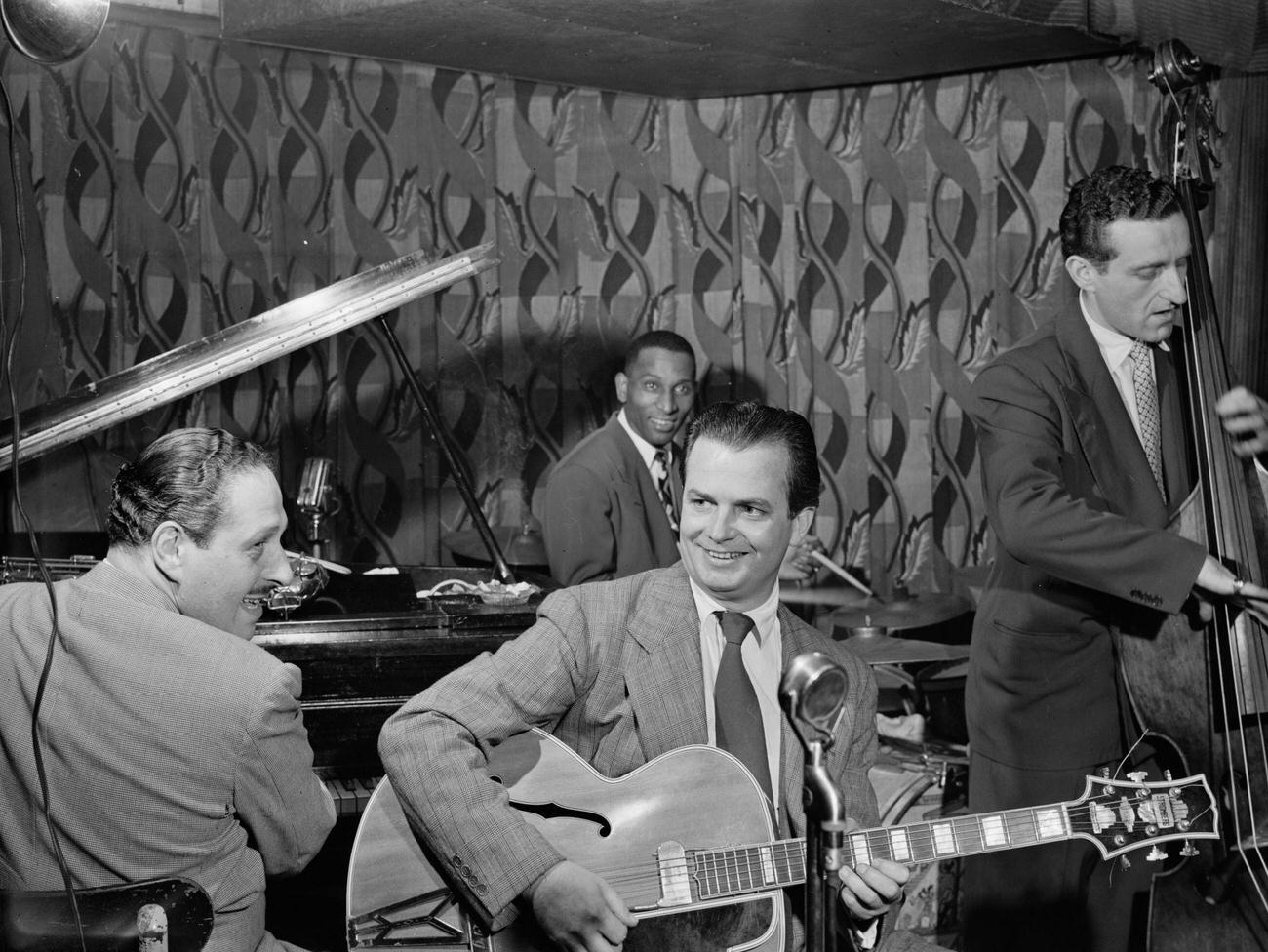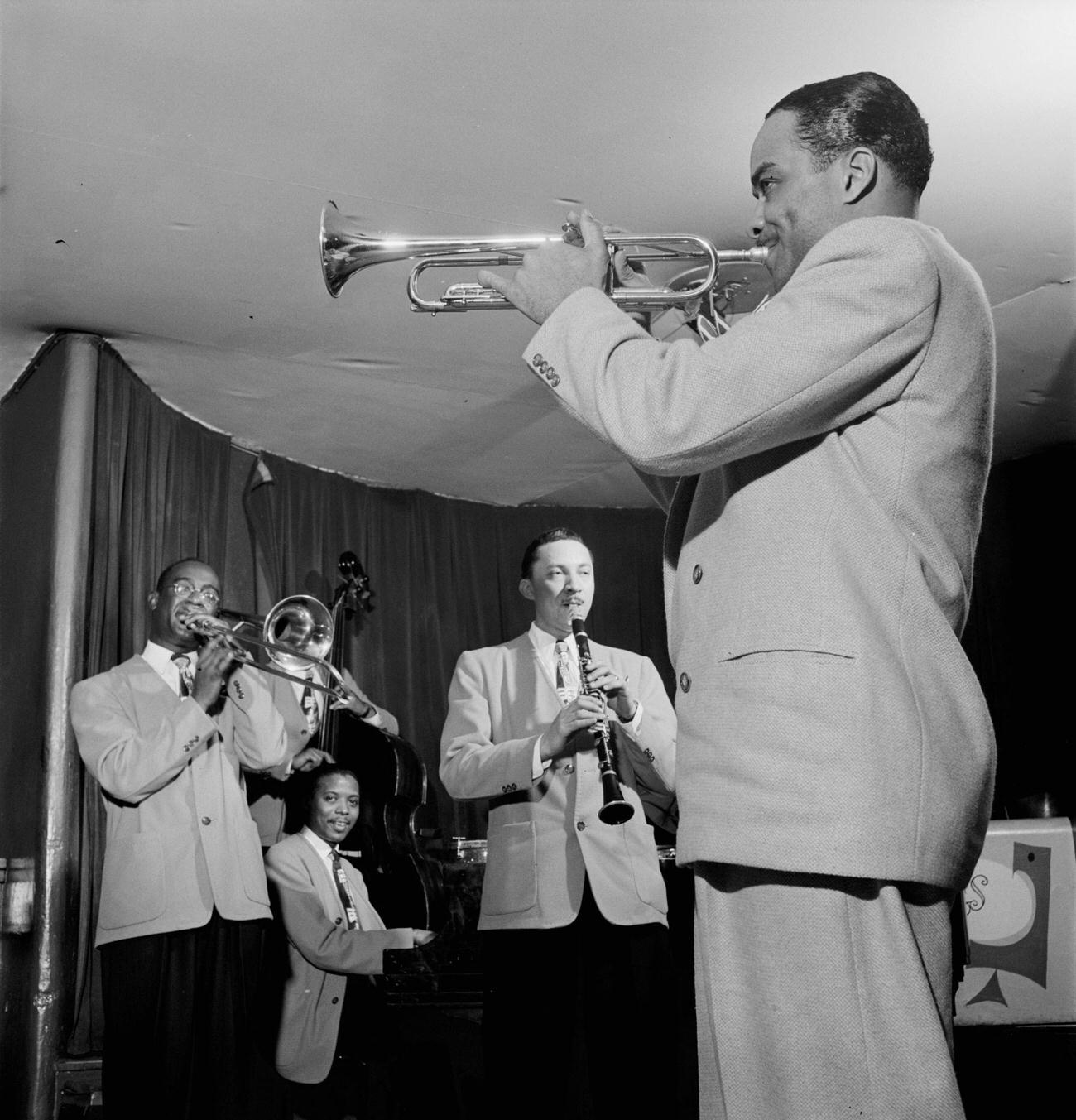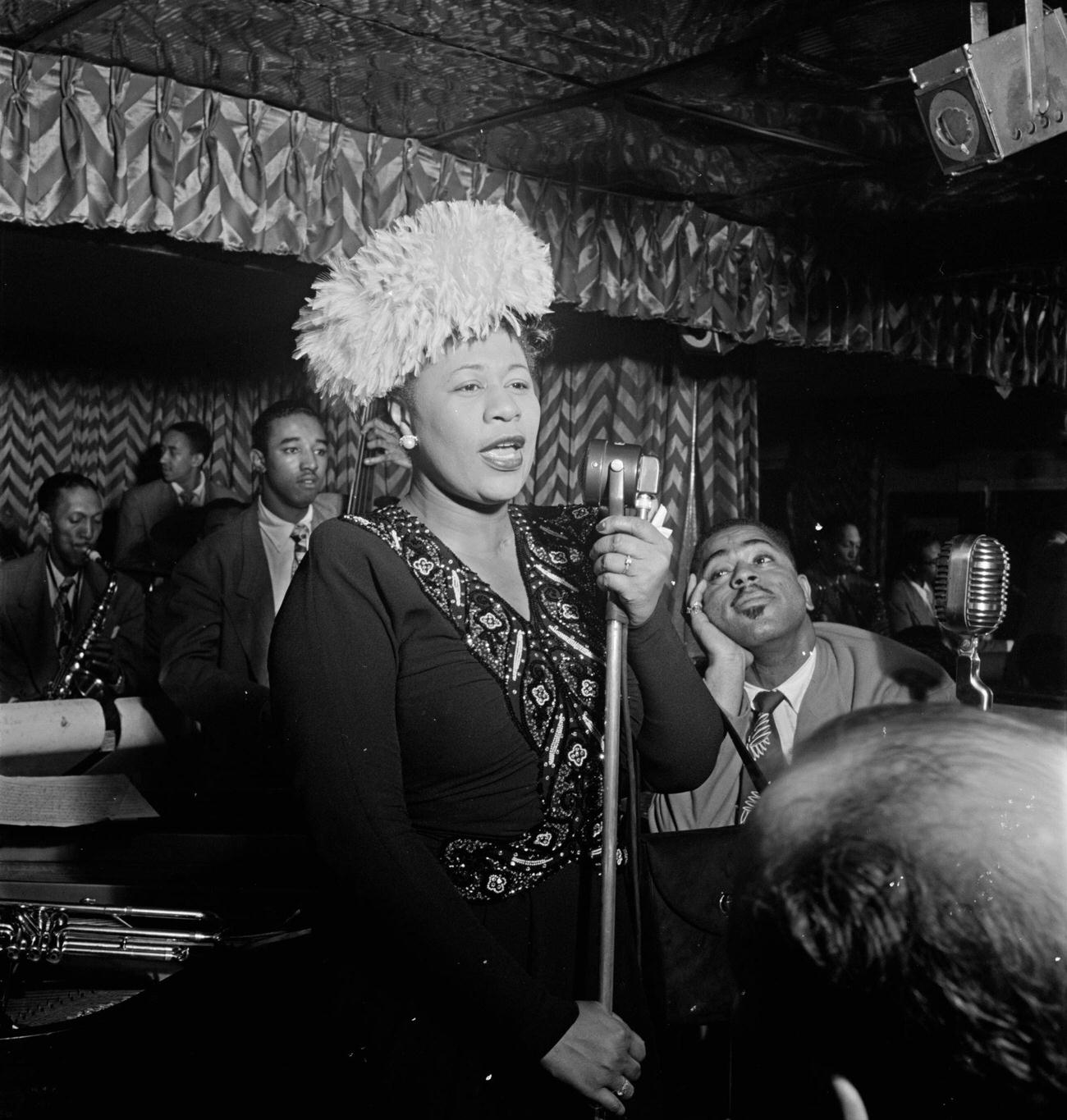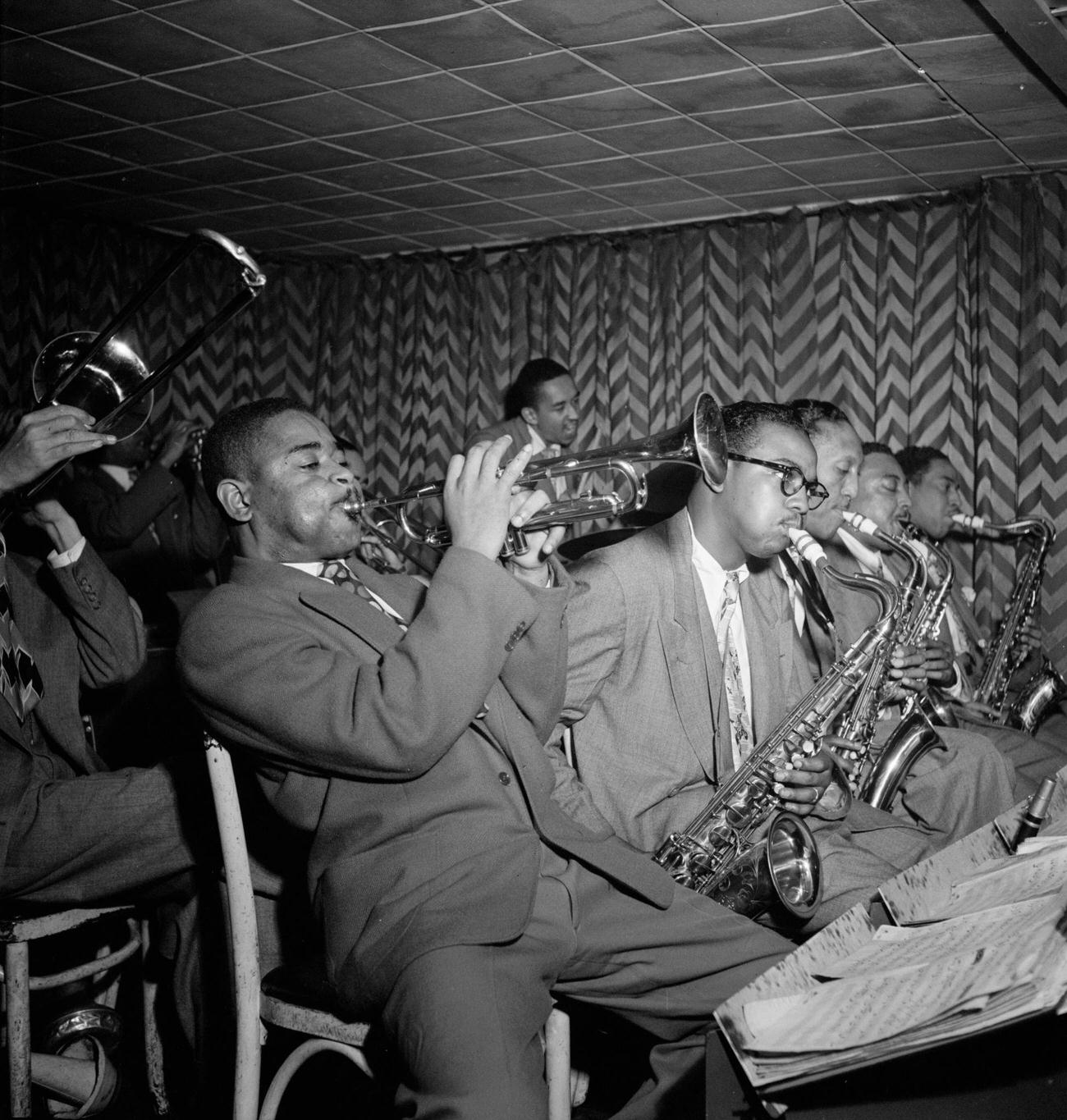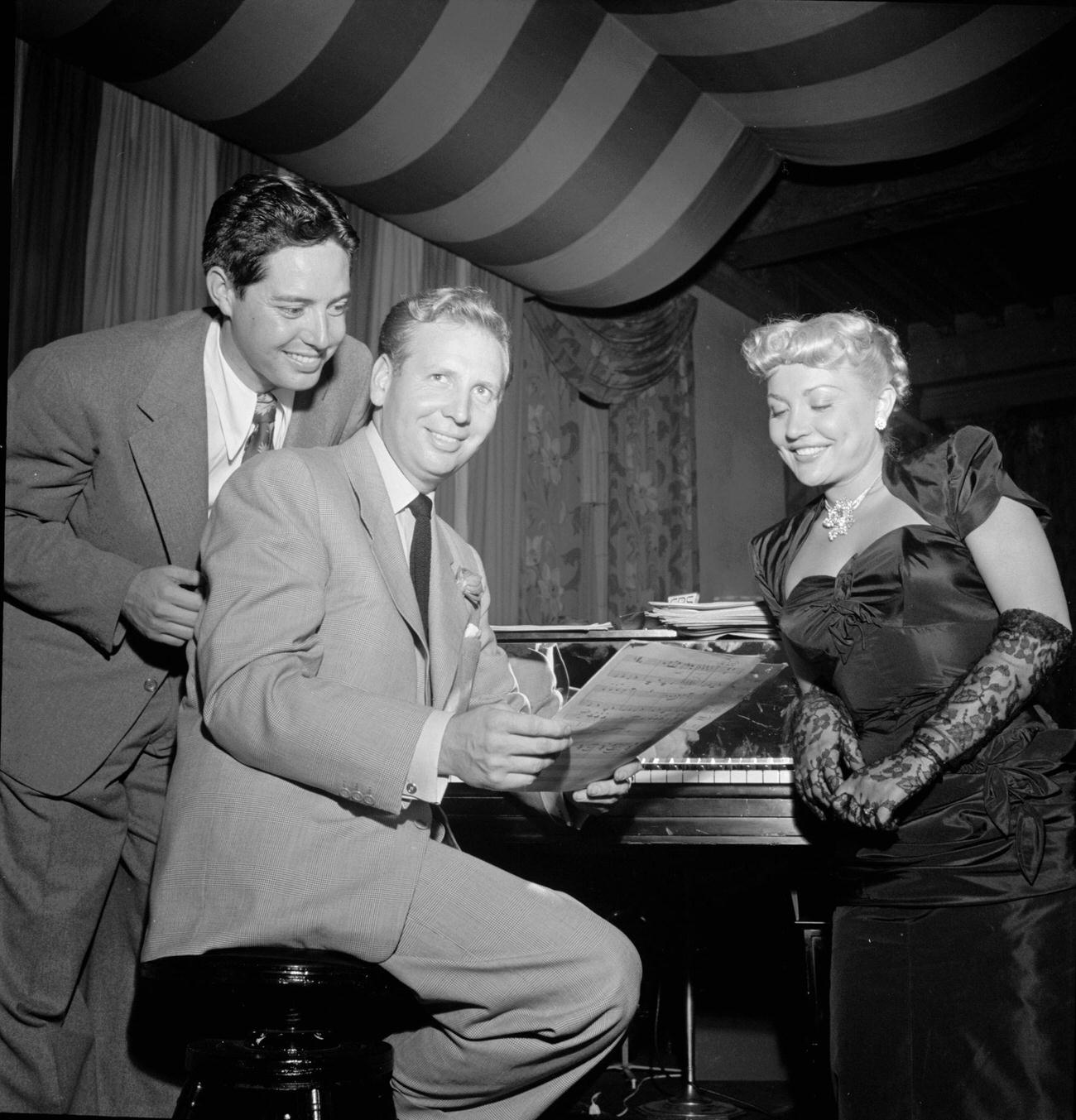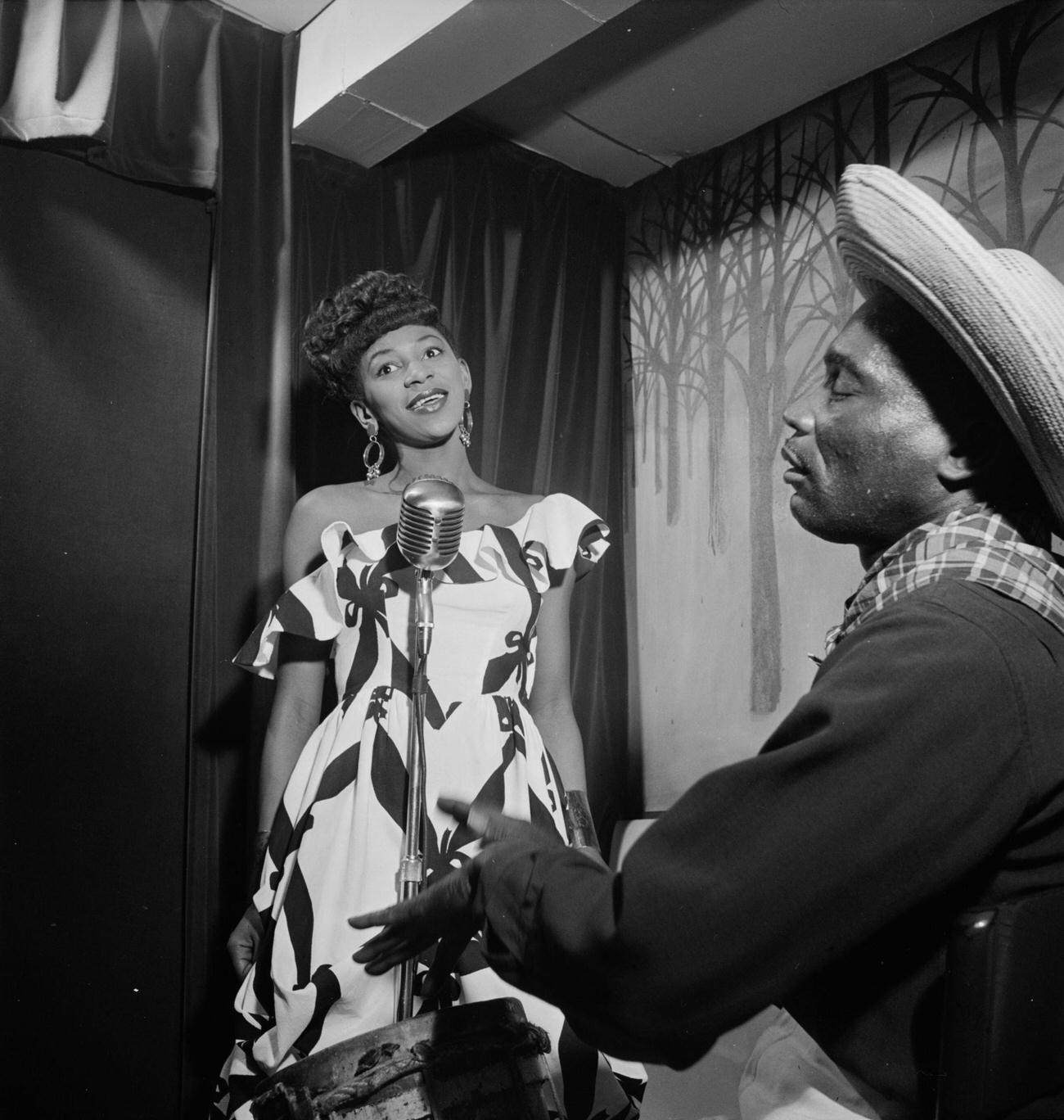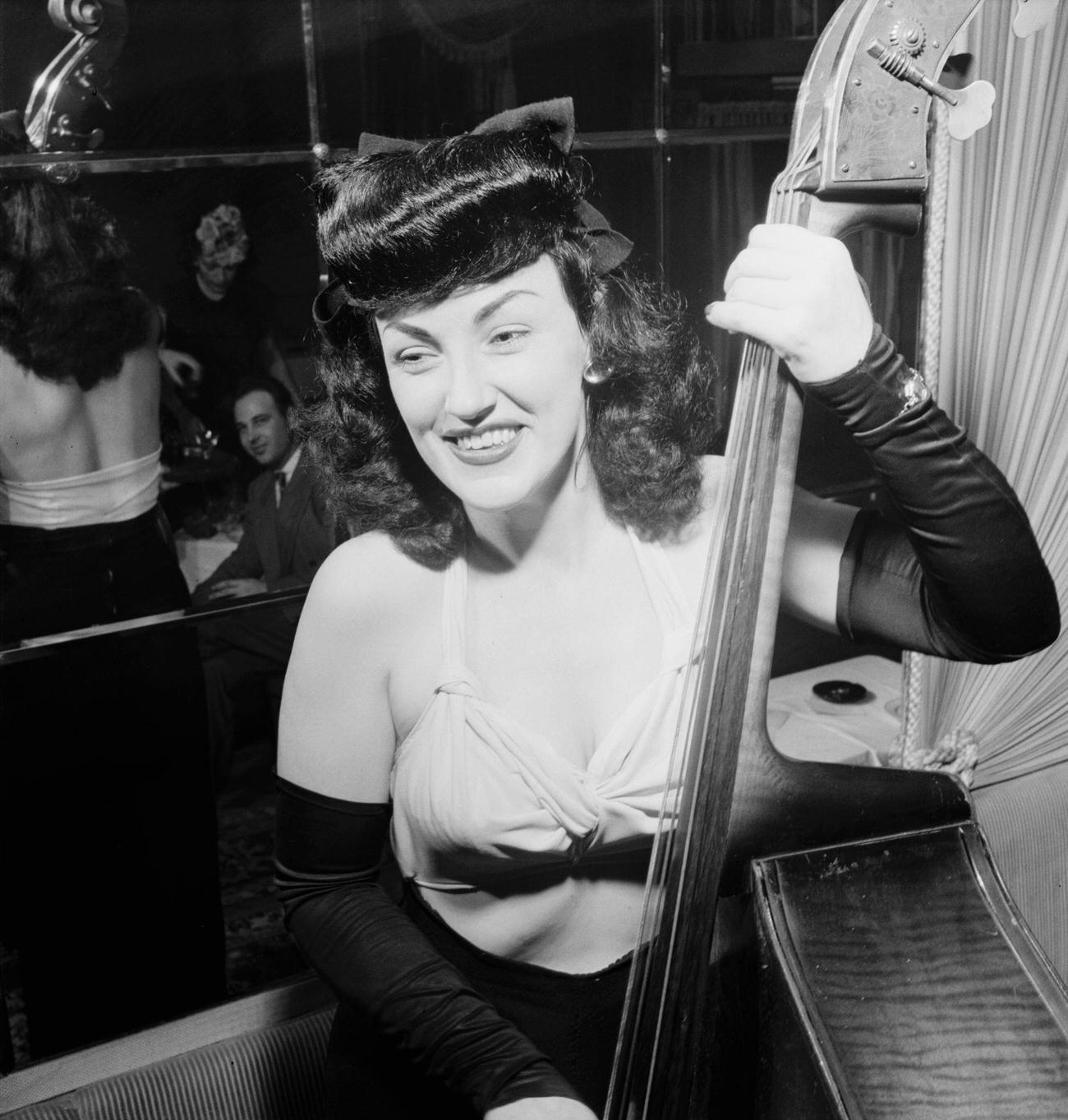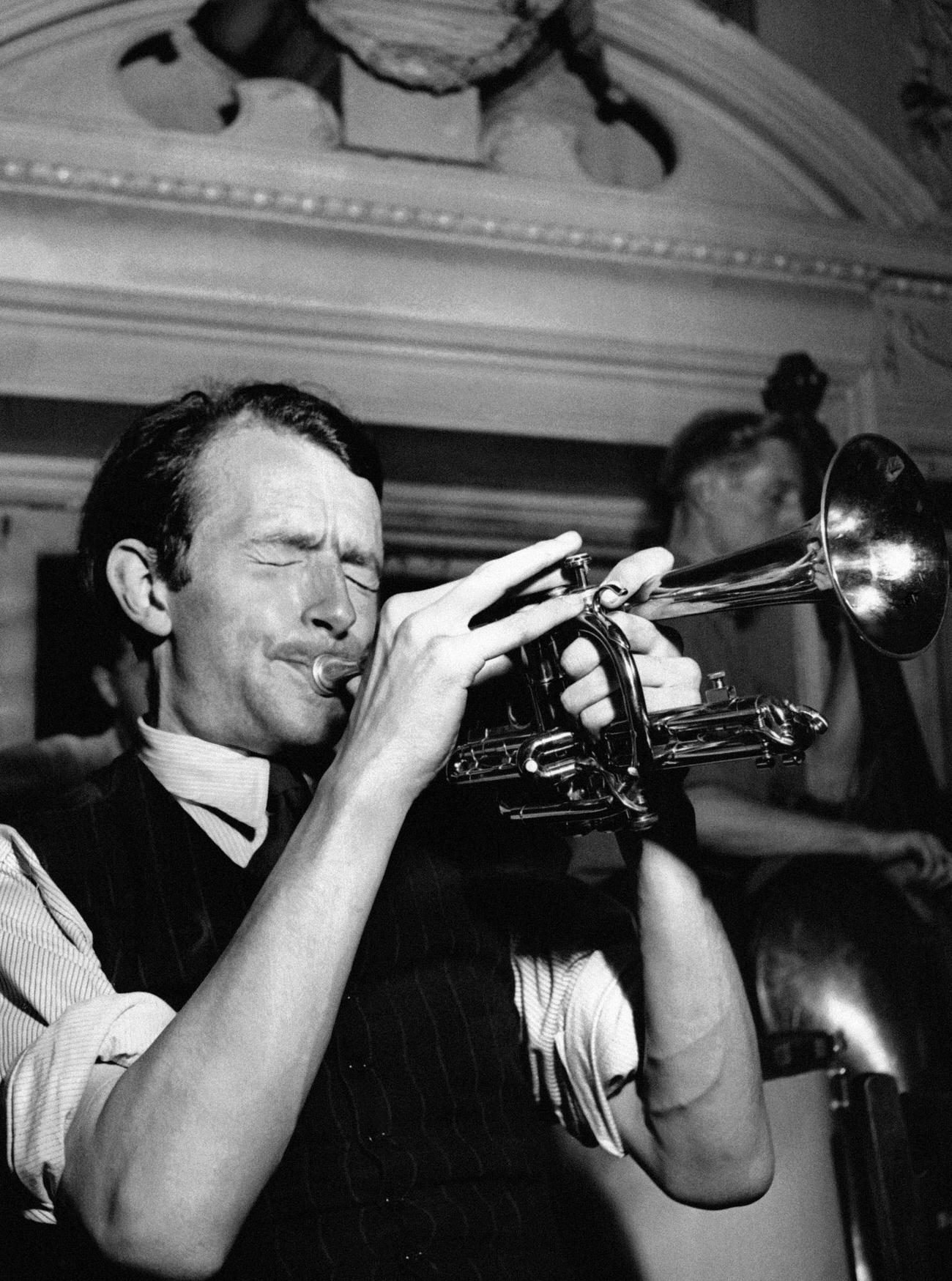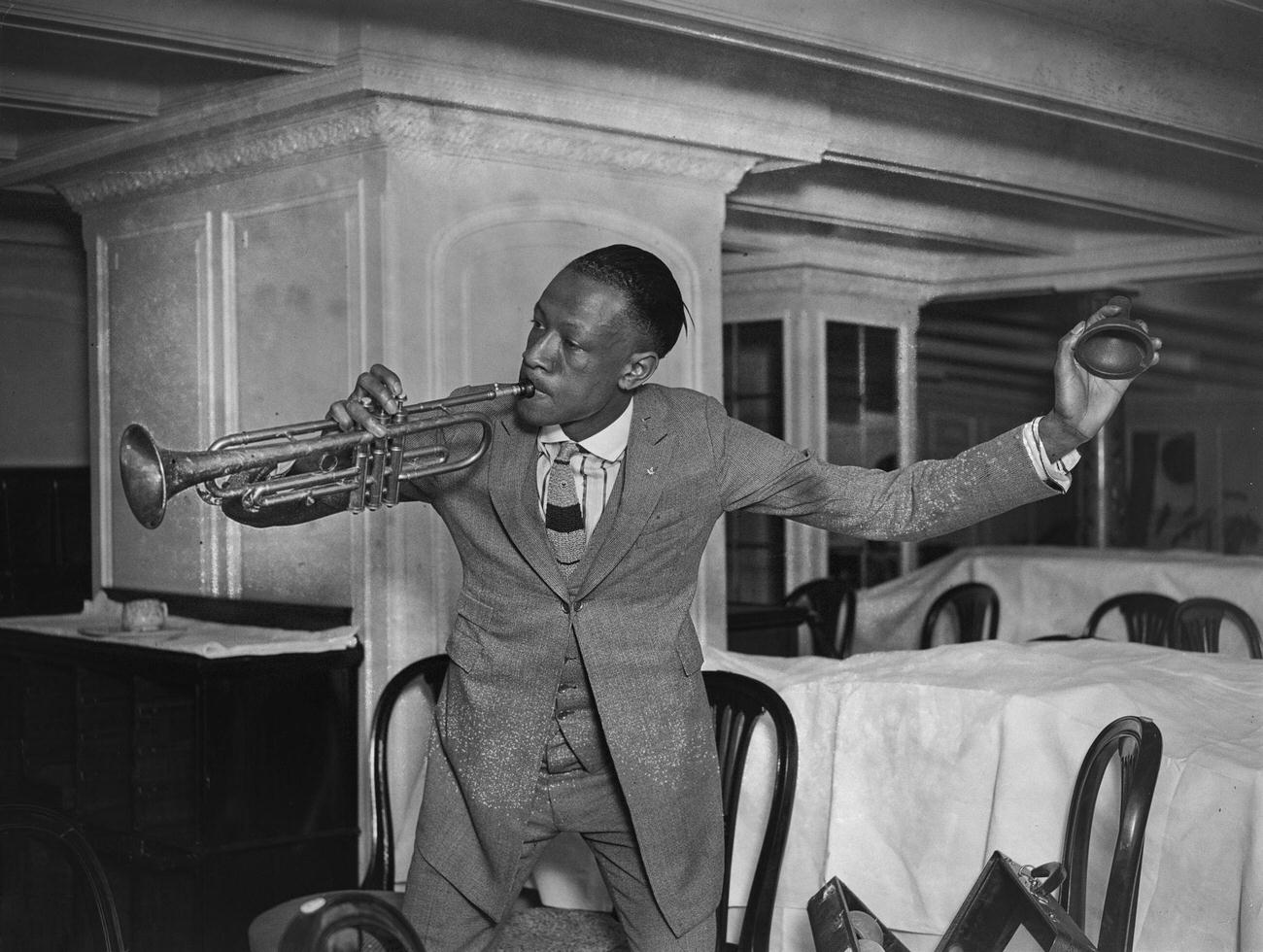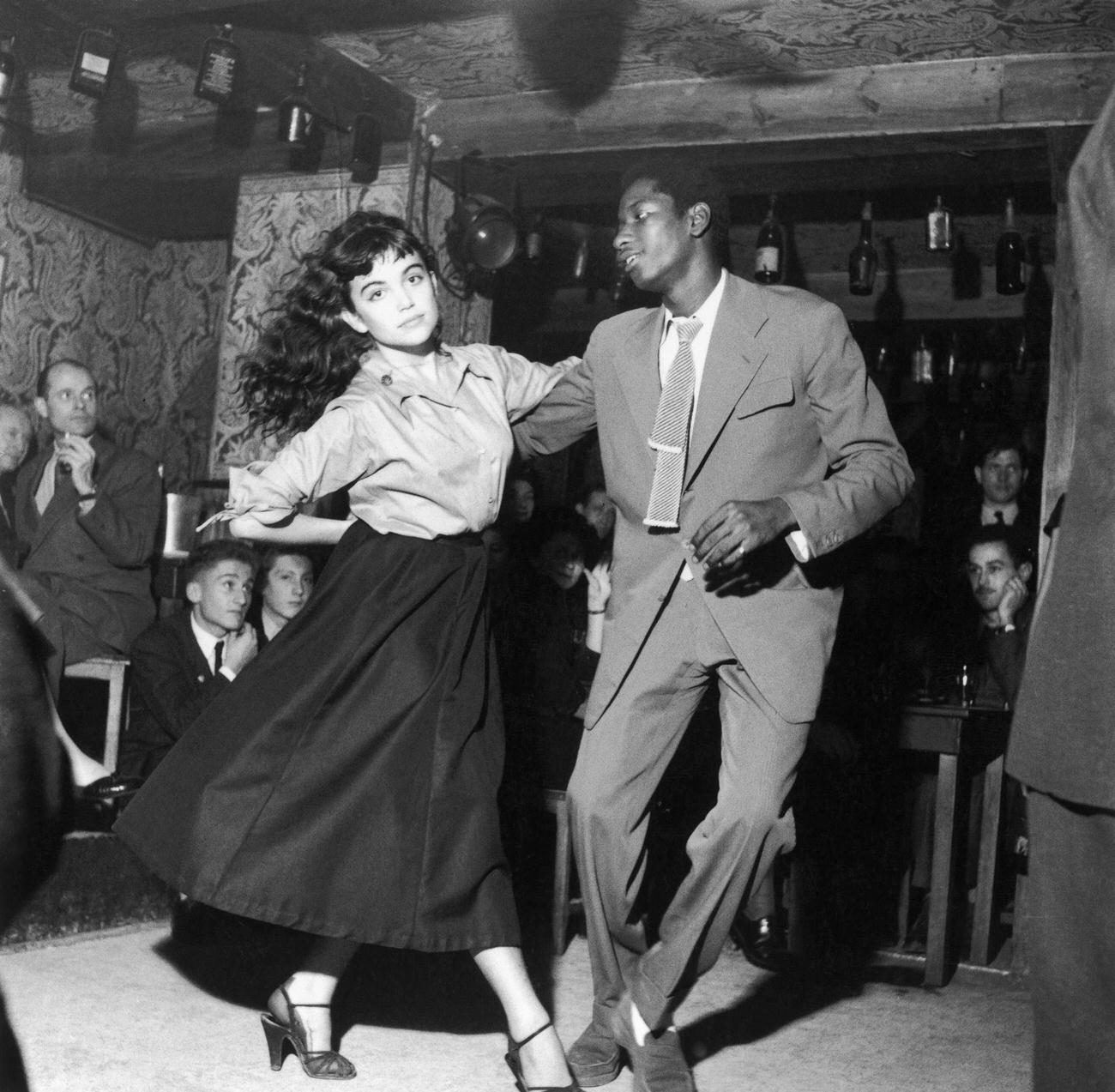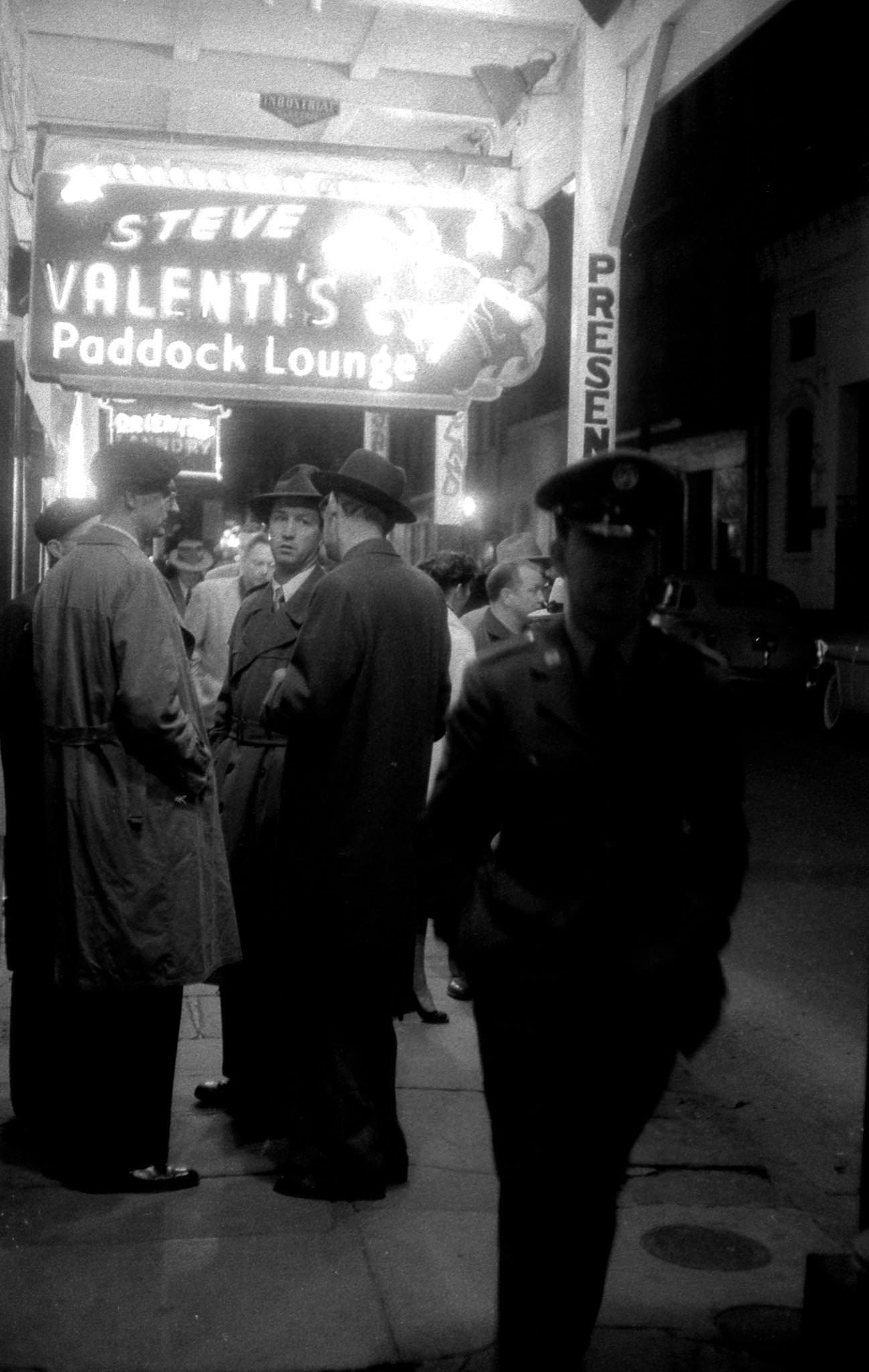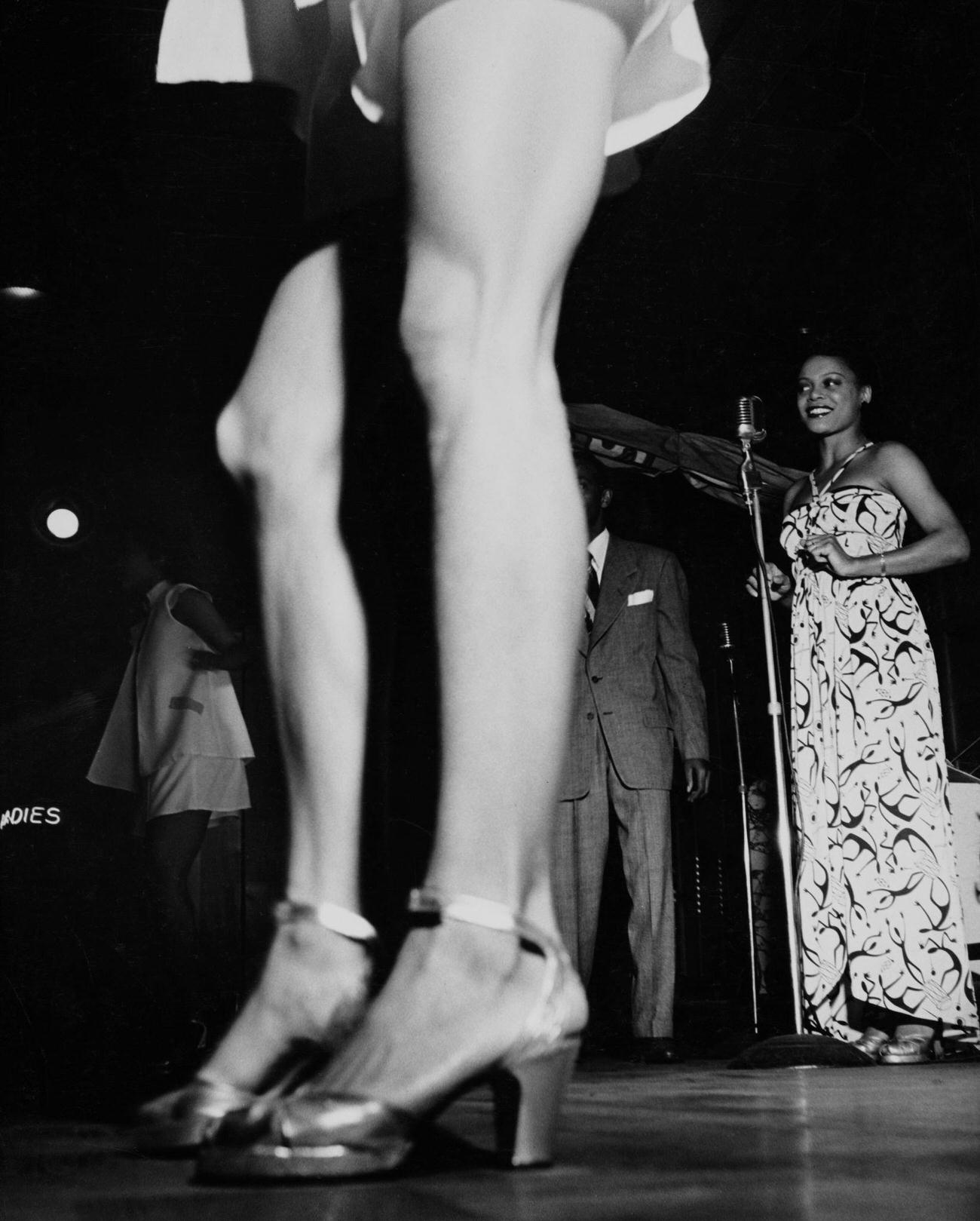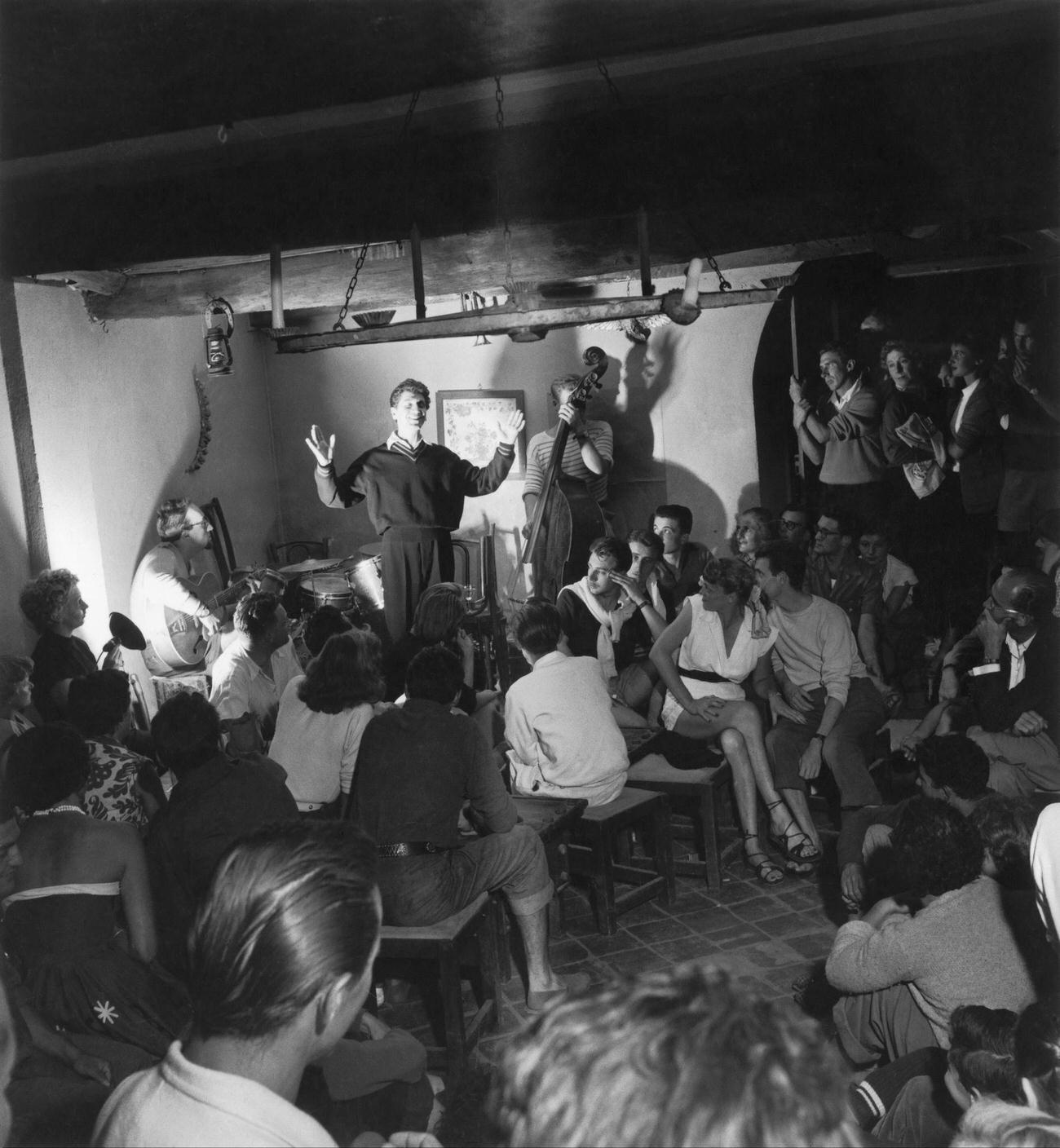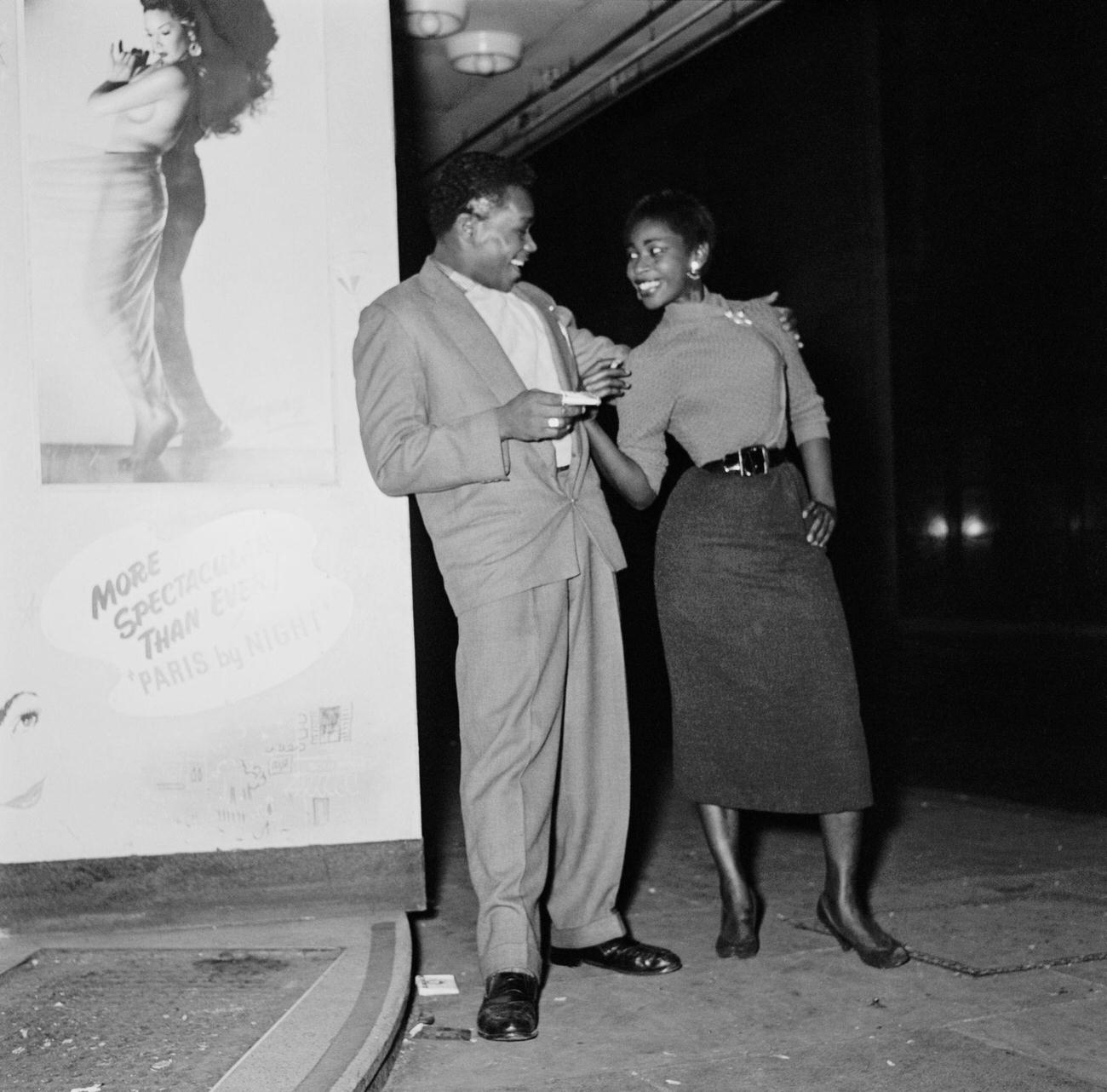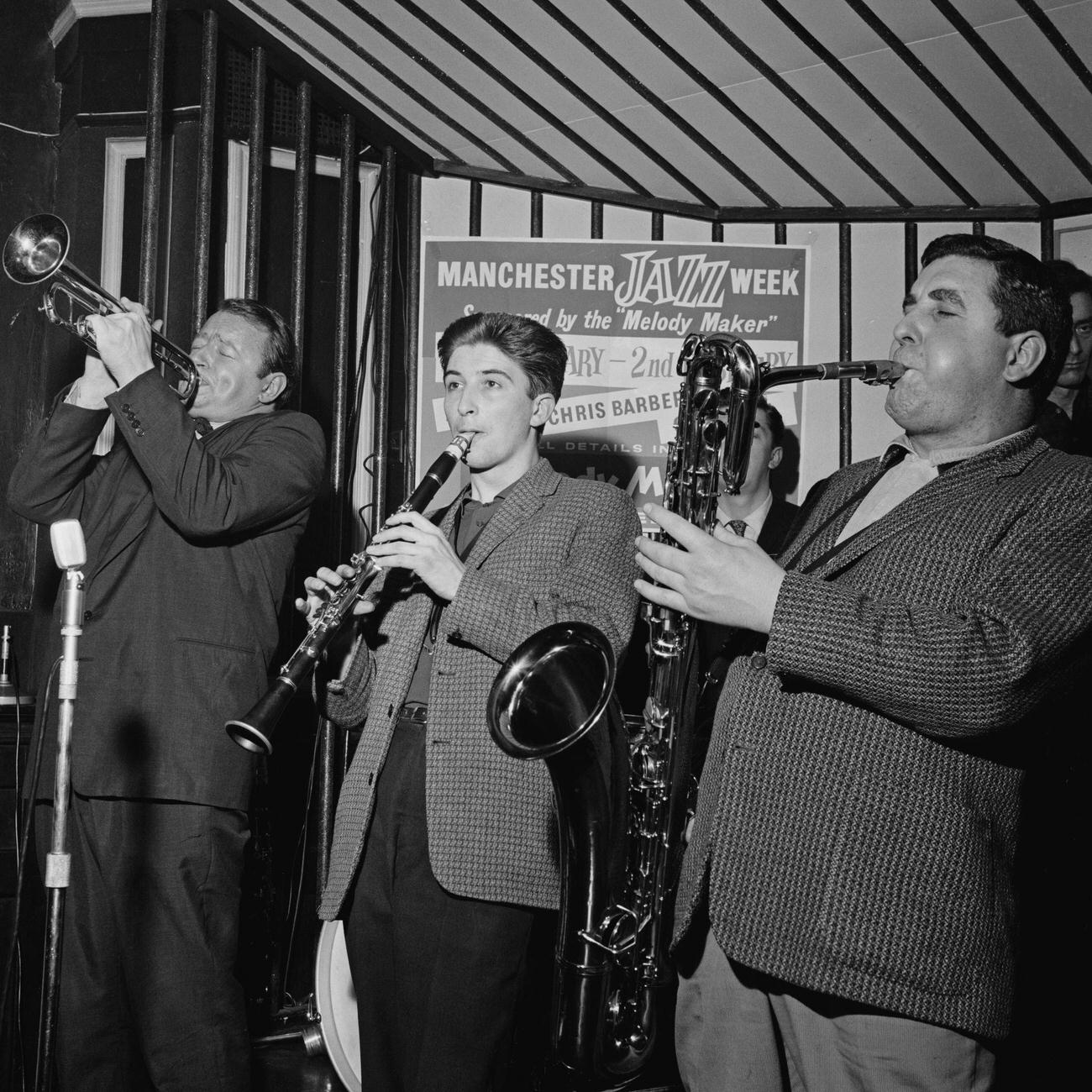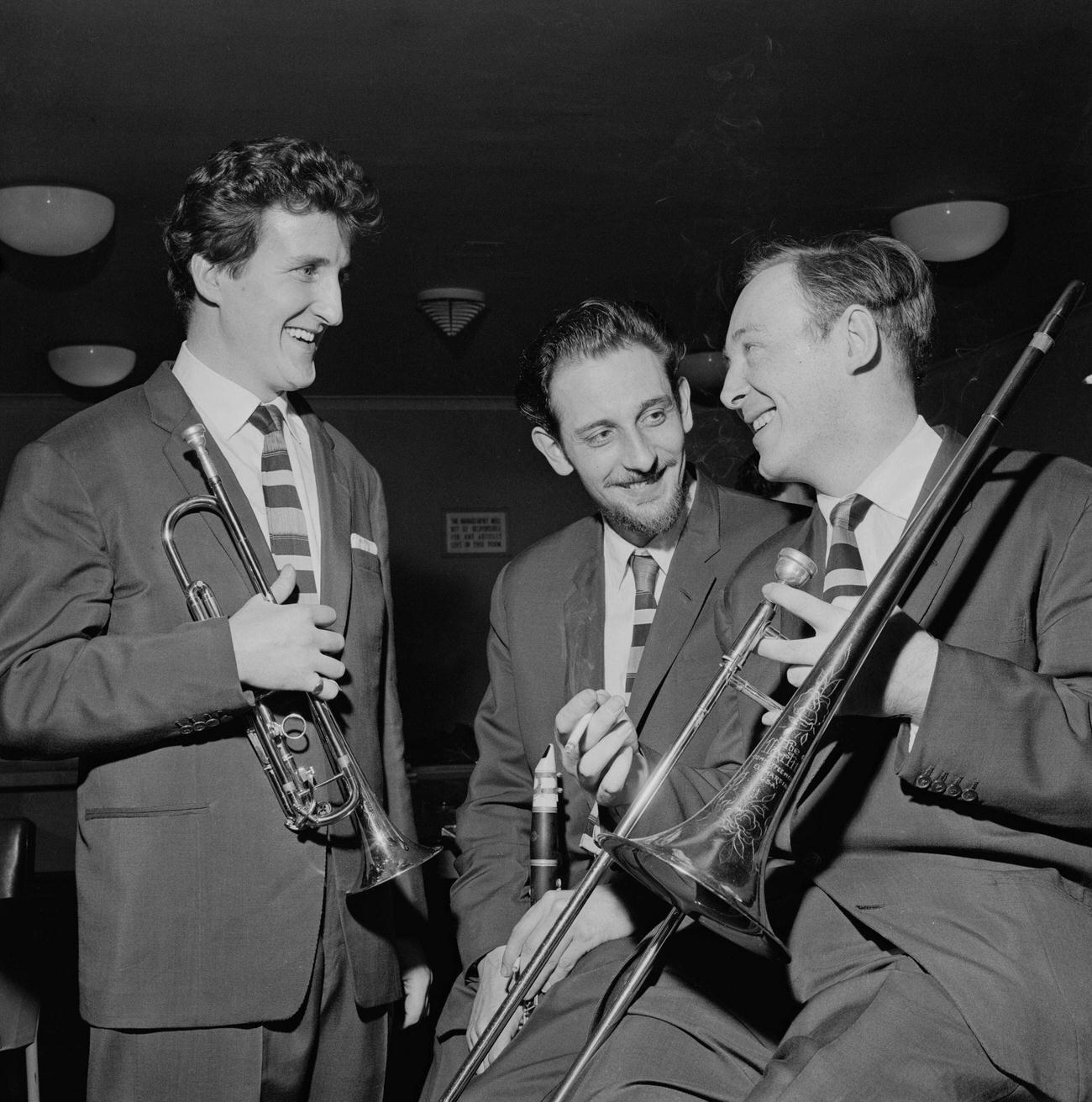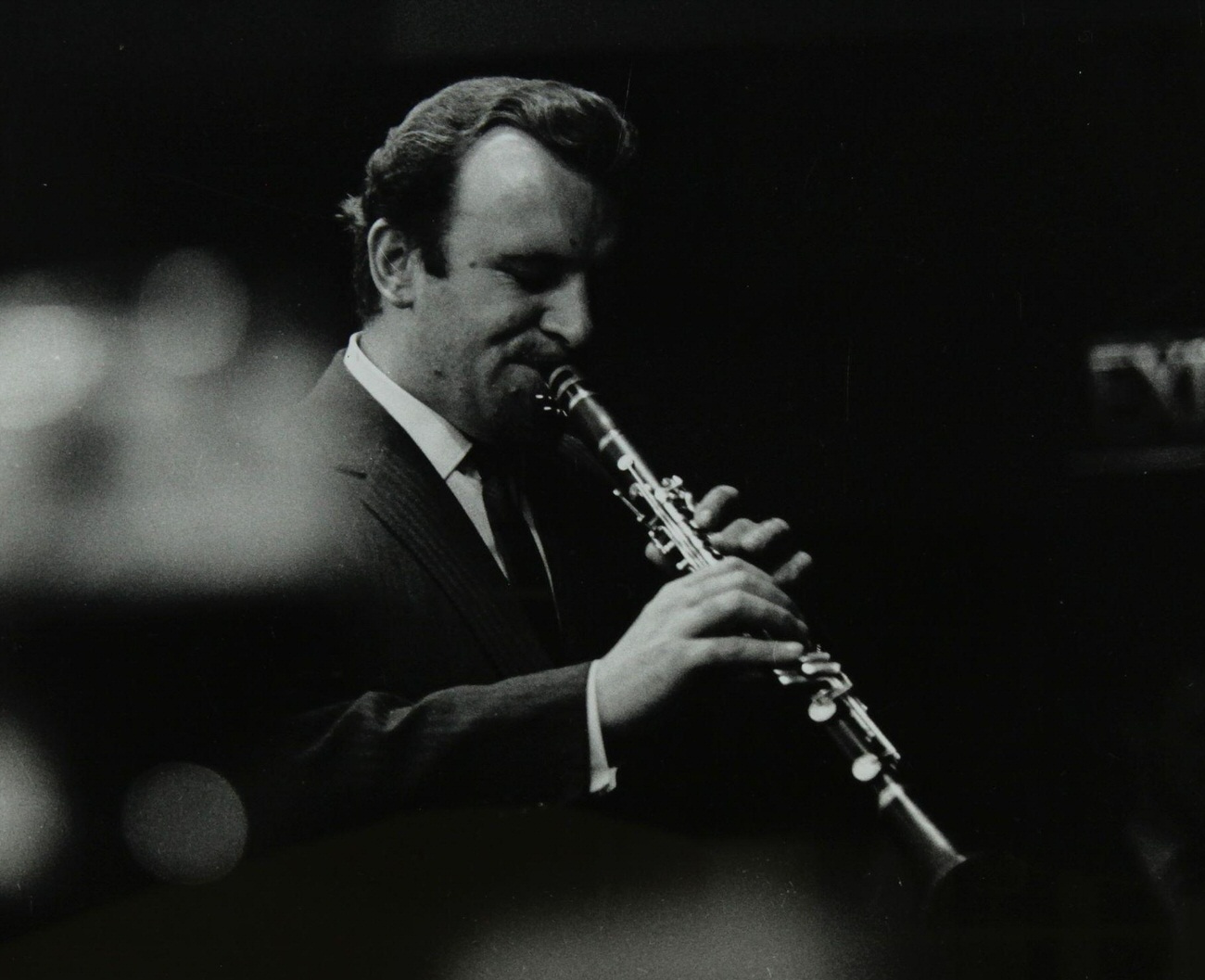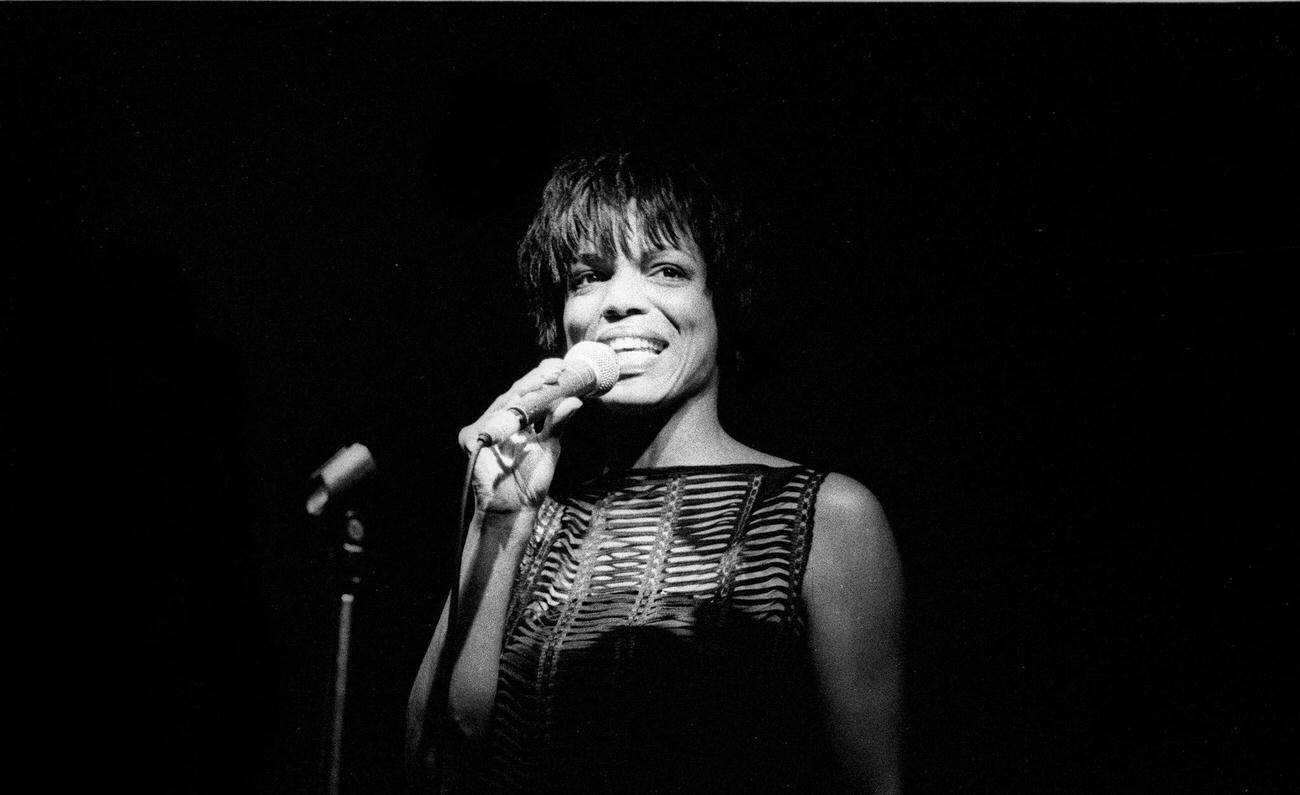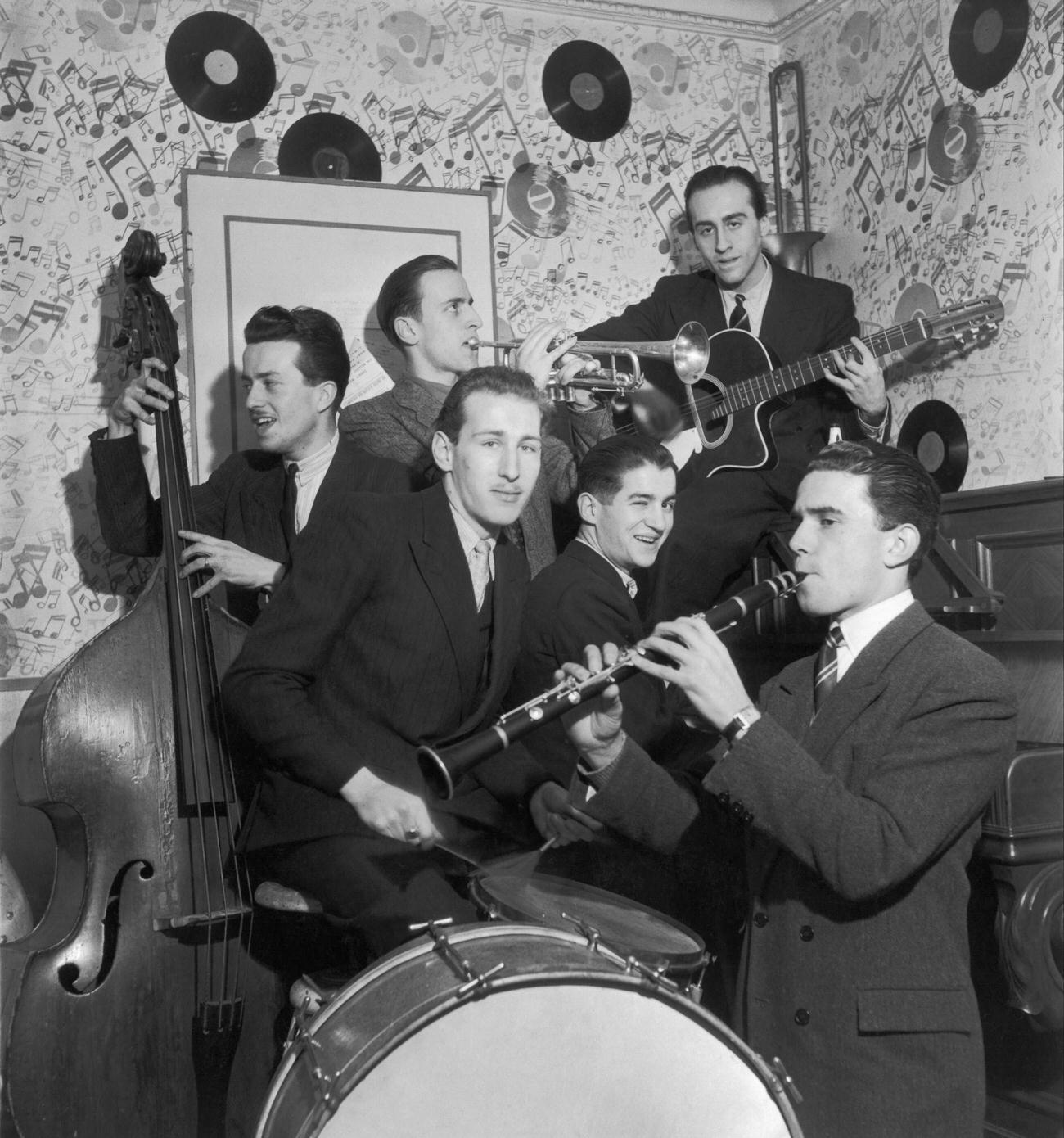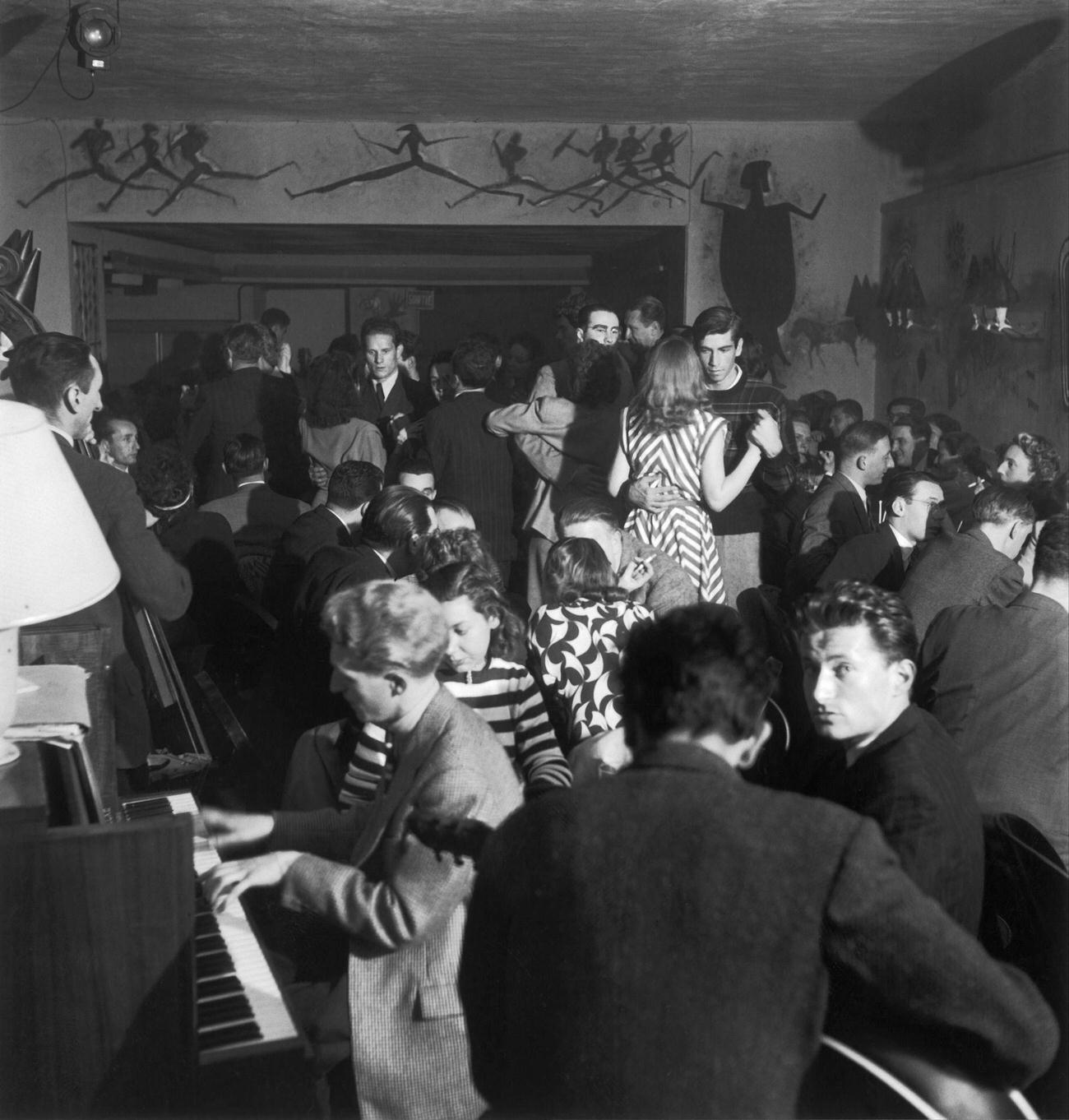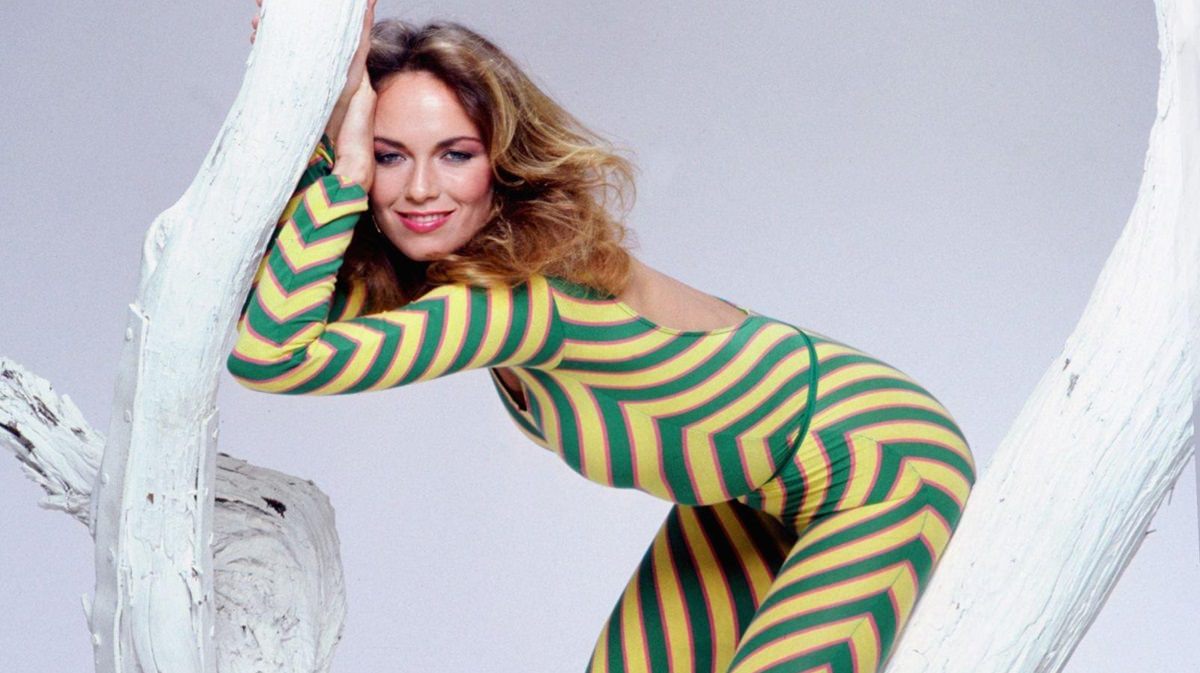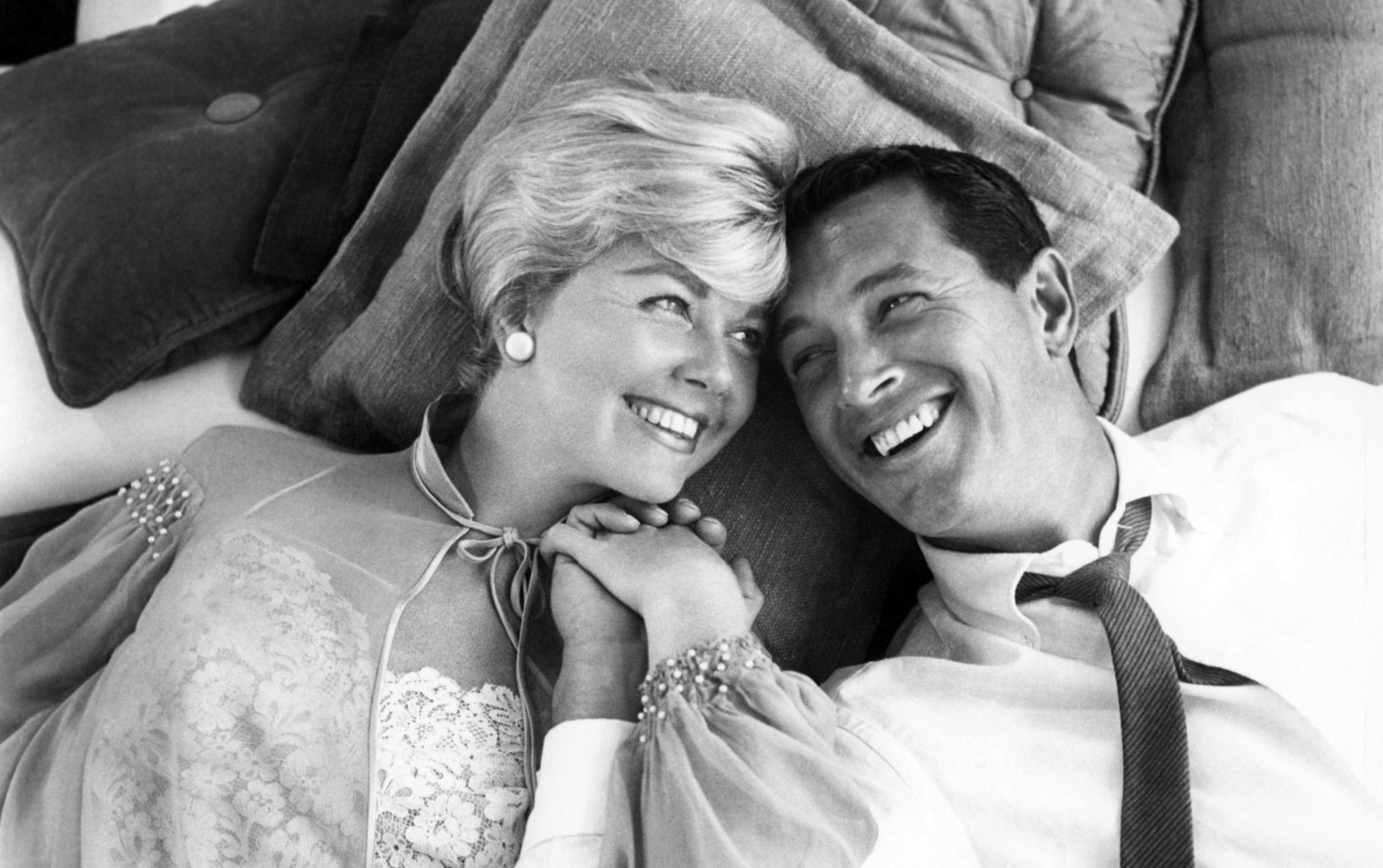As the sun sets on our modern cities, one can almost hear the whisper of a saxophone, the distant call of a trumpet, and the husky vocals from a bygone era. These are the echoes from a golden age, the jazz scenes of the 1900s through the 1950s. This period witnessed the birth, evolution, and revolution of jazz, transforming the cultural fabric of America and, indeed, the world. The nightclubs, dance halls, and speakeasies of the past were pulsating hearts where the jazz scene was alive, authentic, and vibrant.
The Early 1900s: Birth of the Jazz Age
As we turn the pages back to the early 20th century, we arrive in New Orleans, the cradle of jazz. It was a melting pot of culture with its unique blend of African rhythms, blues, and brass band music. The city was alive with a new kind of sound, one that trickled from the streets into lively joints, with the most notable being Pete Lala’s, where the legendary Buddy Bolden’s powerful cornet-playing resonated.
The Original Dixieland Jass Band, often recognized as the first group to record jazz, catapulted the music from the regional to the national stage. Jazz began to migrate, with musicians heading north to Chicago, bringing their music with them. The Windy City soon became a jazz epicenter, where King Oliver and a young Louis Armstrong performed at places like the Royal Gardens (later the Lincoln Gardens), fostering a robust and dynamic jazz scene.
The Roaring ’20s and Speakeasies
Enter the 1920s: an era defined by Prohibition, which, paradoxically, gave rise to the underground world of speakeasies and secret bars. These hidden haunts, bathed in low light, were alive with the sound of jazz. One of the most famous was the Cotton Club in Harlem, New York. Here, Duke Ellington and Cab Calloway provided the soundtrack for the flapper-filled dance floor, elevating jazz to a symbol of modernity and sophistication.
In these Prohibition-era hideaways, jazz was the uniting force among patrons, creating a community for both rebellion and celebration. This was the Jazz Age – a term coined by F. Scott Fitzgerald, but a phenomenon engineered by every musician, club owner, and patron who lived for the night’s rhythm.
The 1930s-40s: The Swing Era and The Birth of Bebop
As the 1930s rolled in, so did the Great Depression. But even economic hardship couldn’t quiet the music. The jazz scene became dominated by Big Bands, and the era of Swing was in full force. Benny Goodman, the “King of Swing,” played to dance-crazed crowds at the Palomar Ballroom in Los Angeles. The Savoy Ballroom in Harlem buzzed with the fierce musical competitions known as “cutting contests.”
However, as the 1940s dawned, a war-torn world witnessed a transformation in the jazz scene. The resource-strapped circumstances of World War II meant big bands were expensive to maintain, leading to the rise of smaller ensembles and the birth of bebop. In New York, Minton’s Playhouse became a laboratory for bebop pioneers like Charlie Parker, Dizzy Gillespie, and Thelonious Monk, who expanded the boundaries of jazz to new frontiers.
The 1950s: Cool Jazz and Hard Bop
The post-war 1950s saw jazz take on several new personas, including the smoother sounds of cool jazz and the rhythmically intense style of hard bop. The West Coast jazz scene emerged, with clubs like The Lighthouse Café in Hermosa Beach hosting the likes of Chet Baker and Gerry Mulligan. Back on the East Coast, venues like Birdland, known as “The Jazz Corner of the World,” showcased a myriad of jazz styles and legends.
This was an era of exploration and expression, with jazz musicians not just playing notes but telling their stories, reflecting the times’ complexities and contradictions. Clubs were filled with the profound sounds of Miles Davis’ trumpet, the intricate storytelling of John Coltrane’s saxophone, and the innovative harmonies of Dave Brubeck’s piano.


